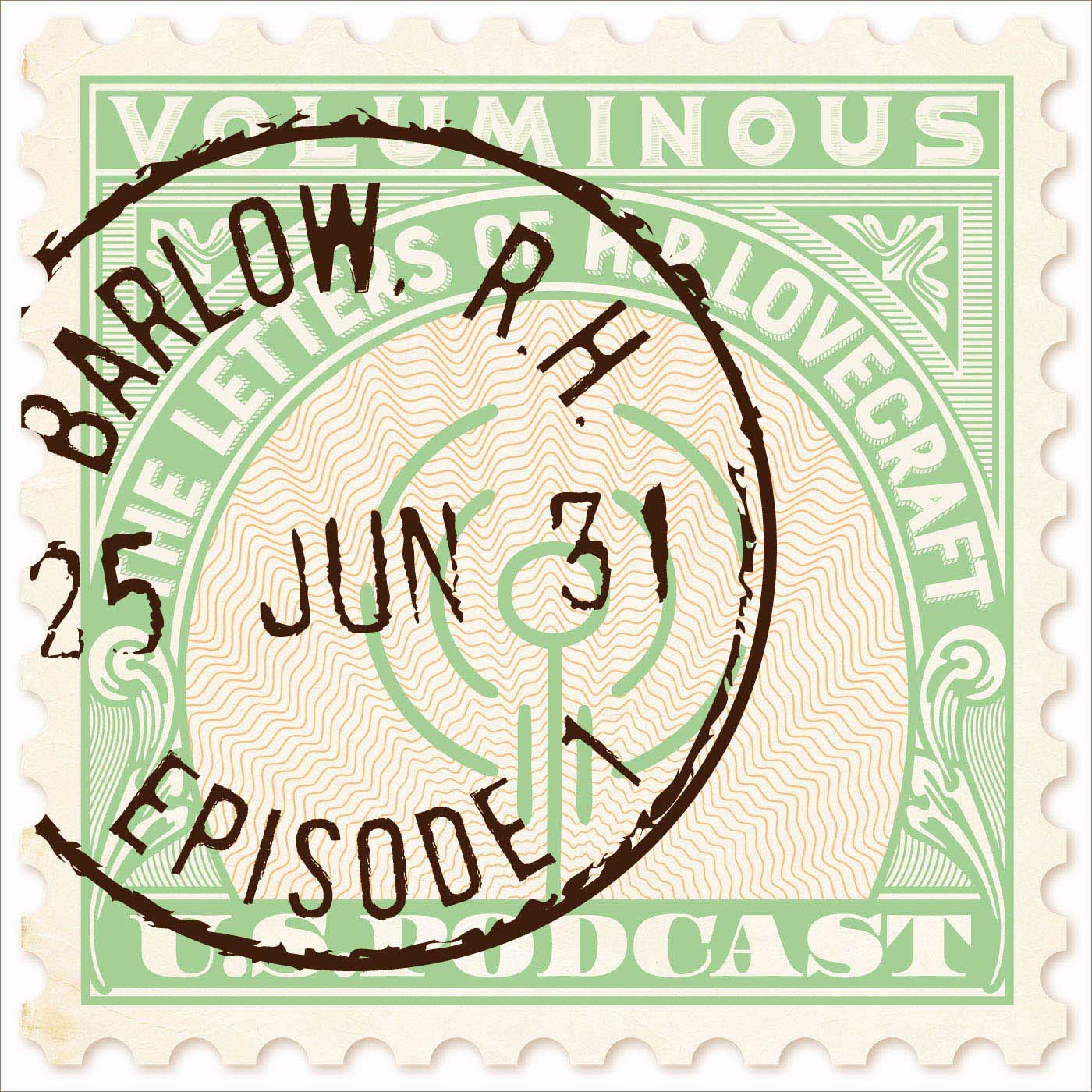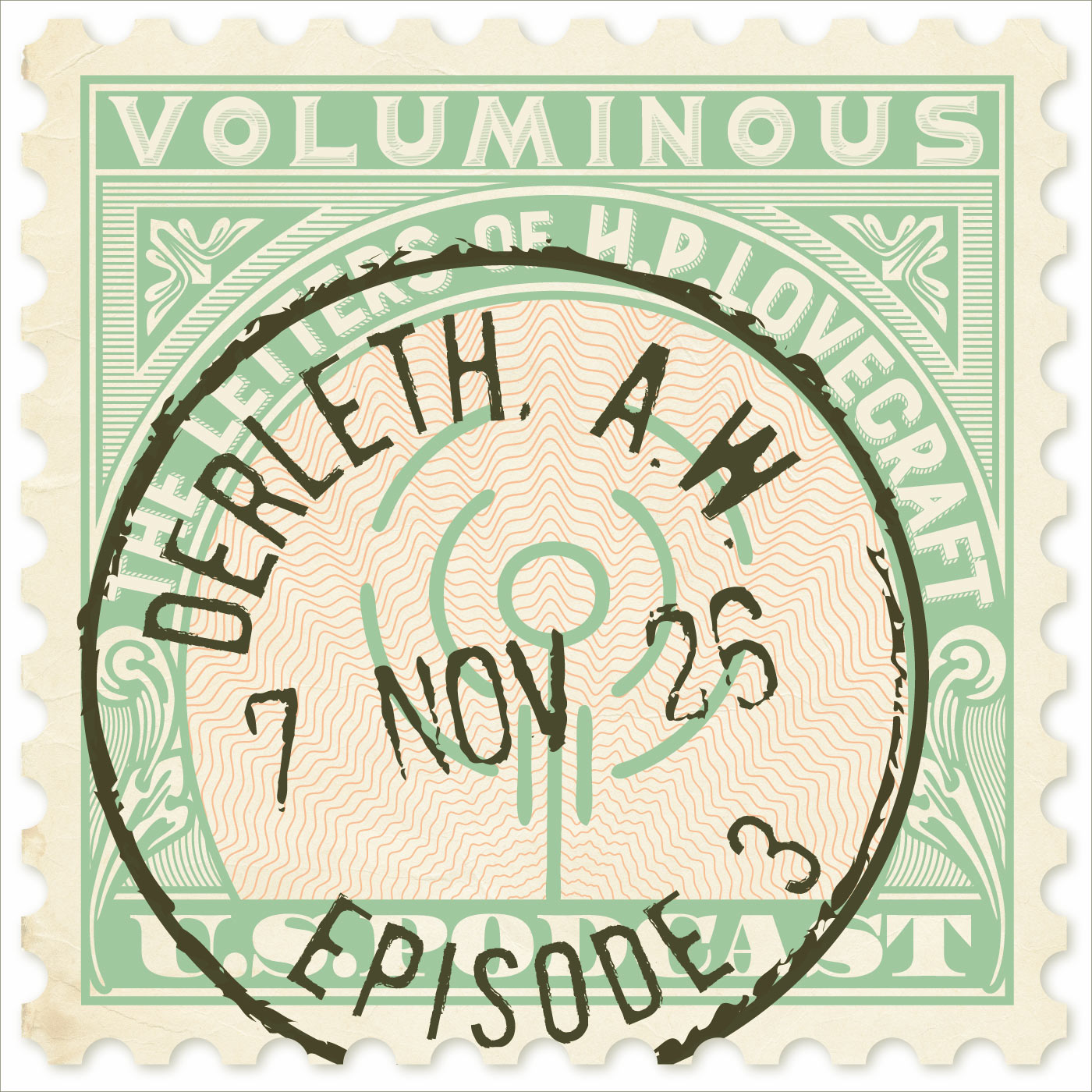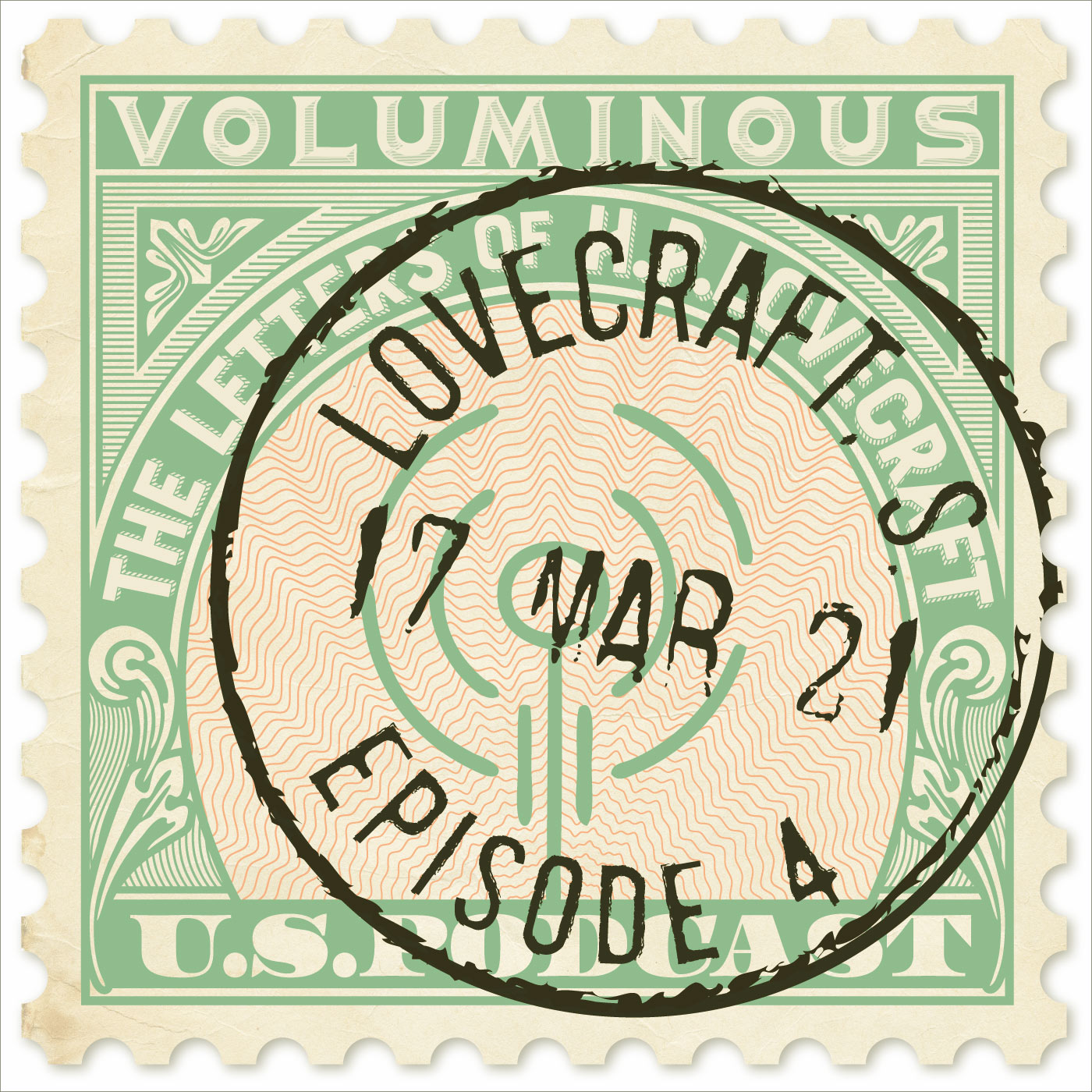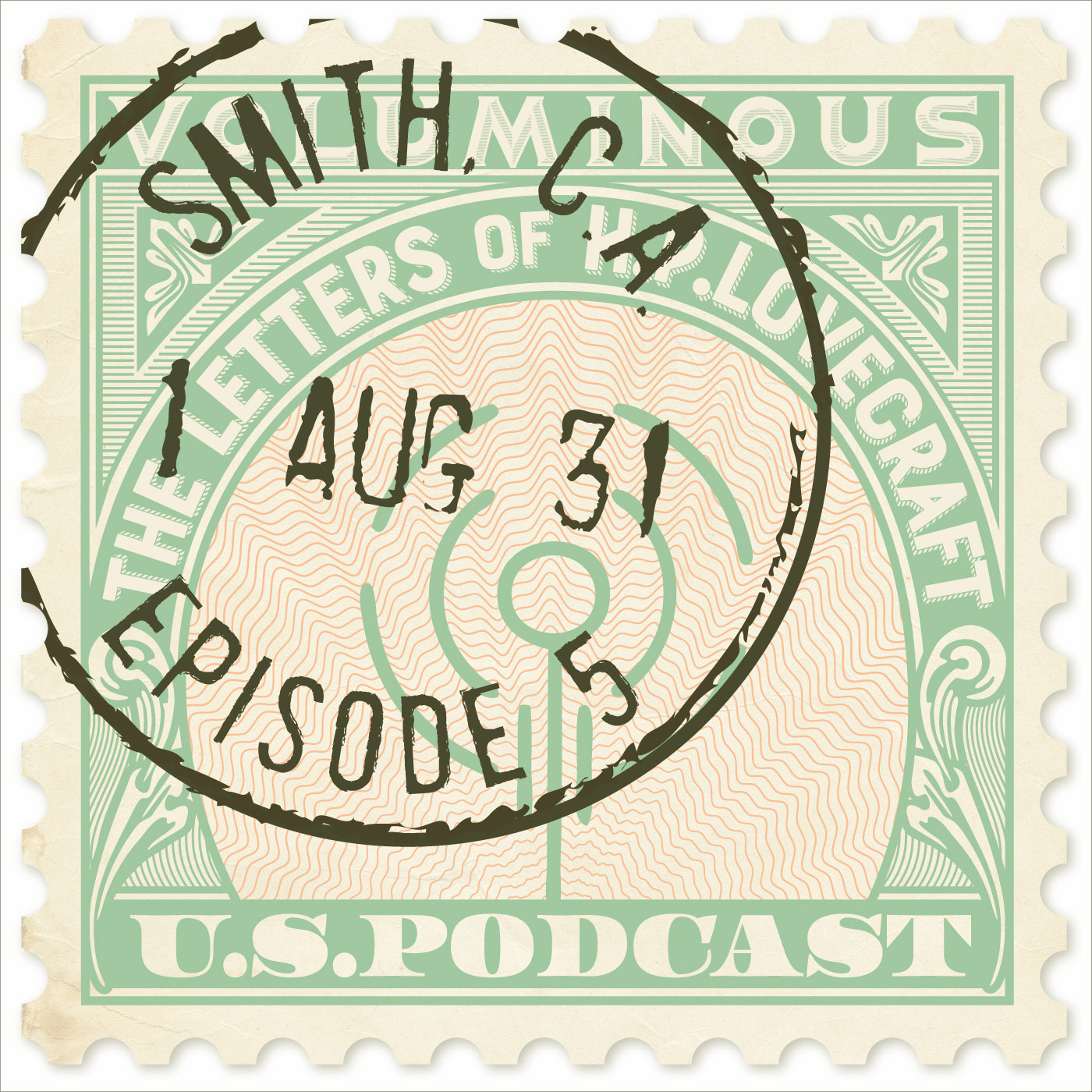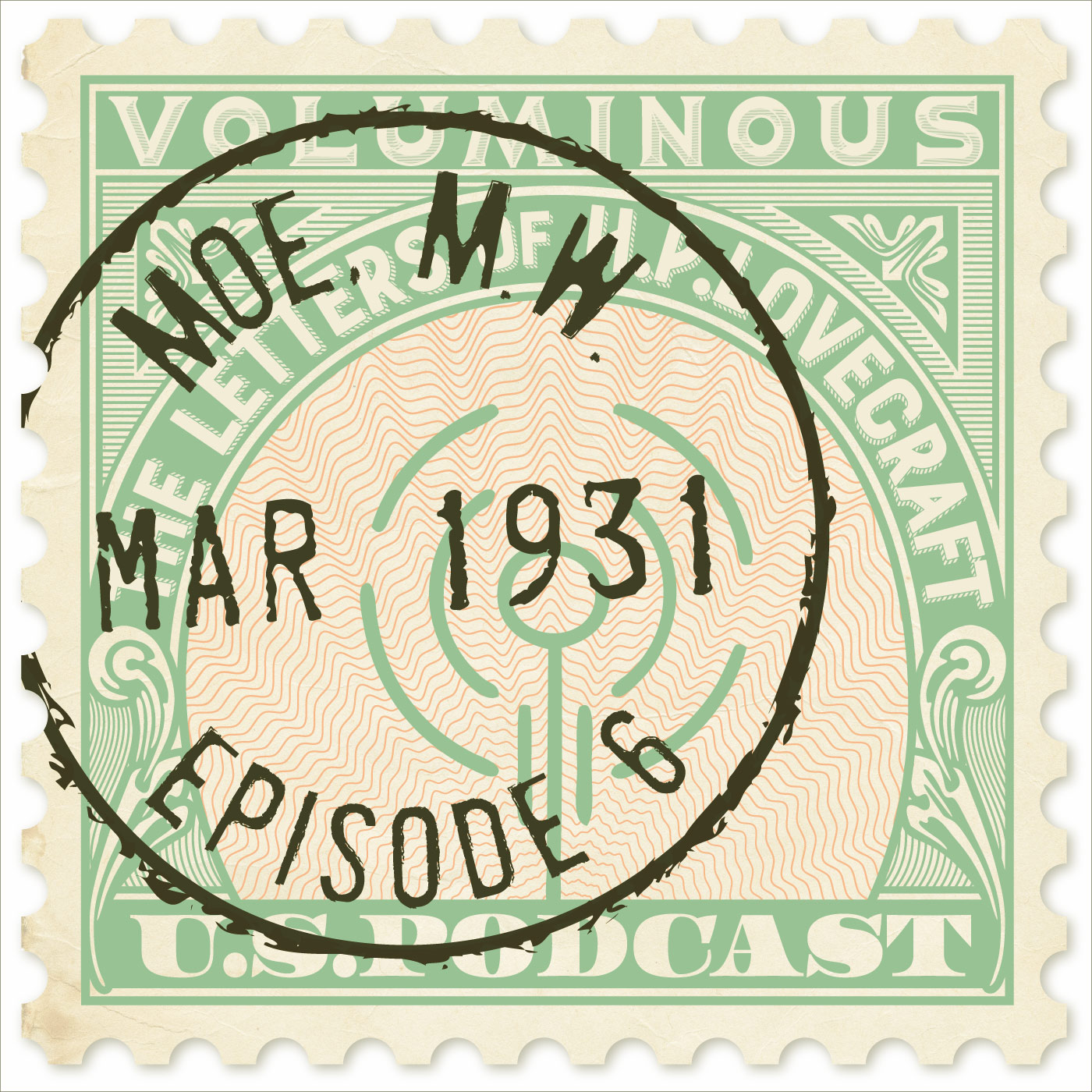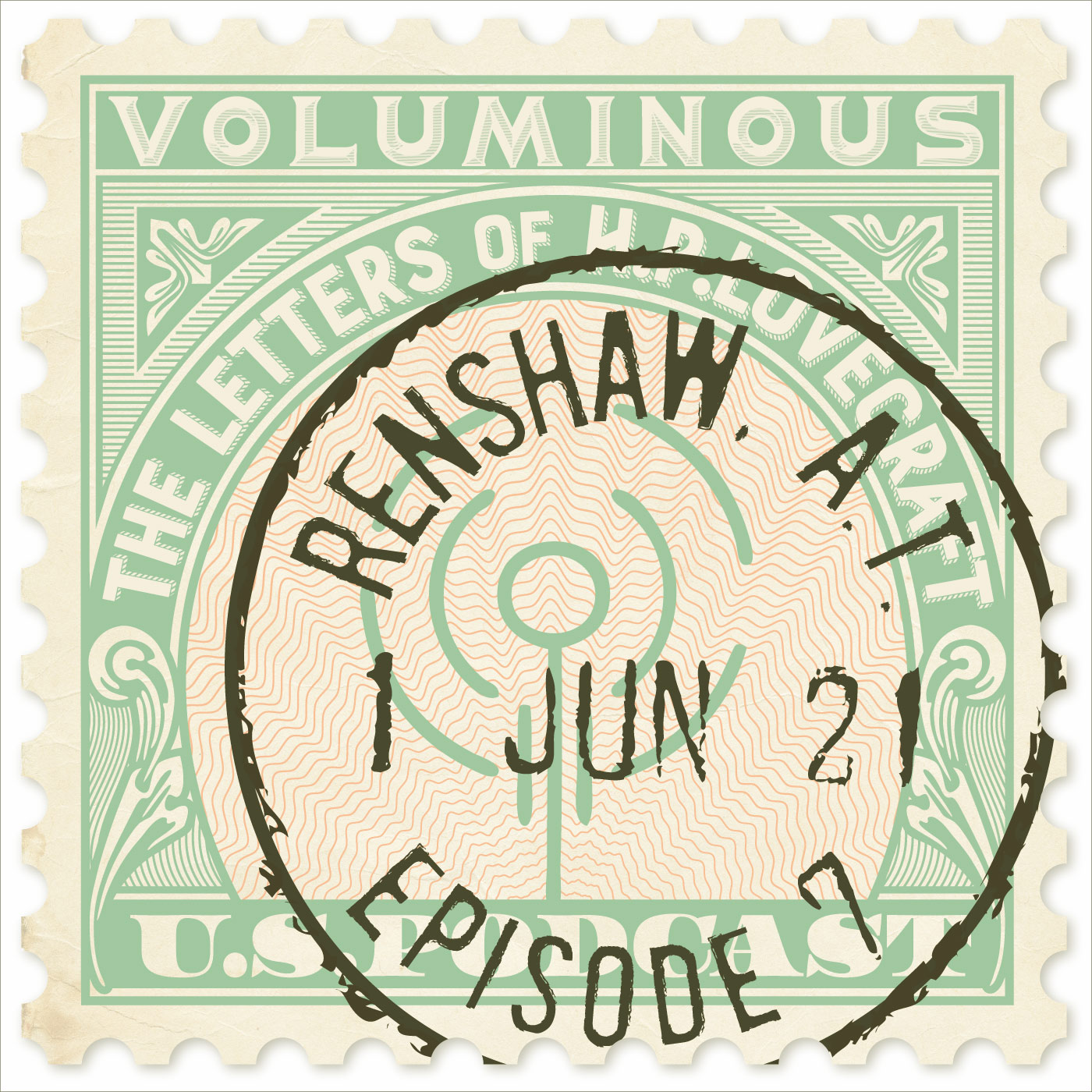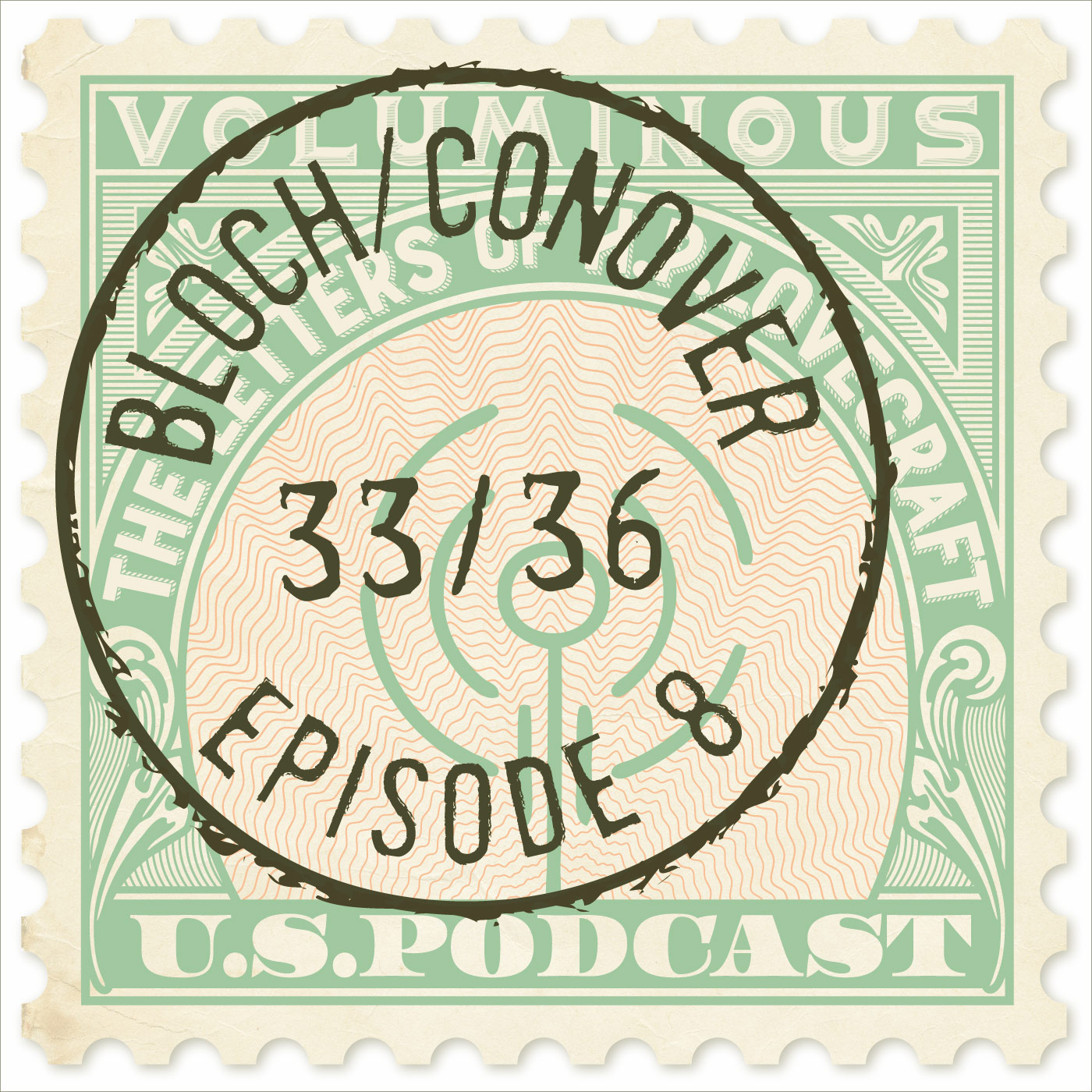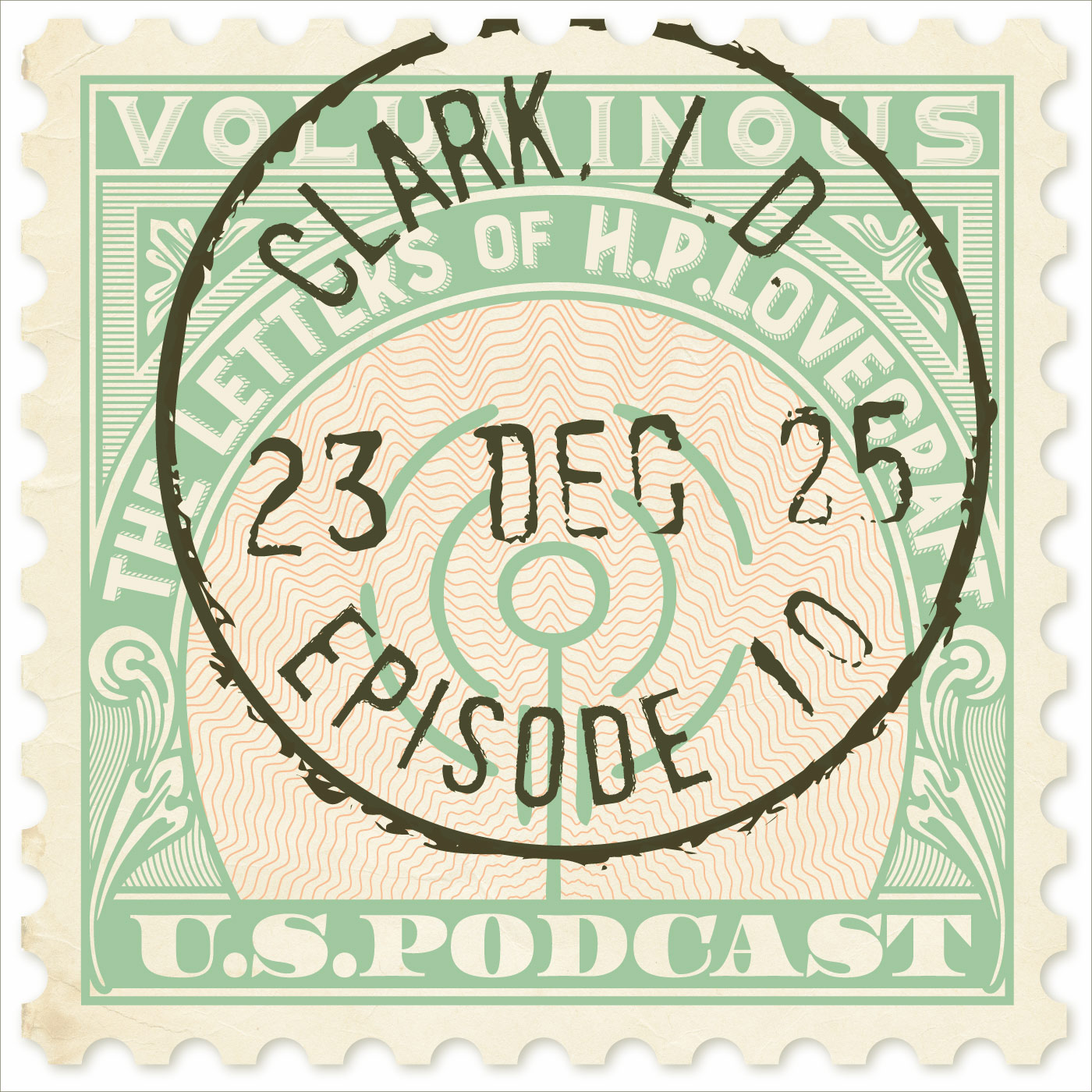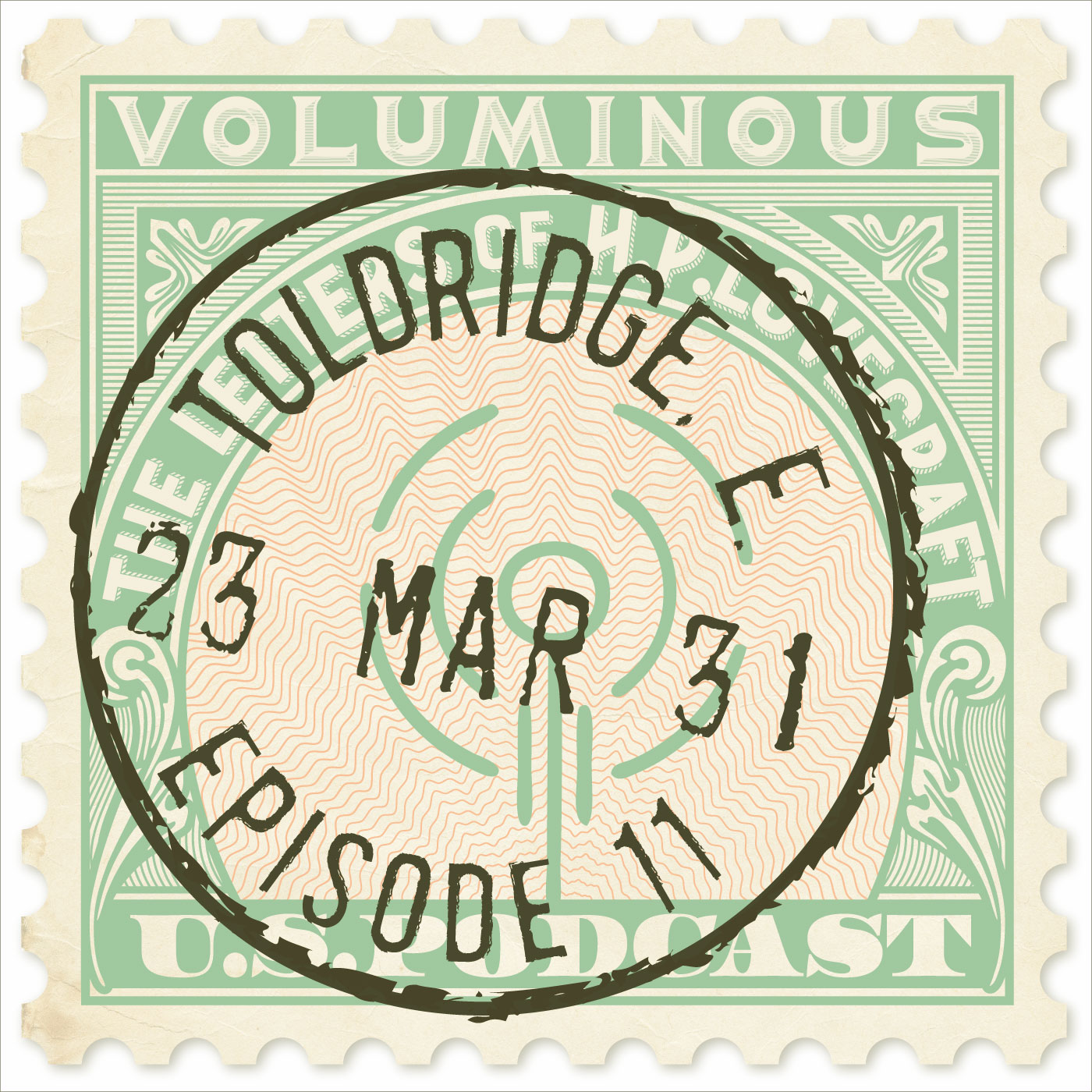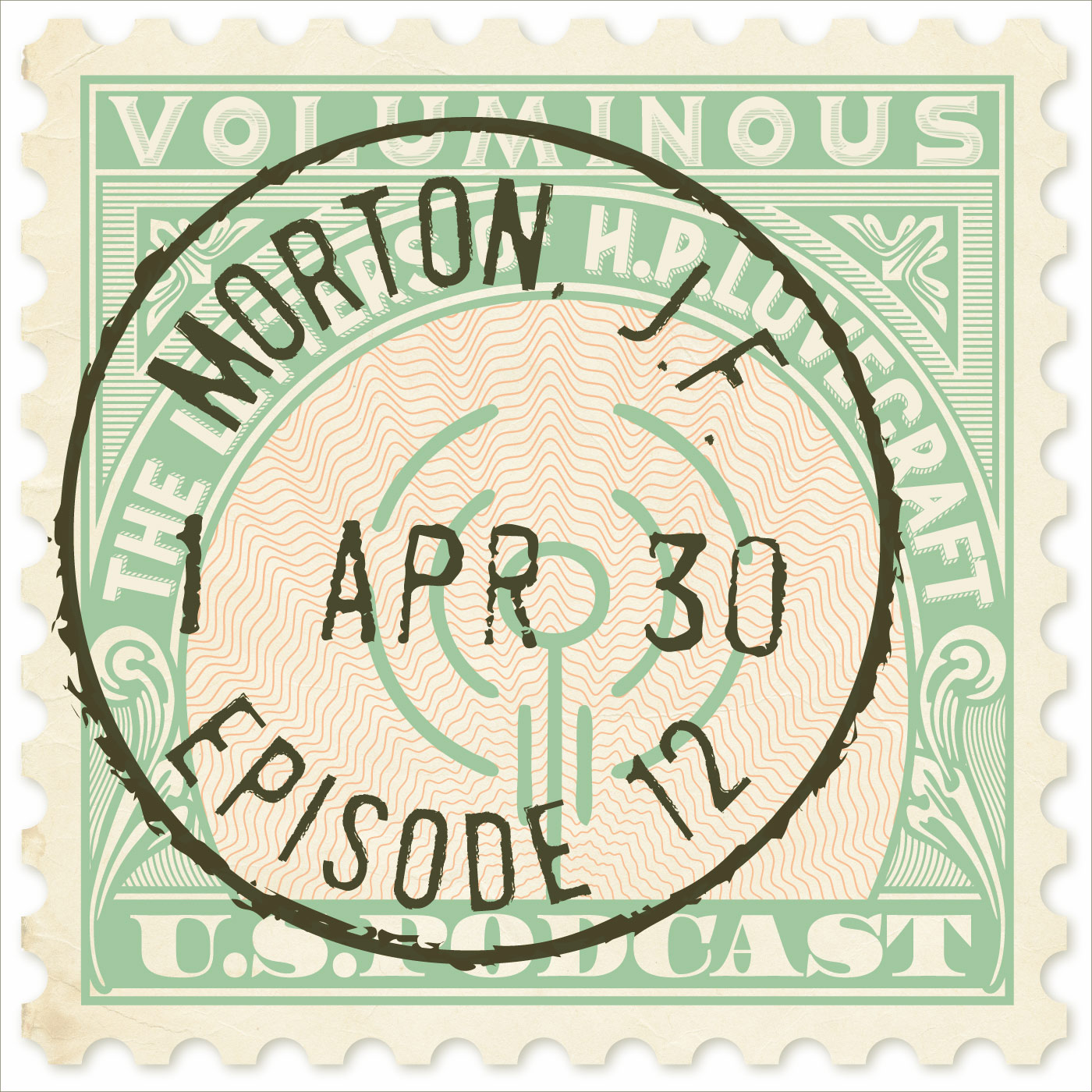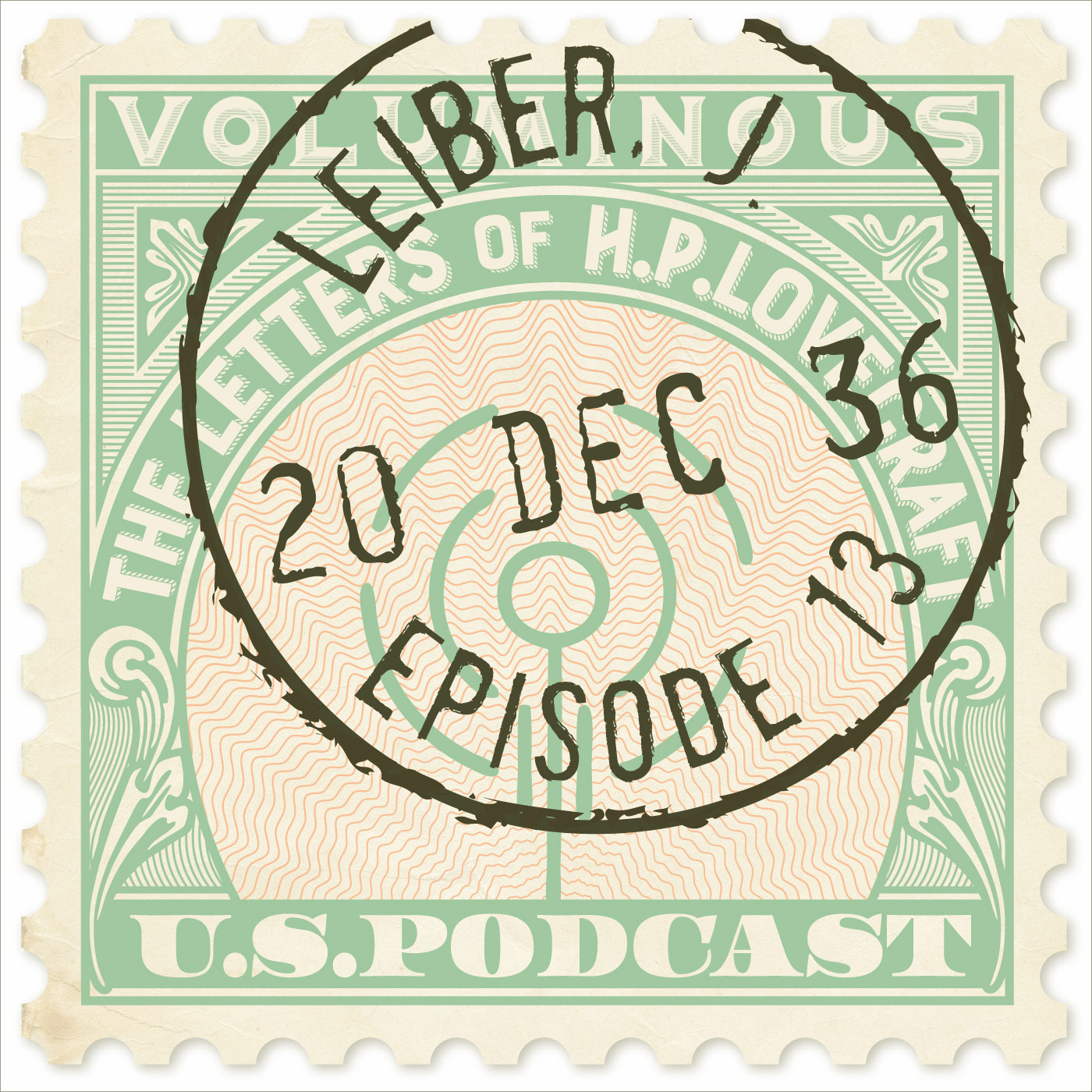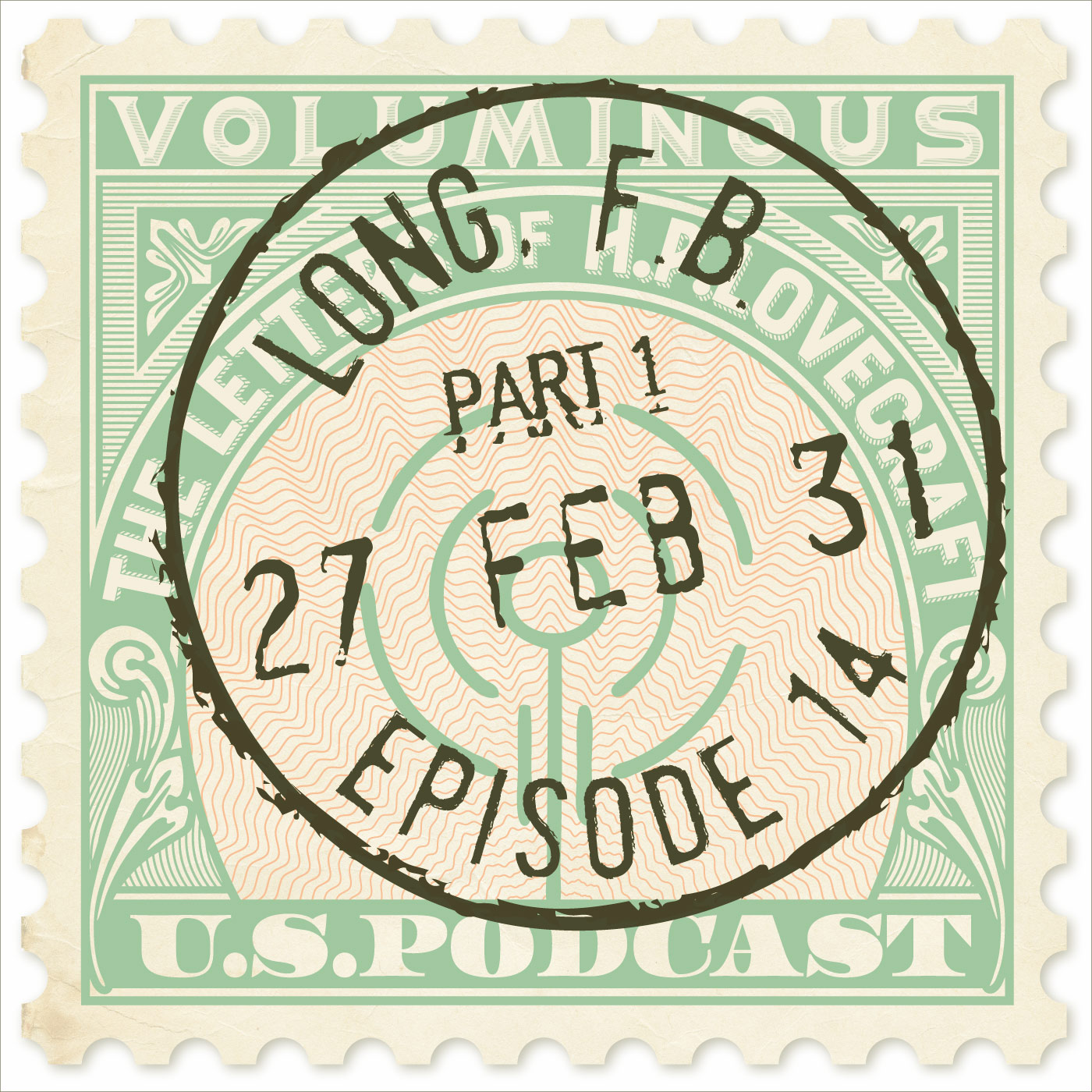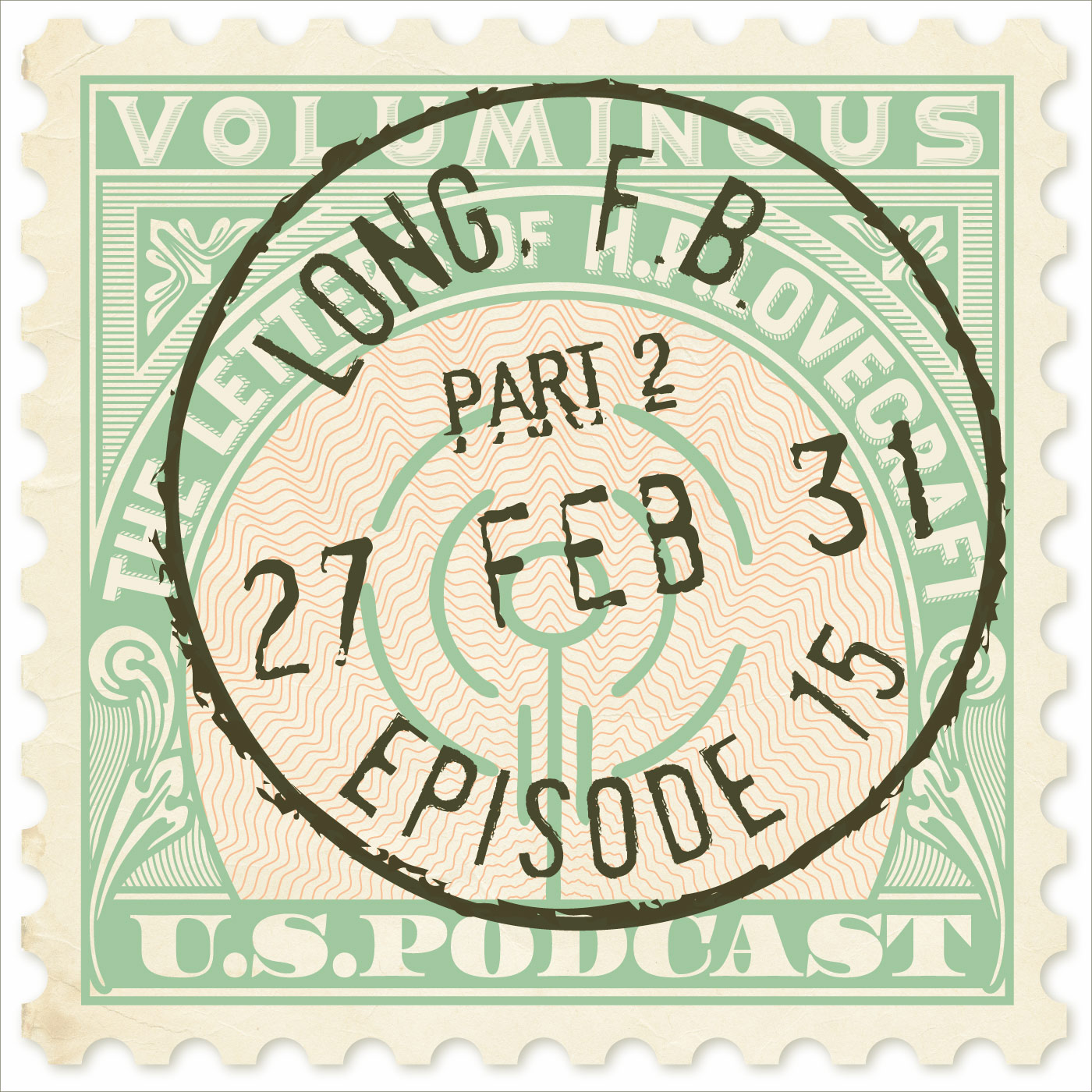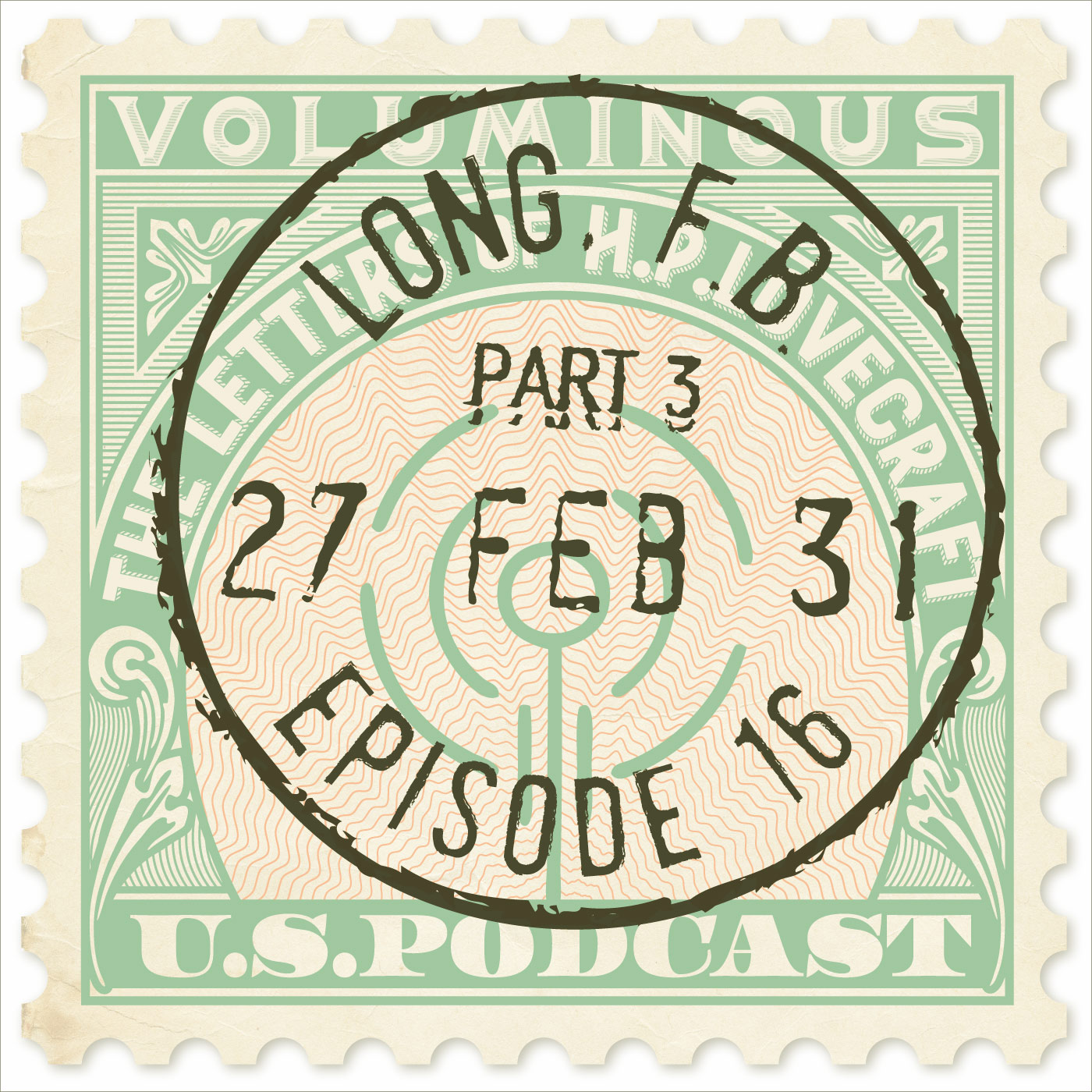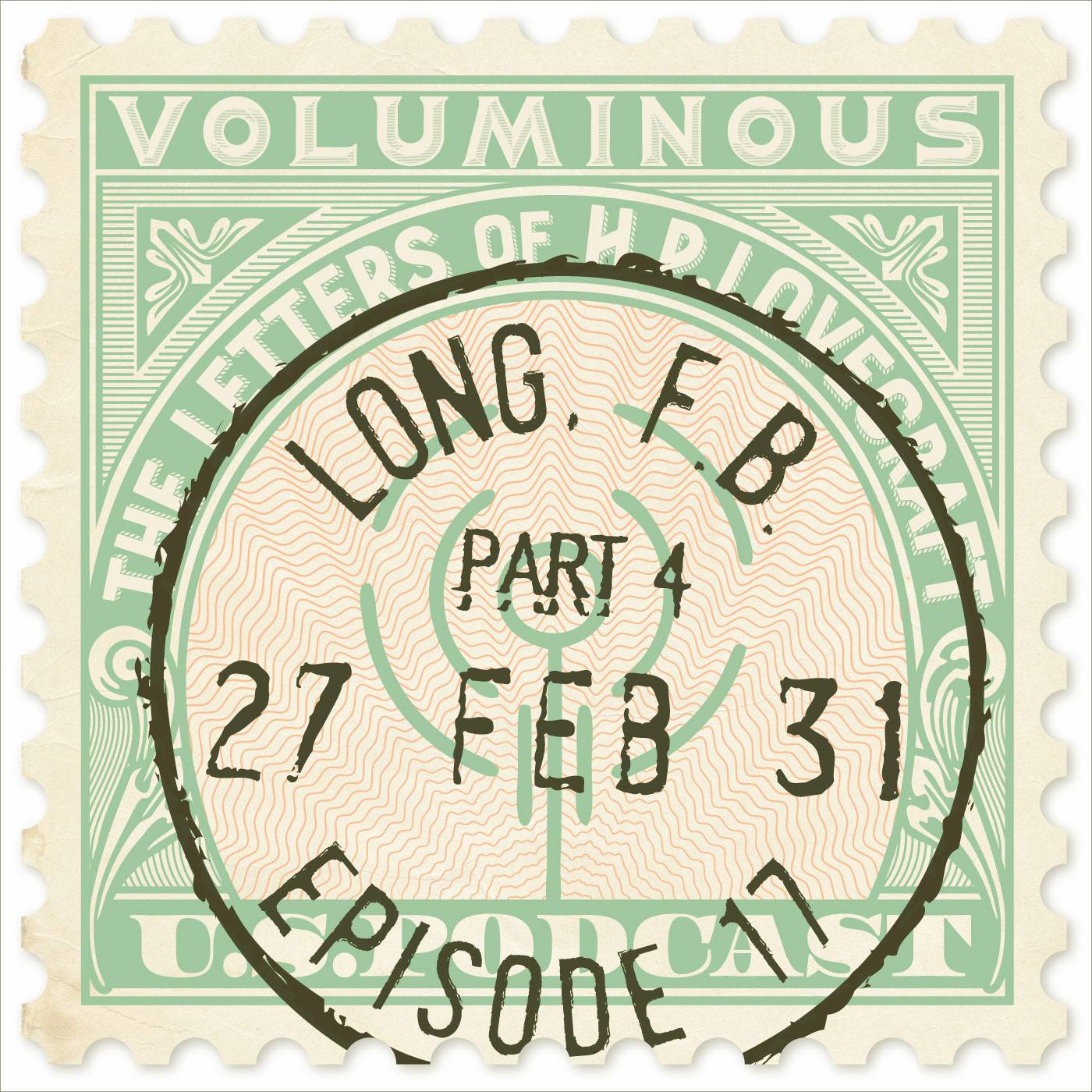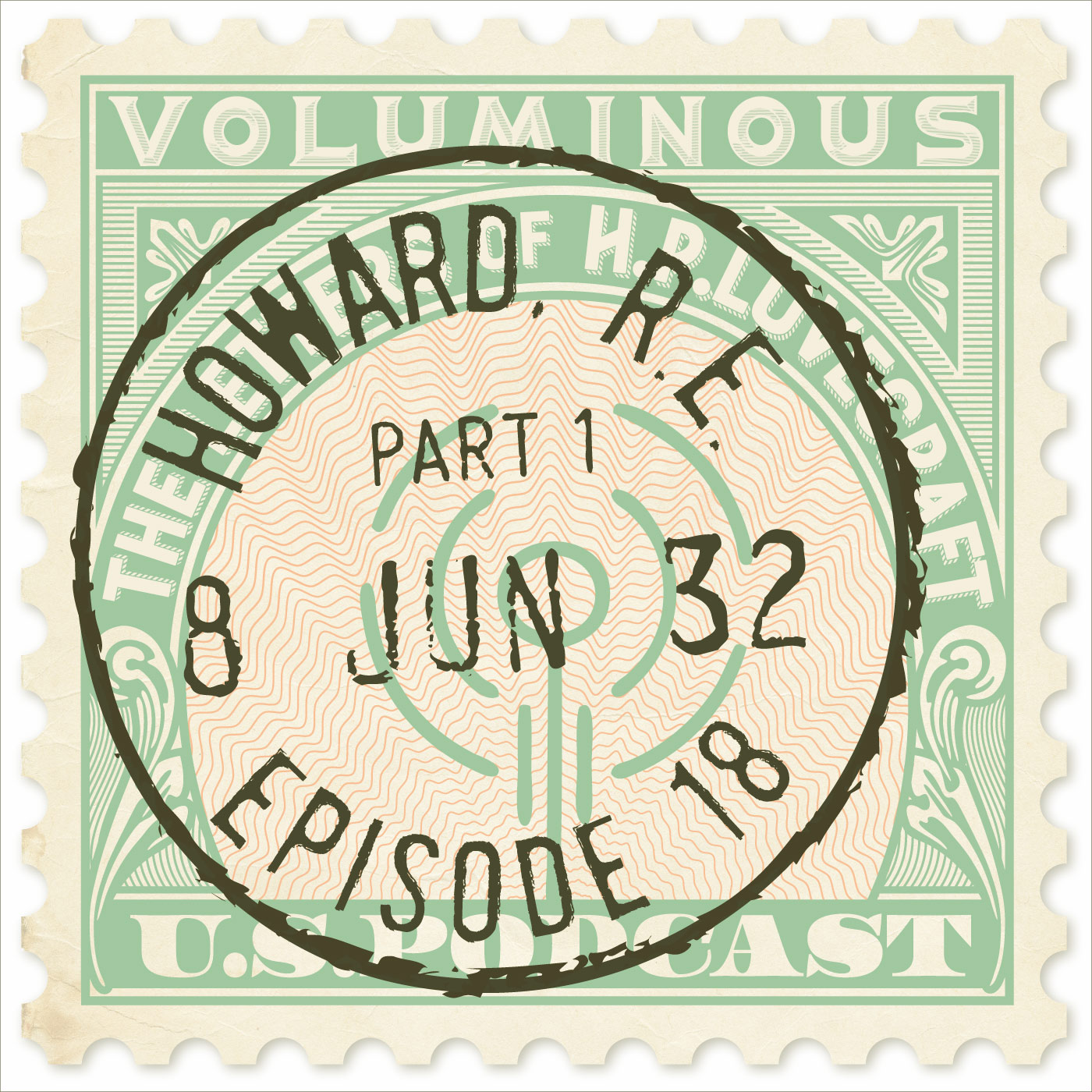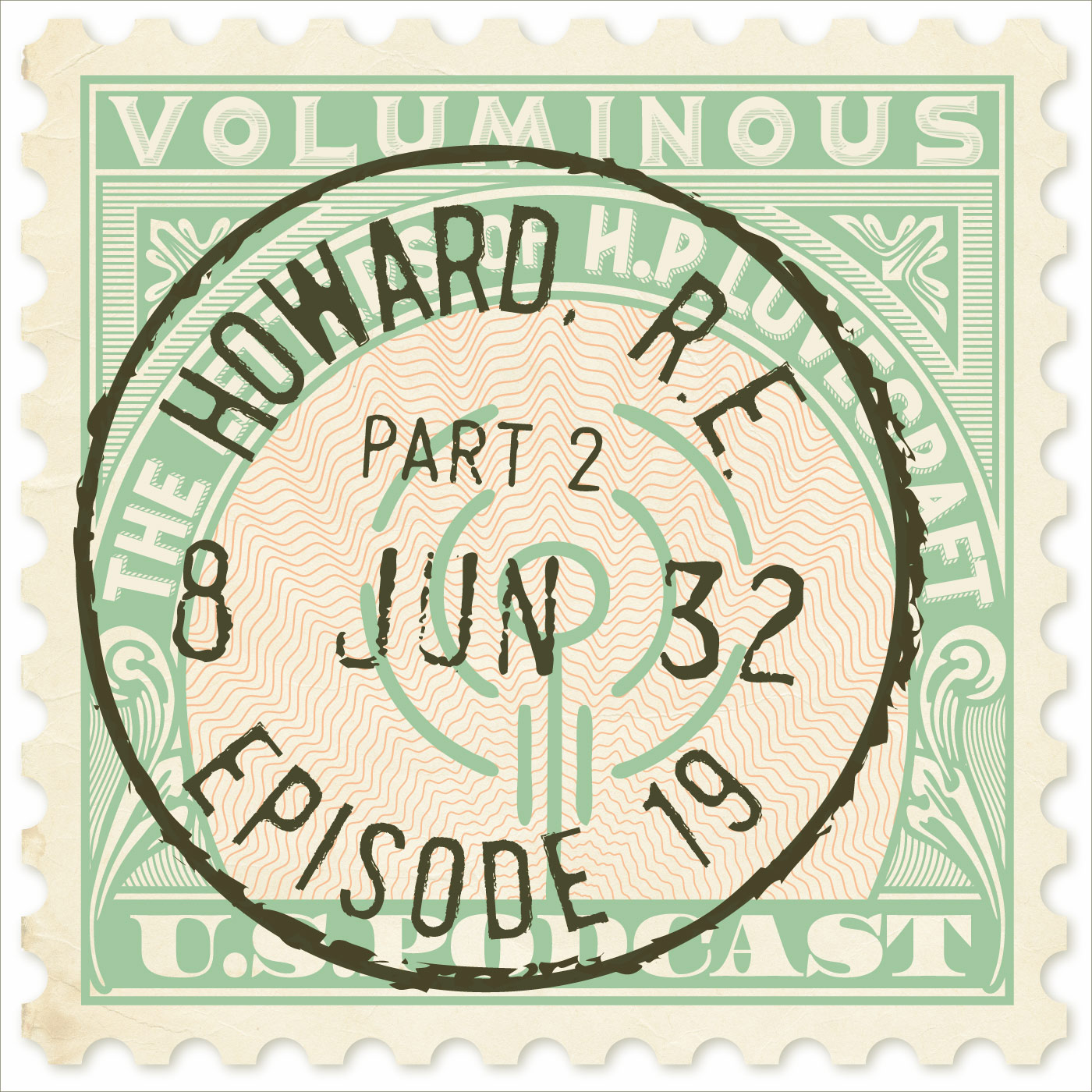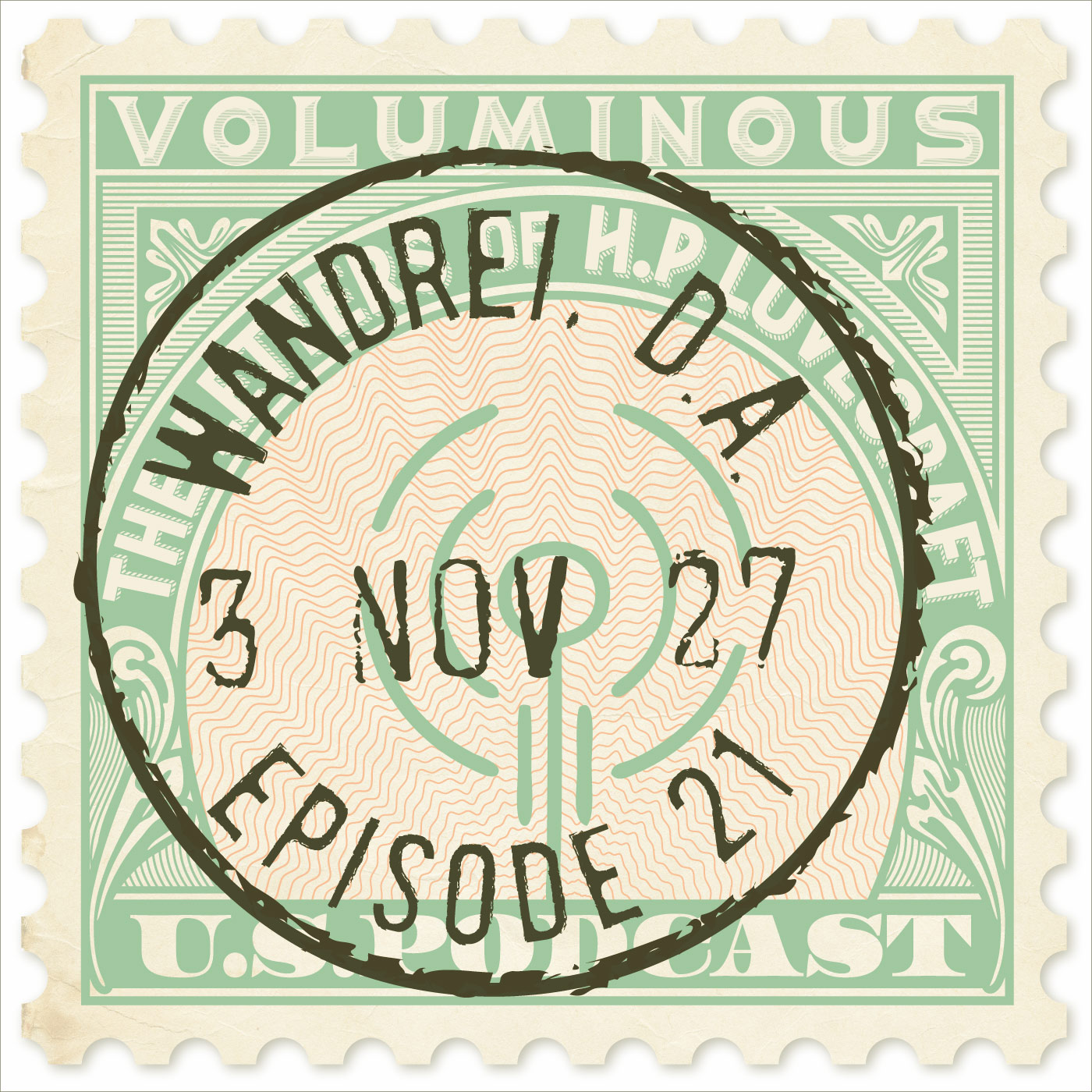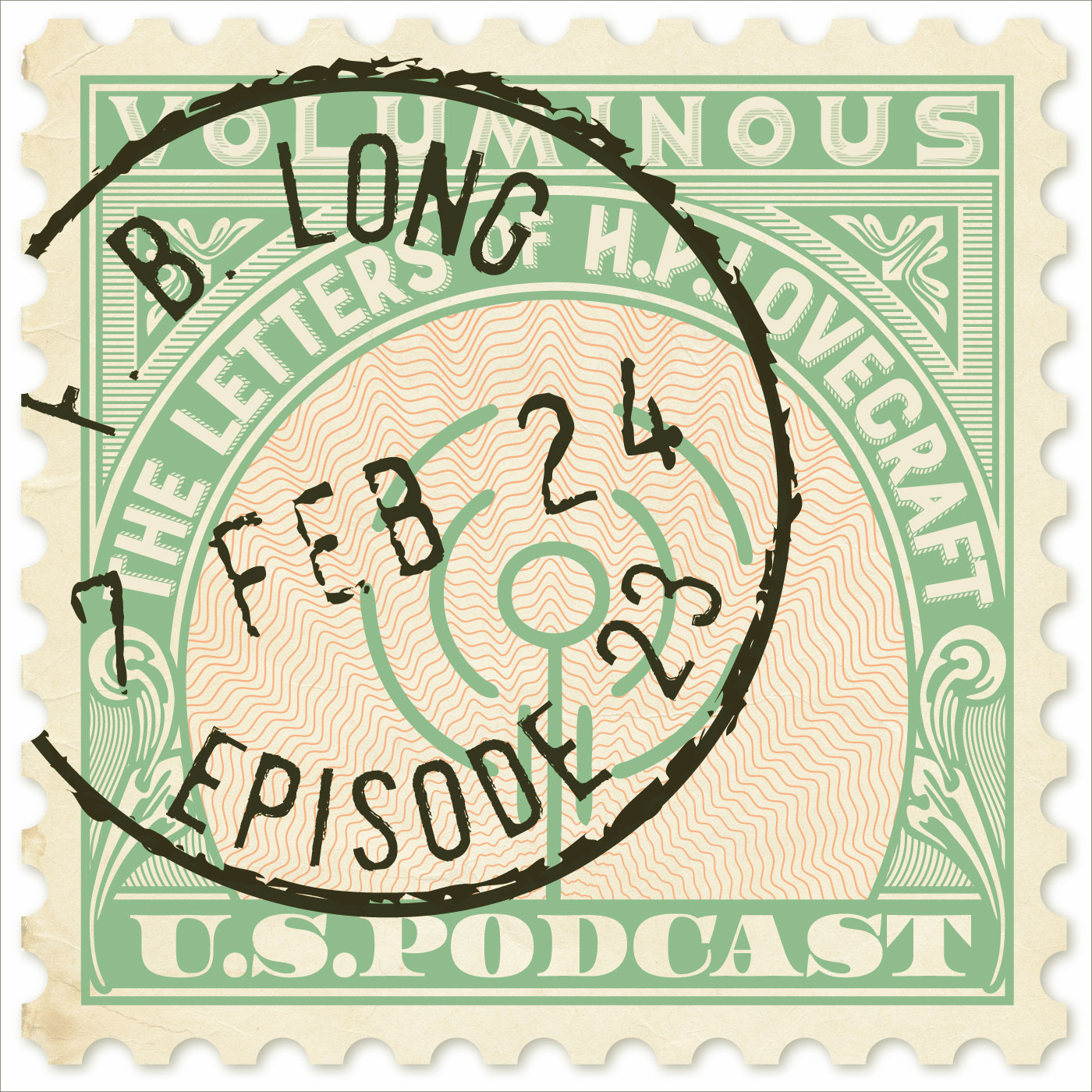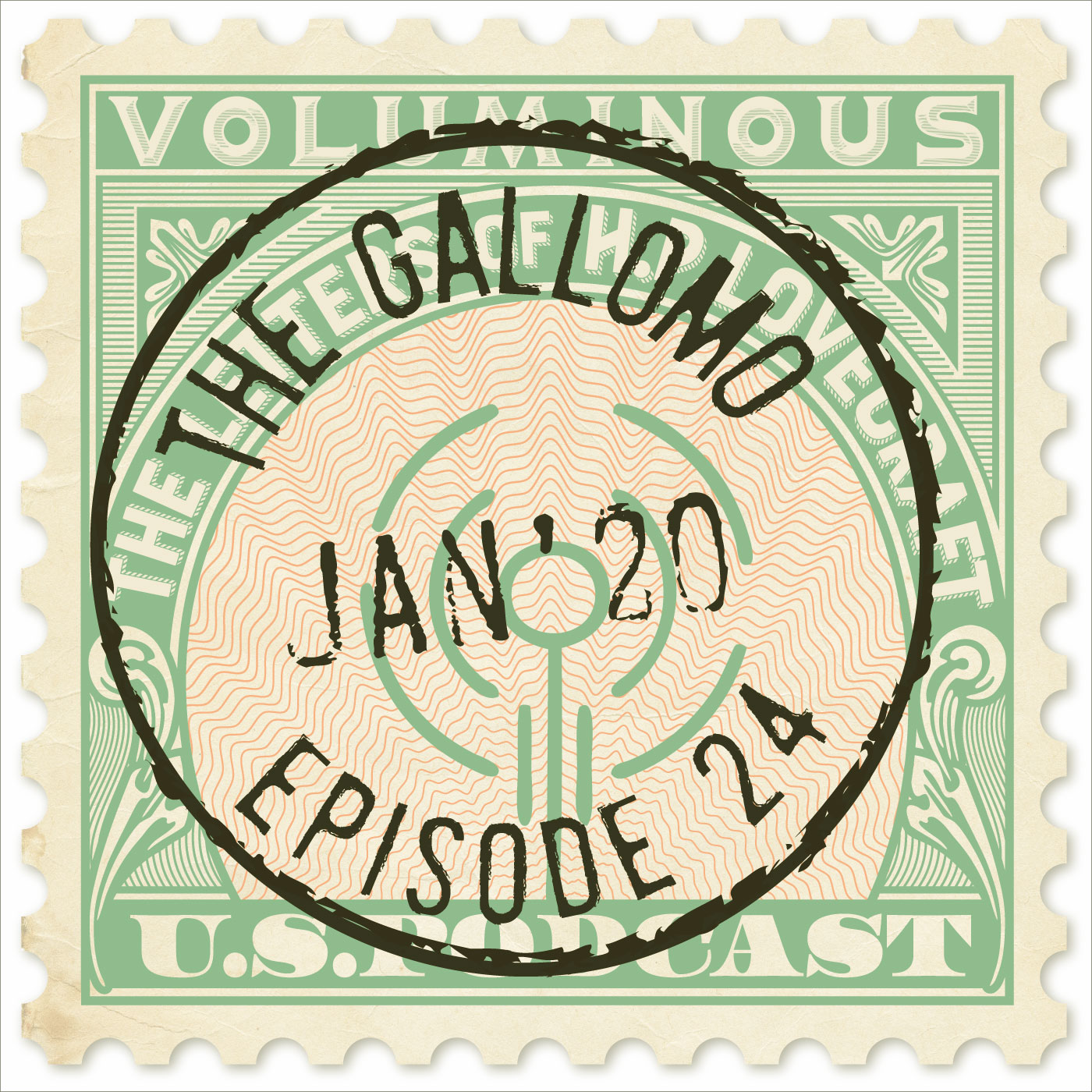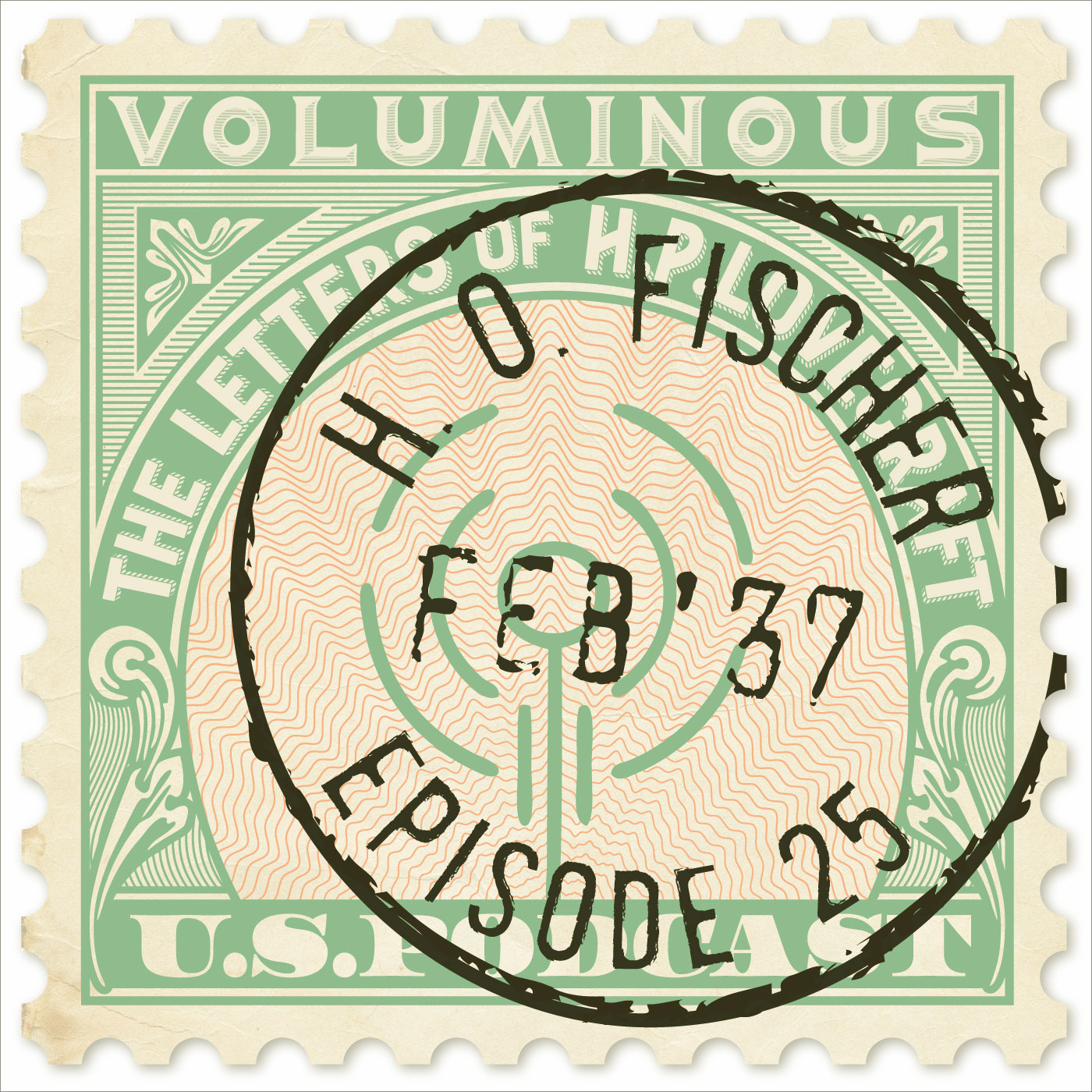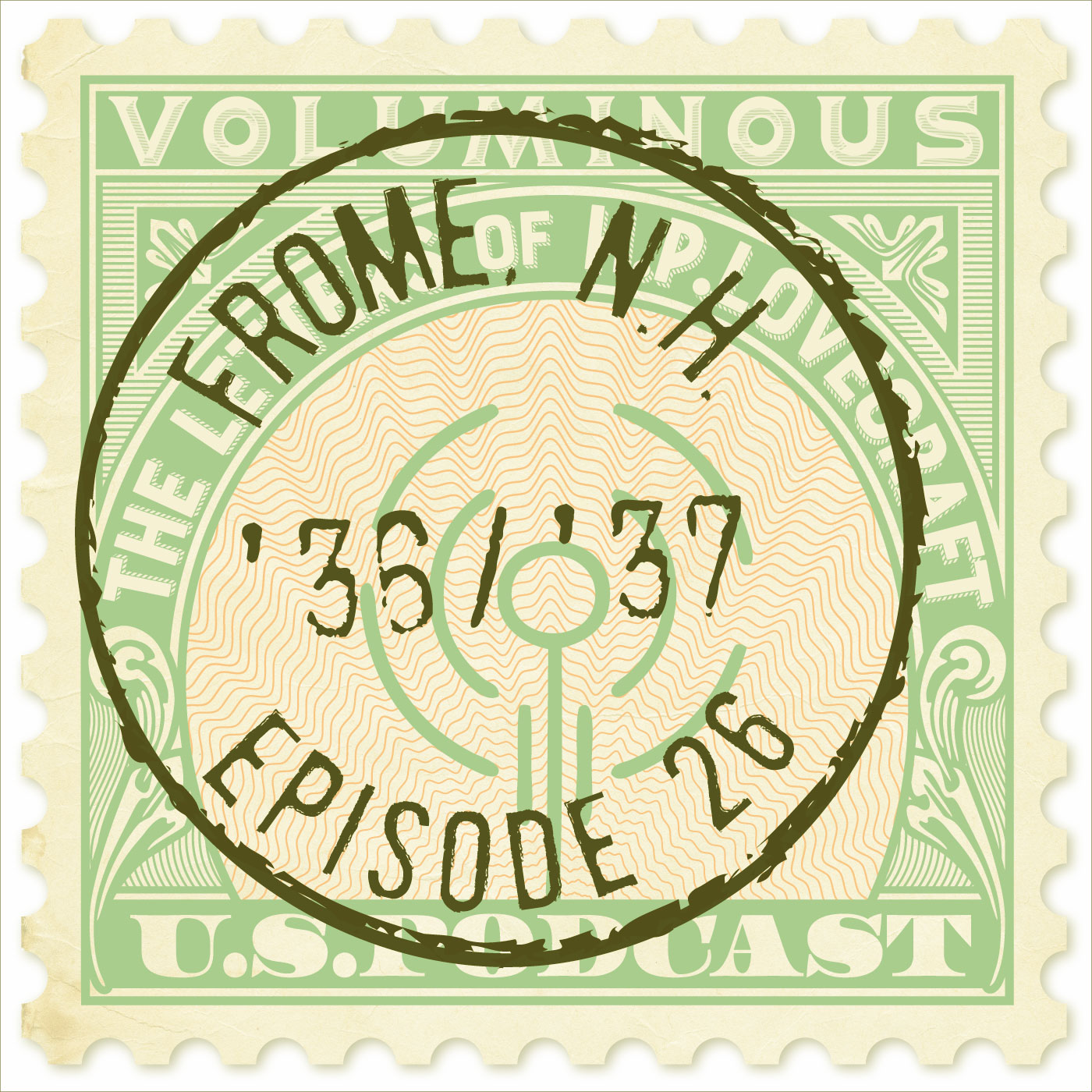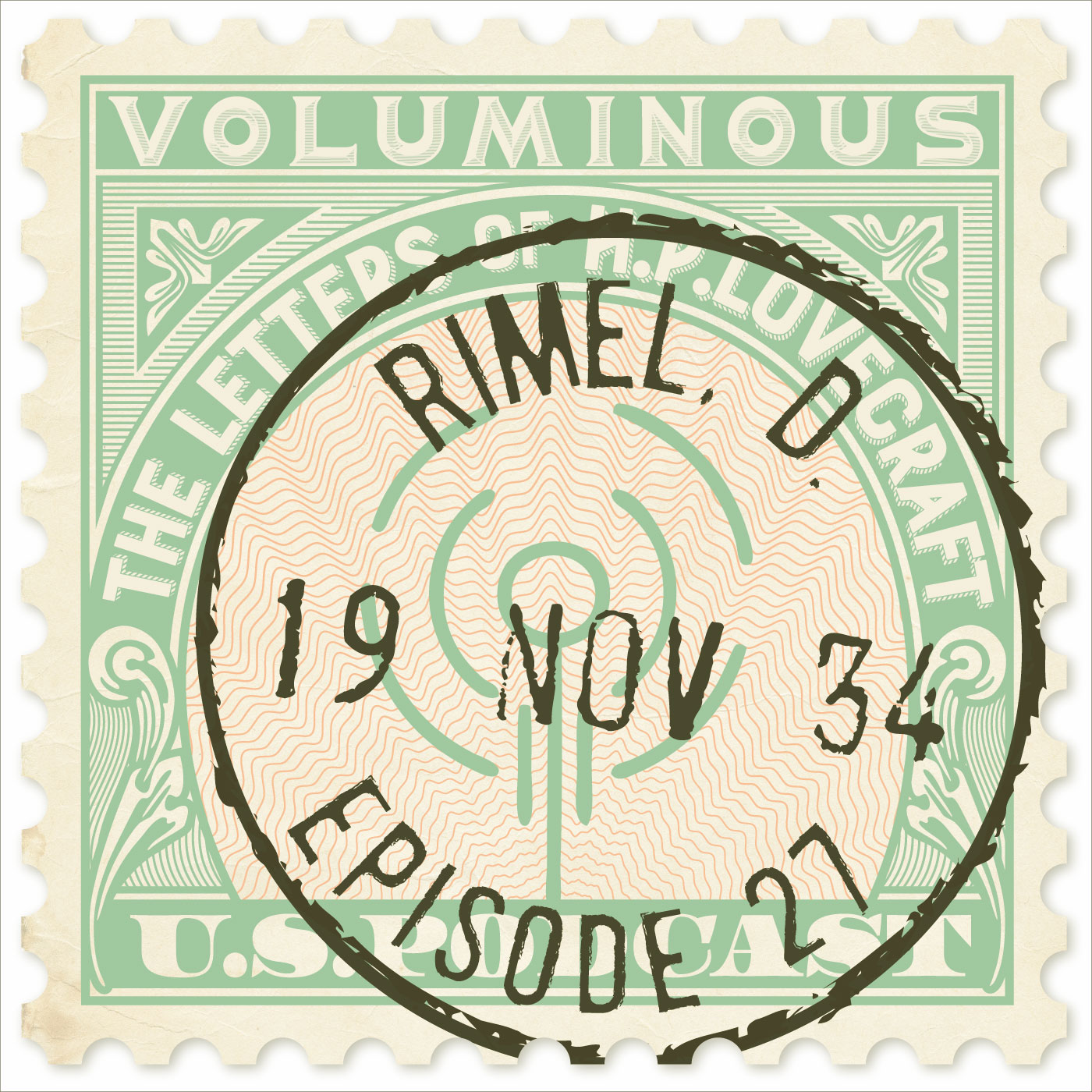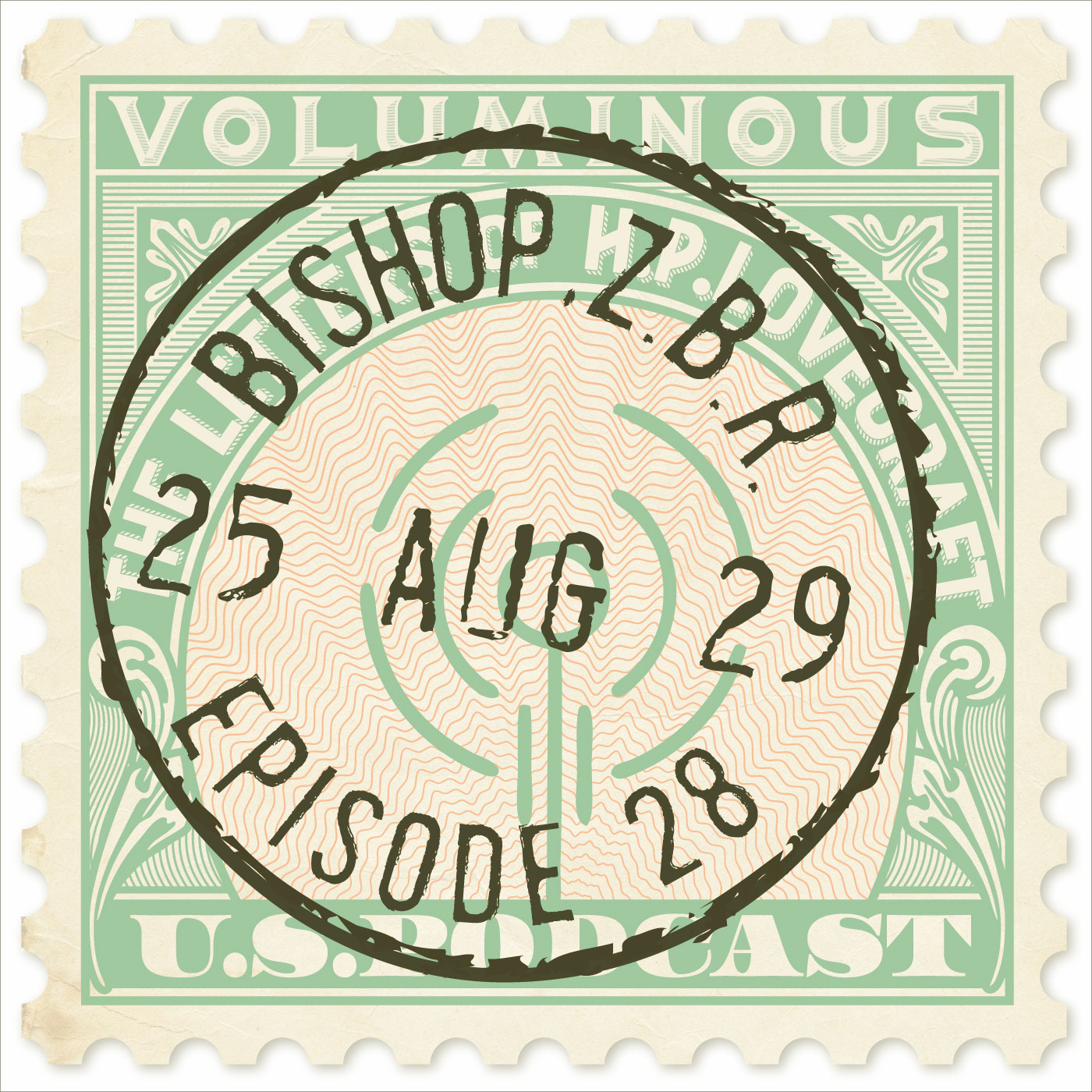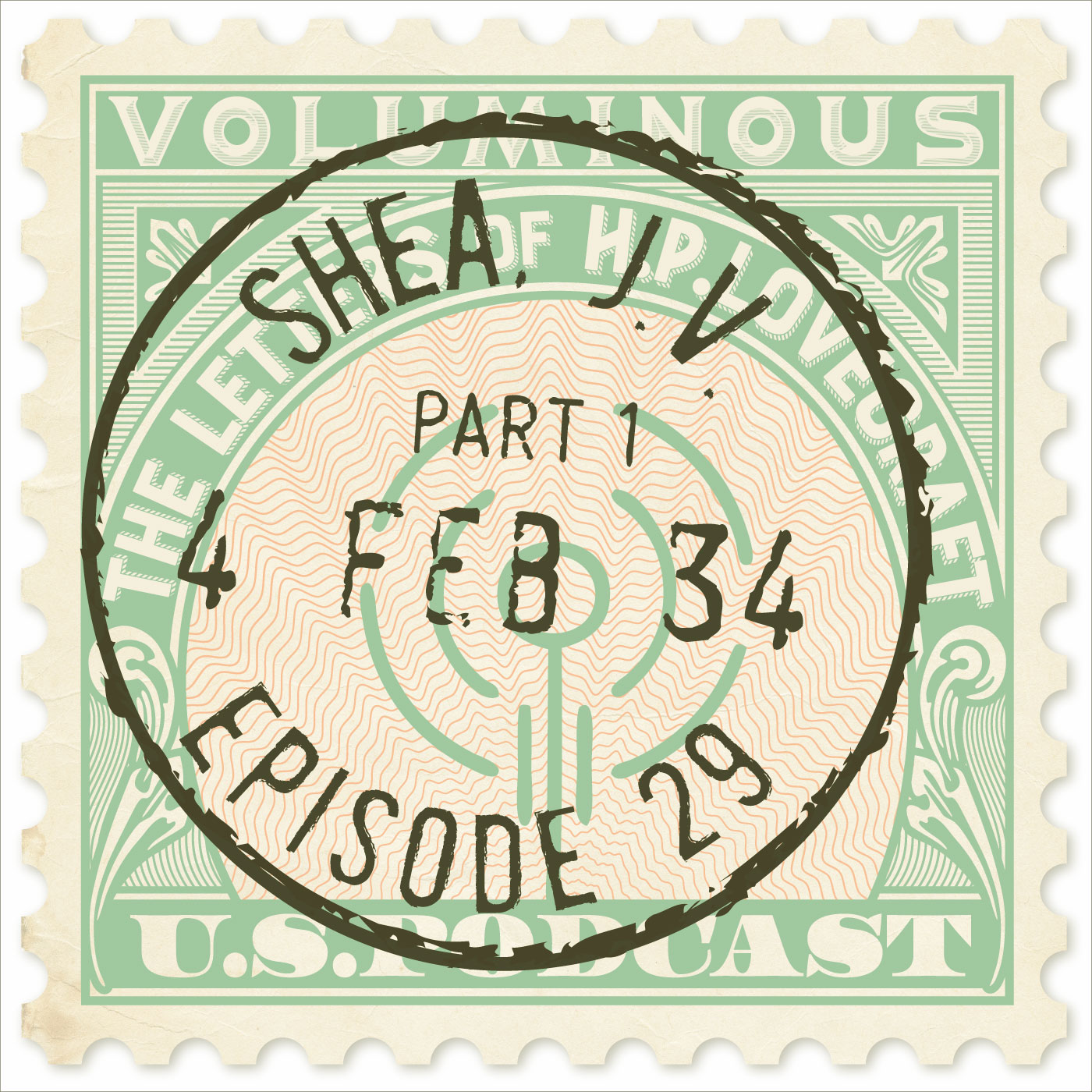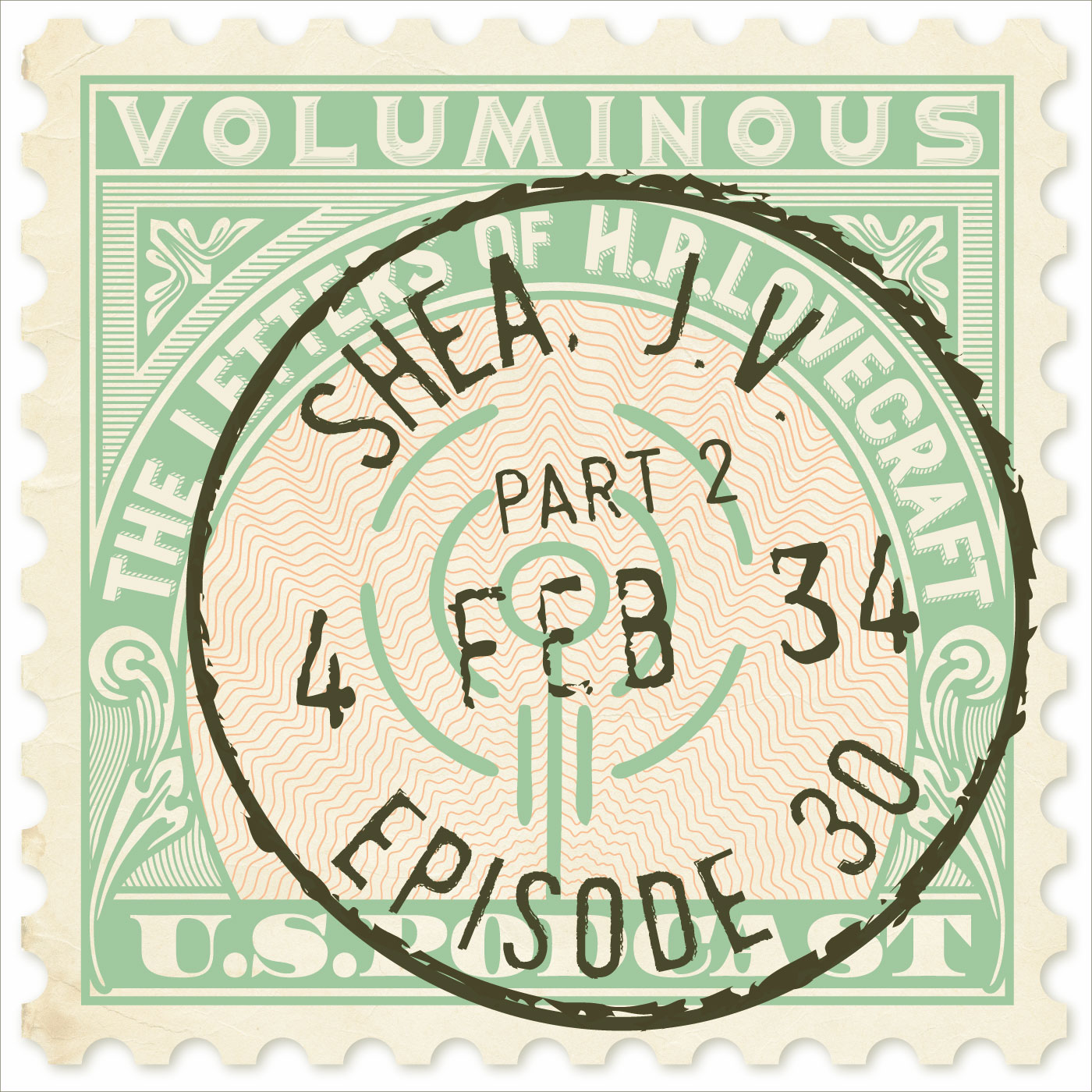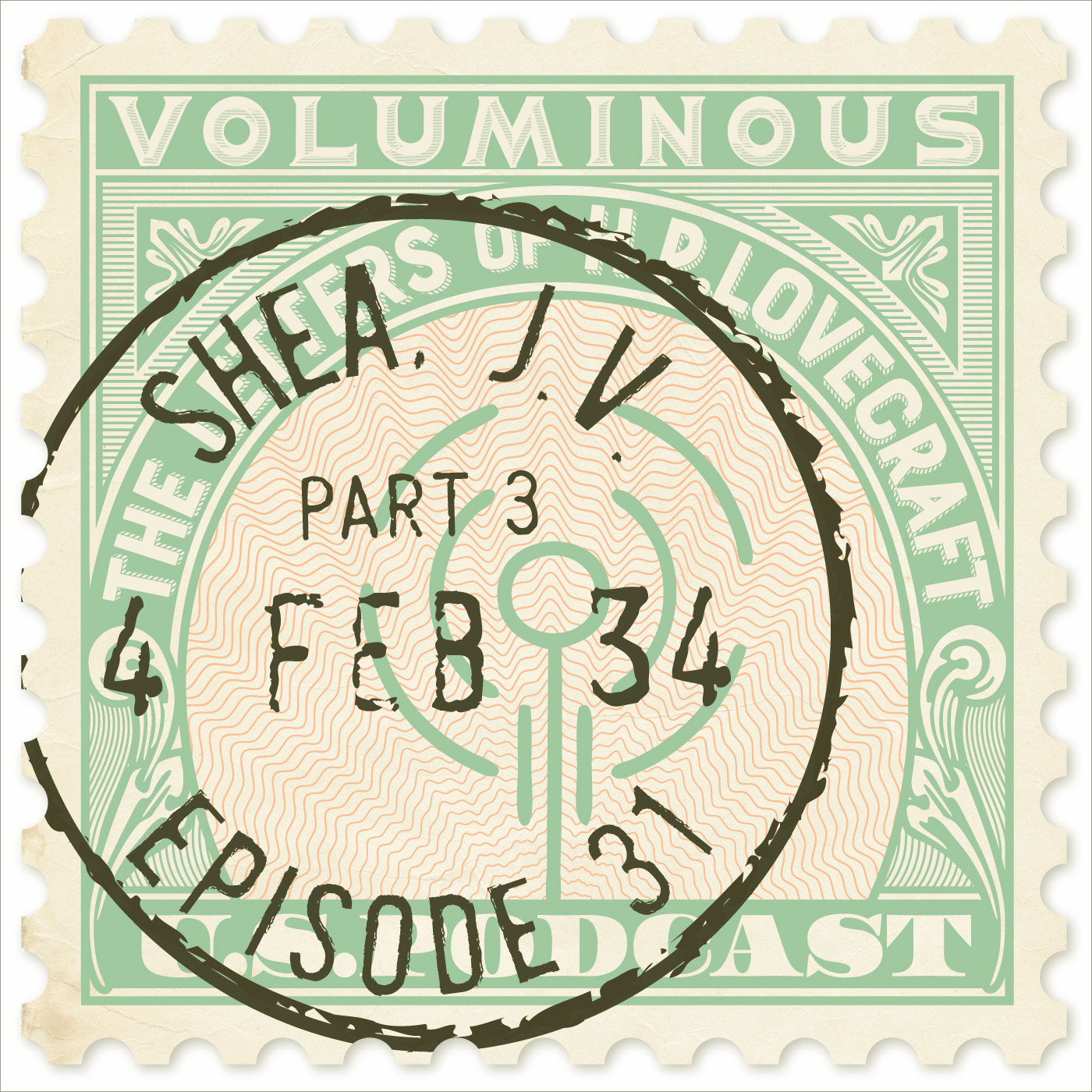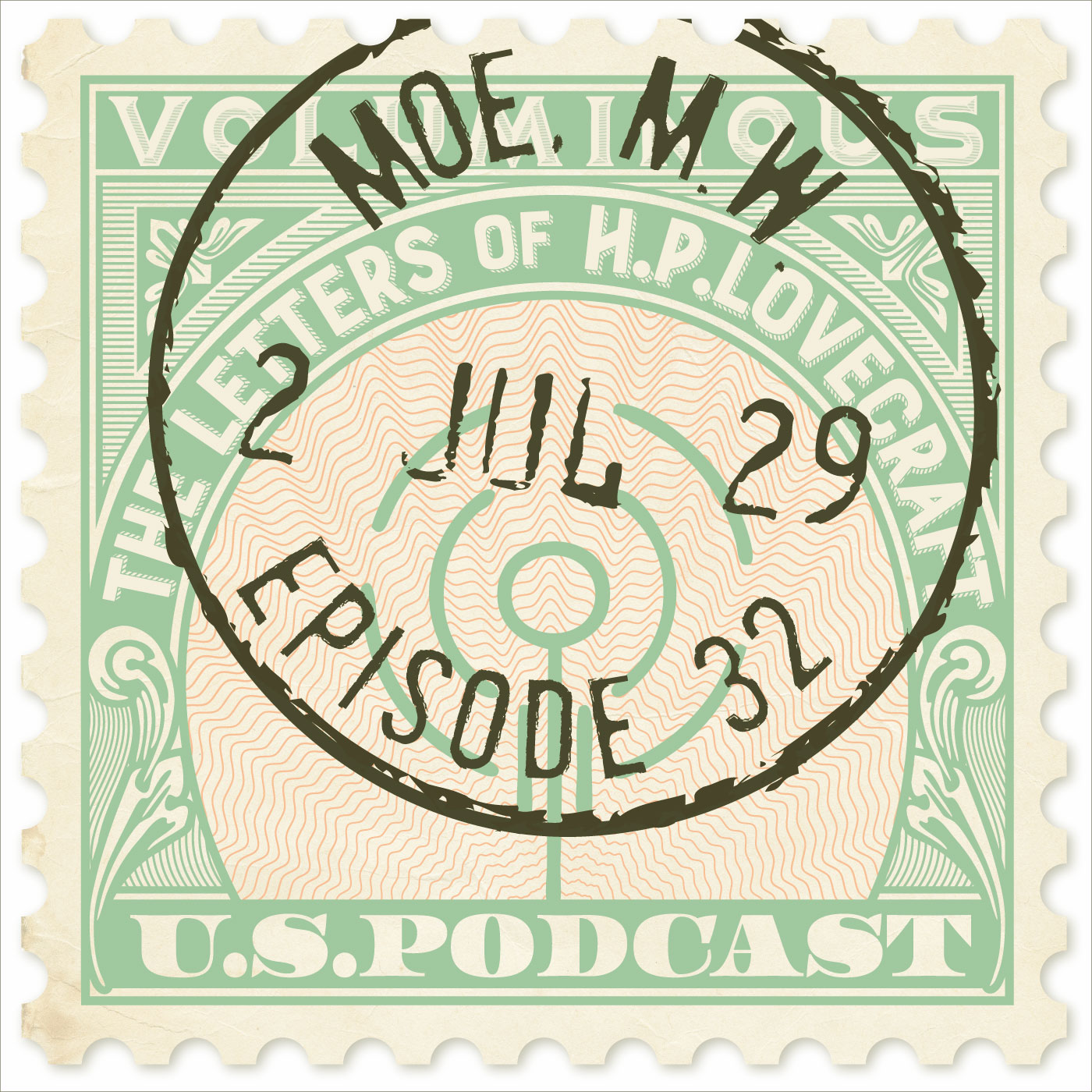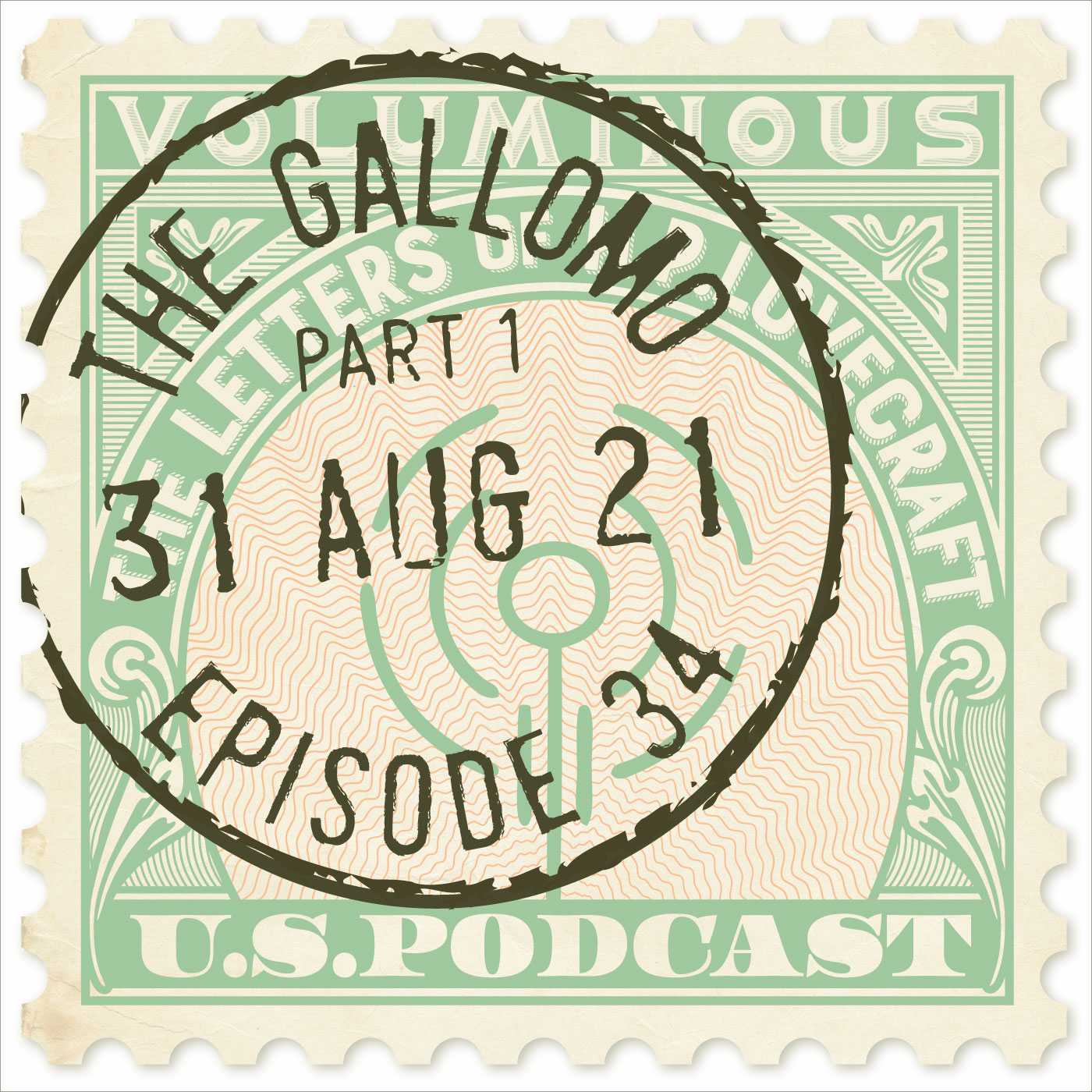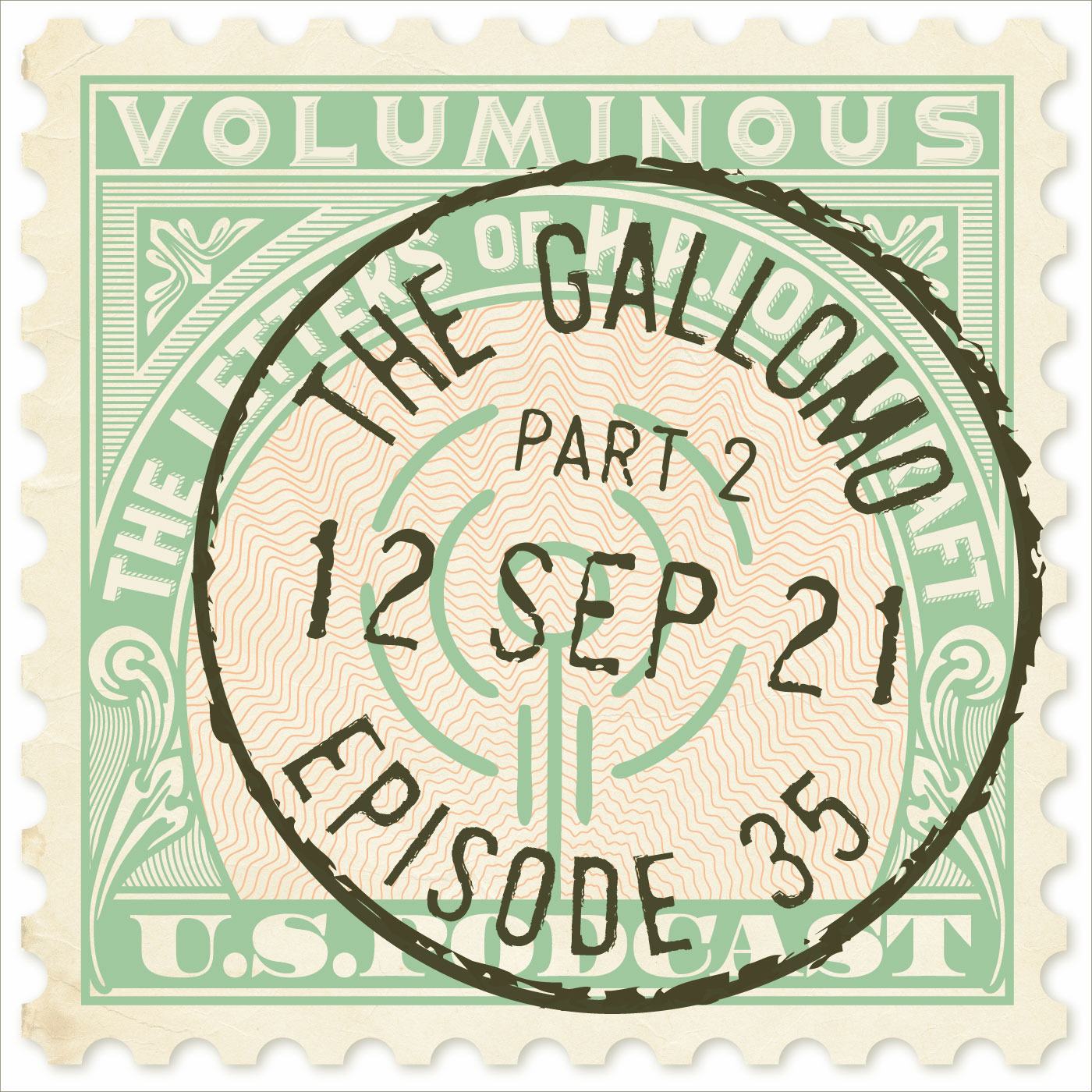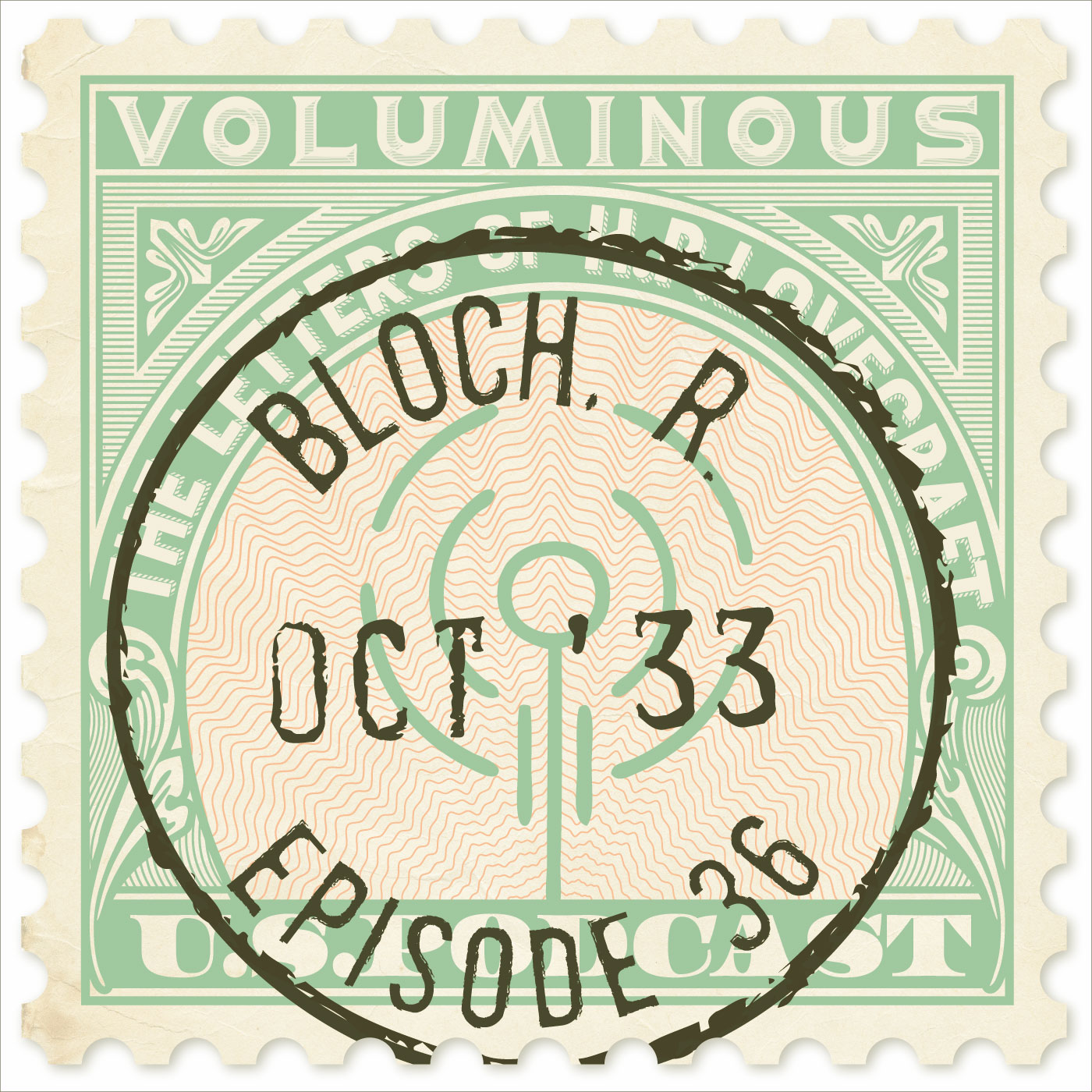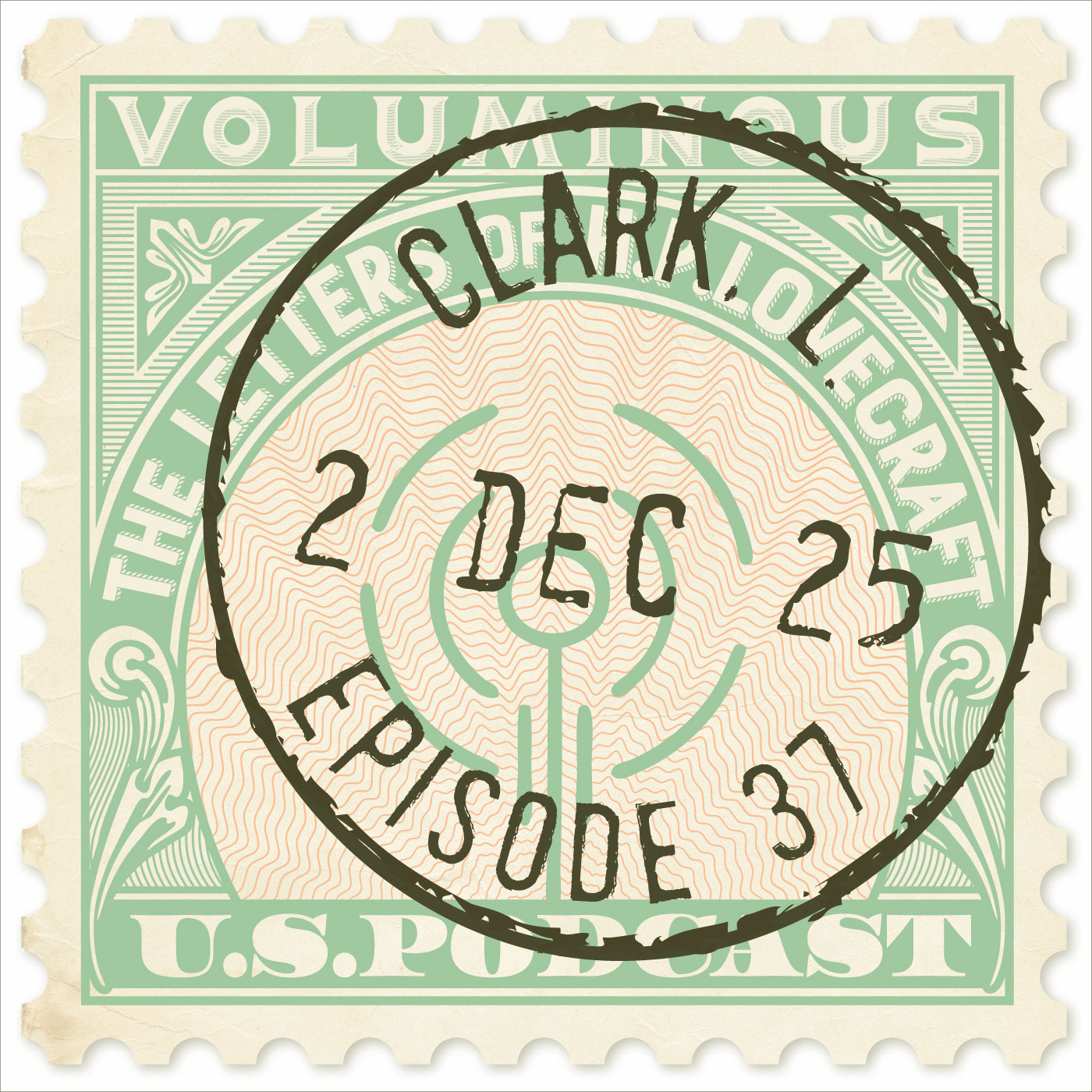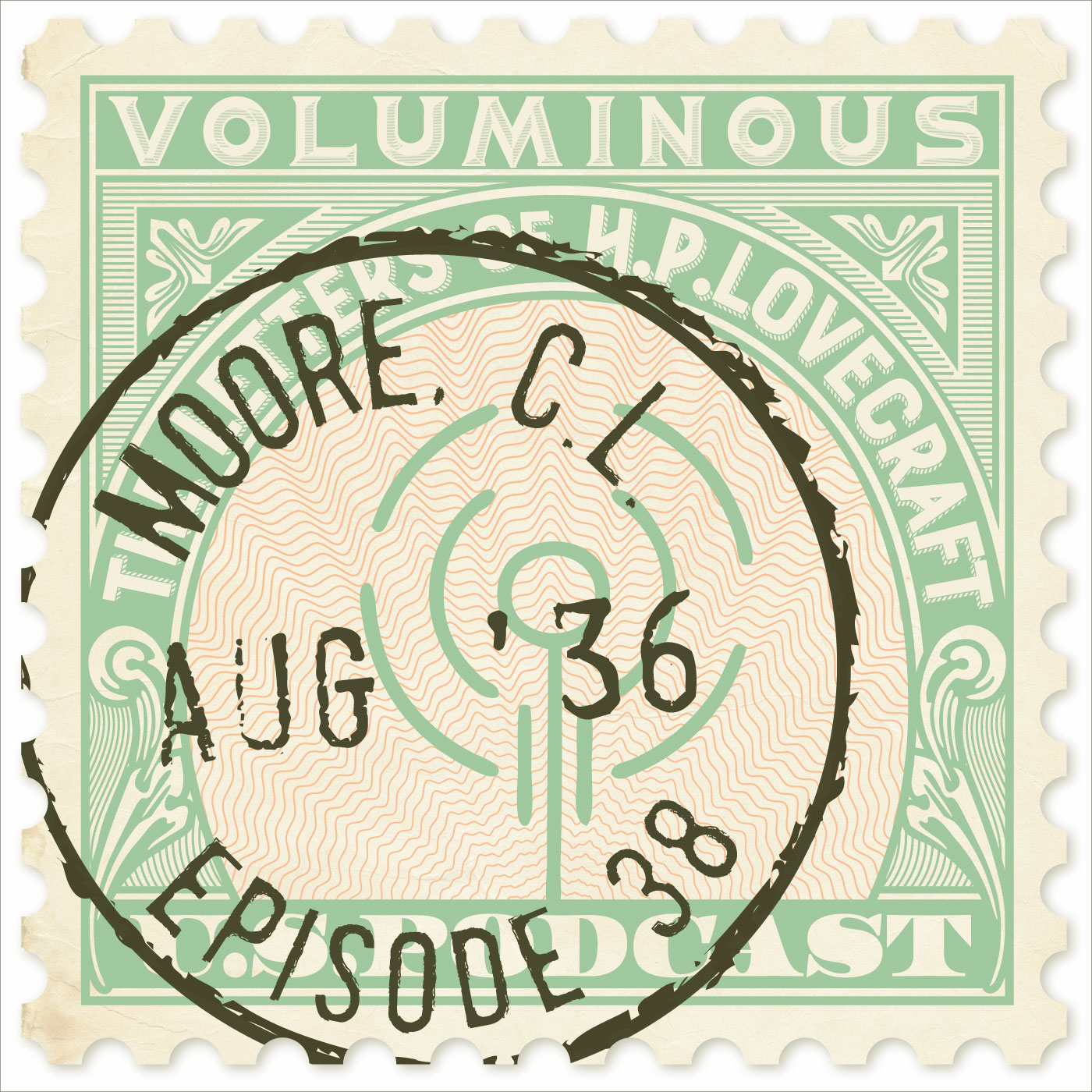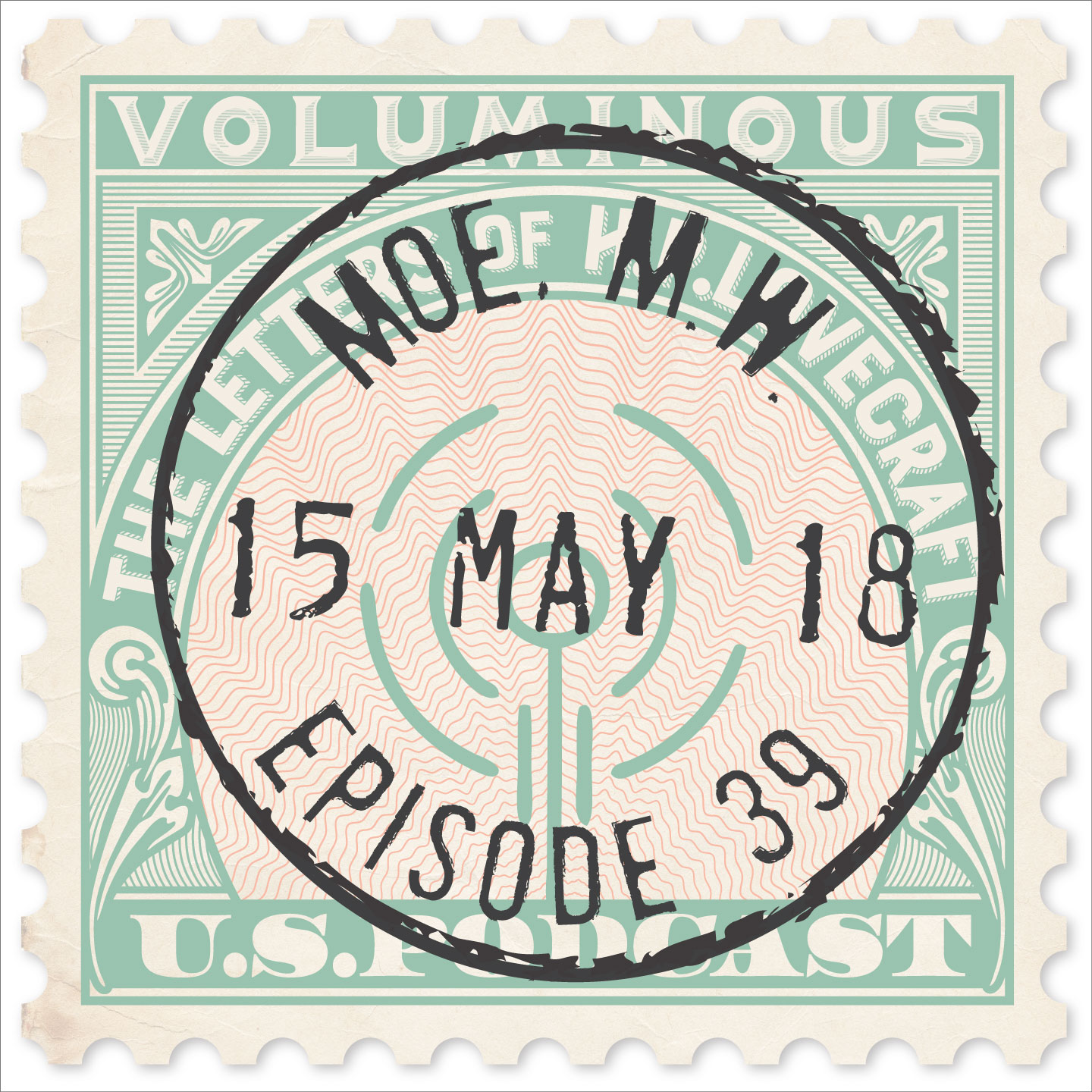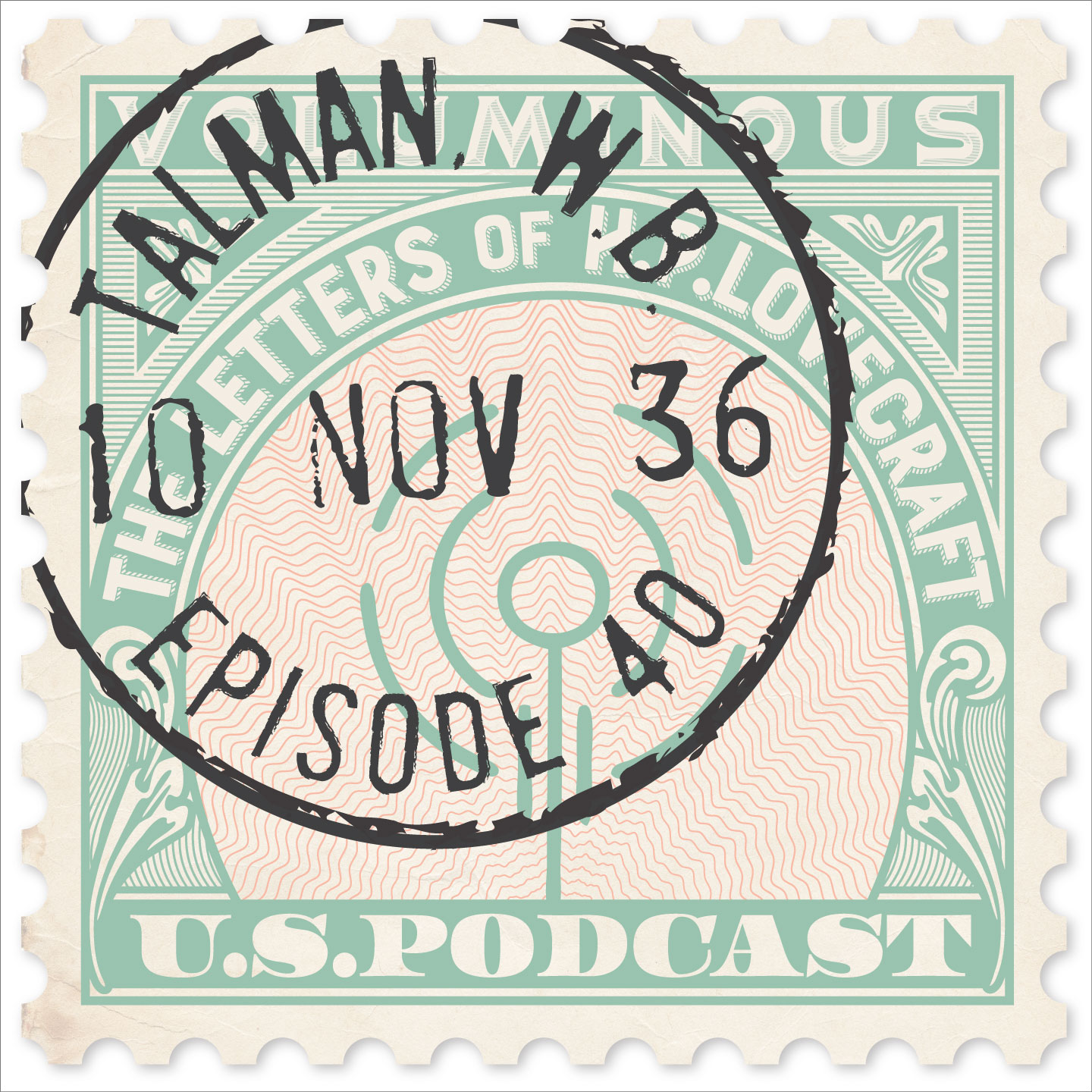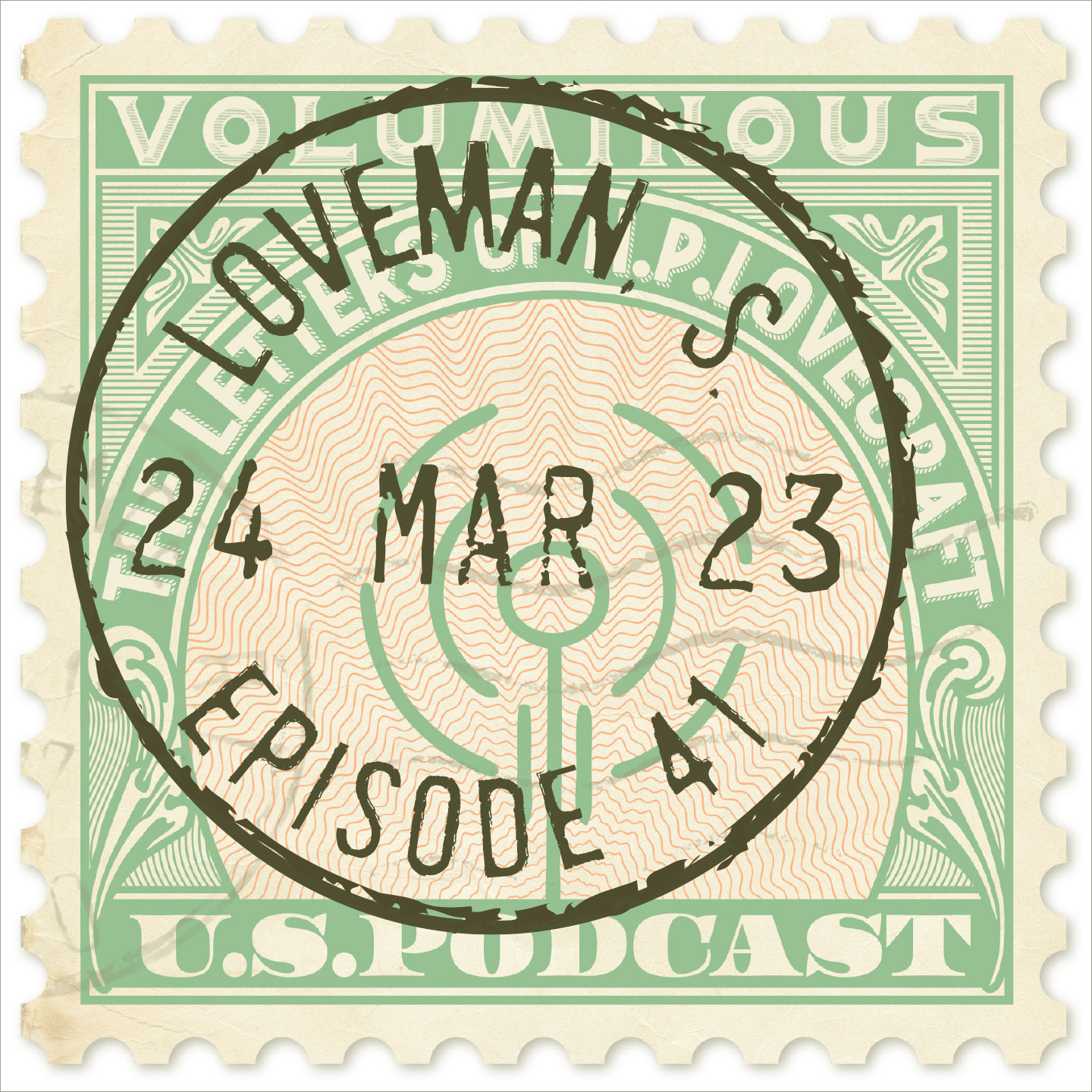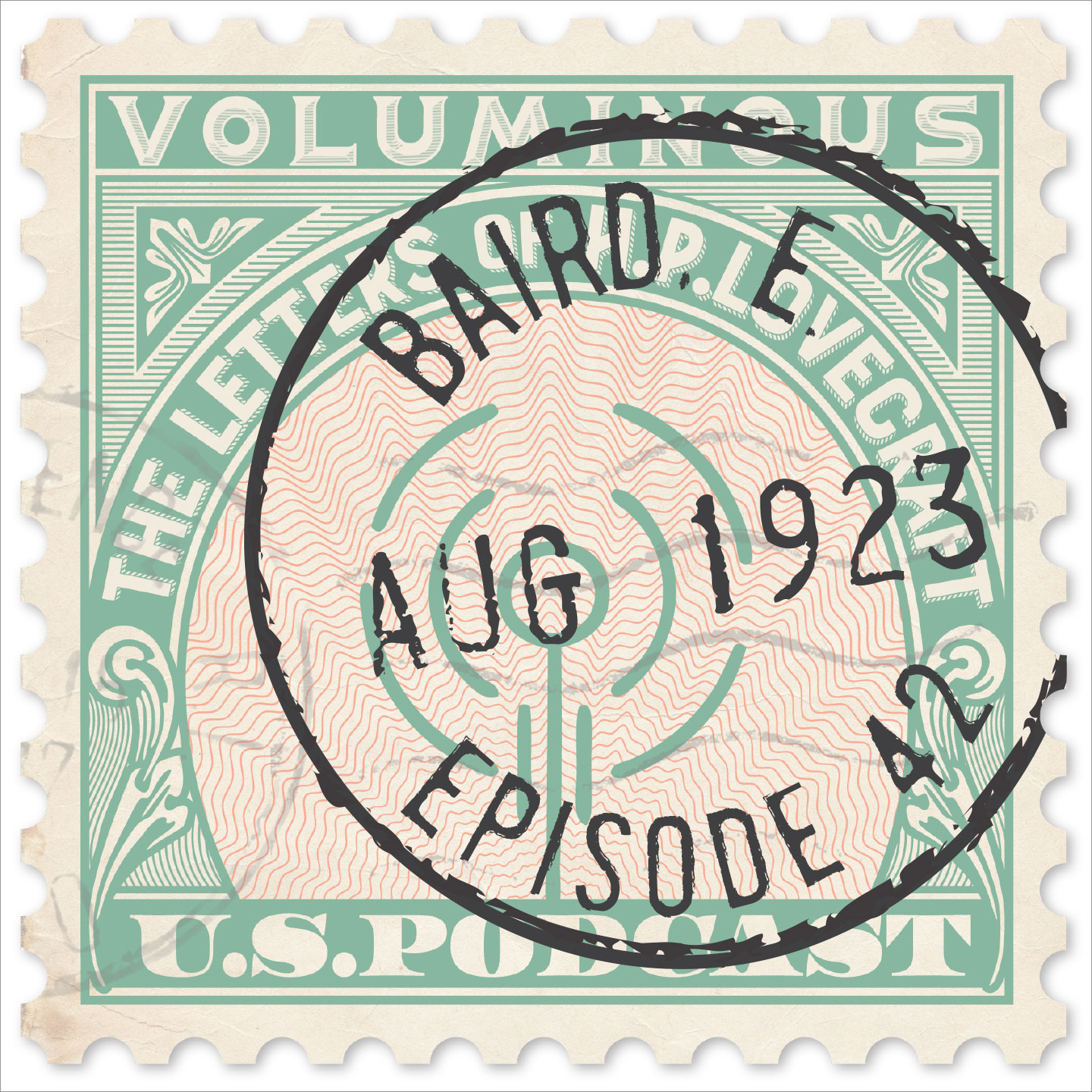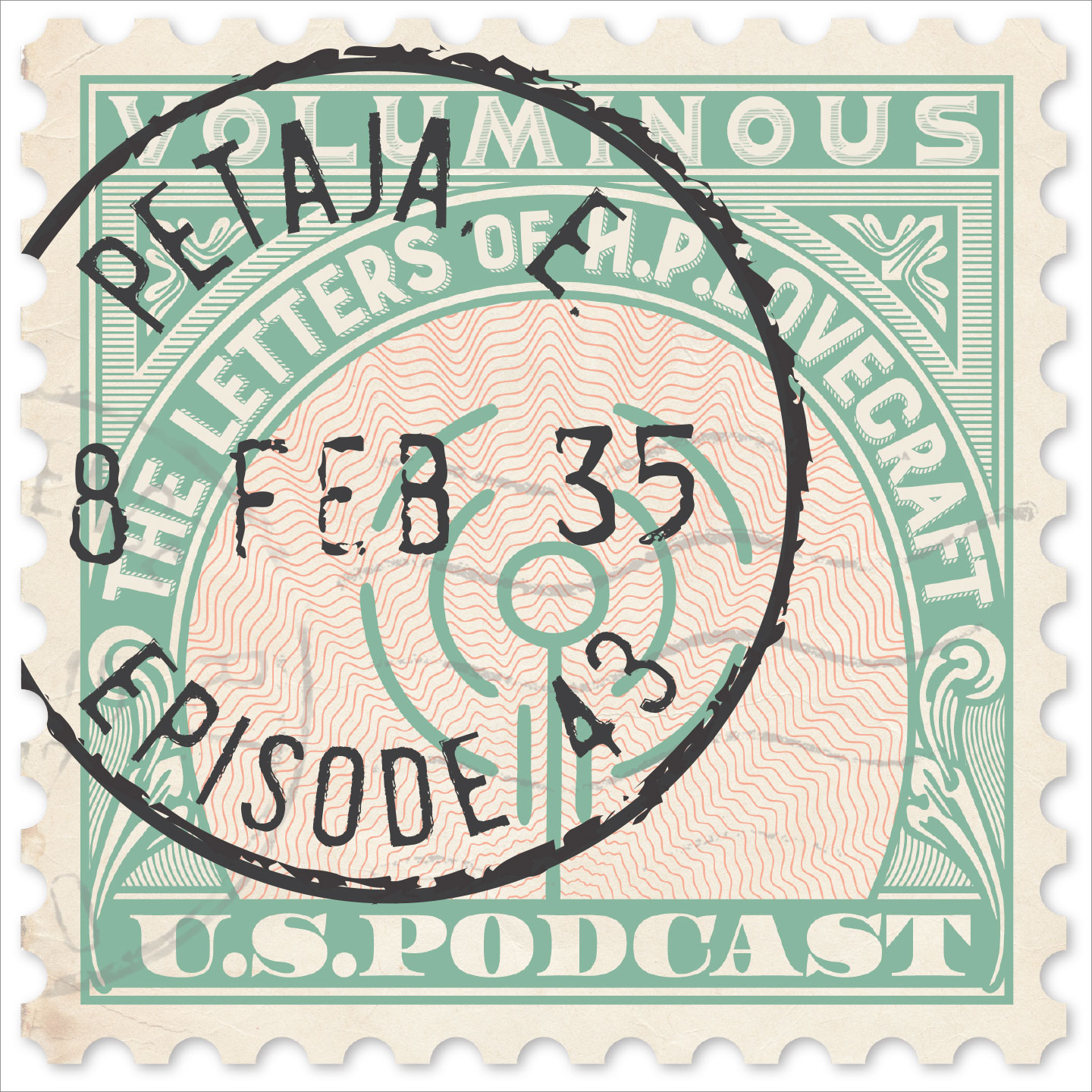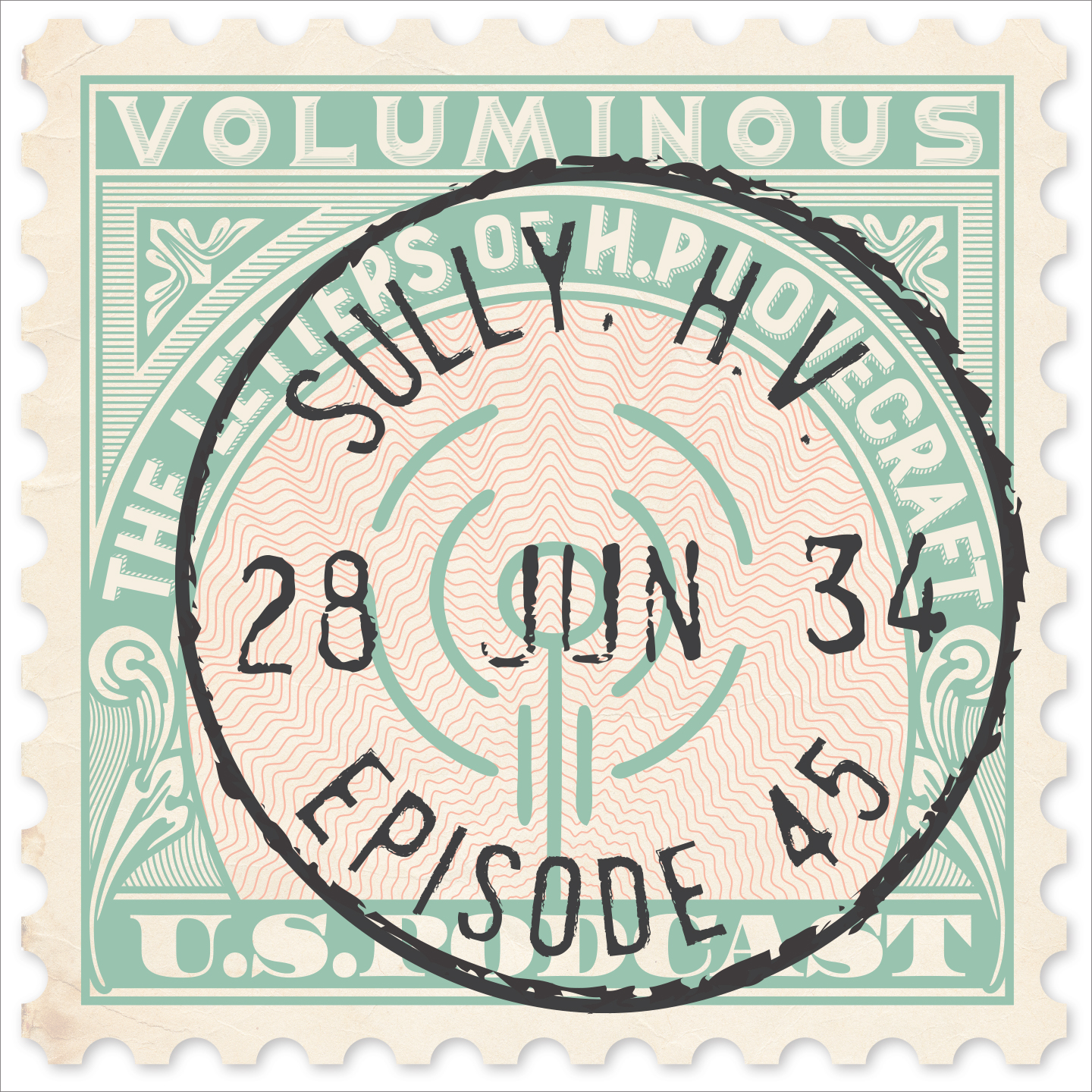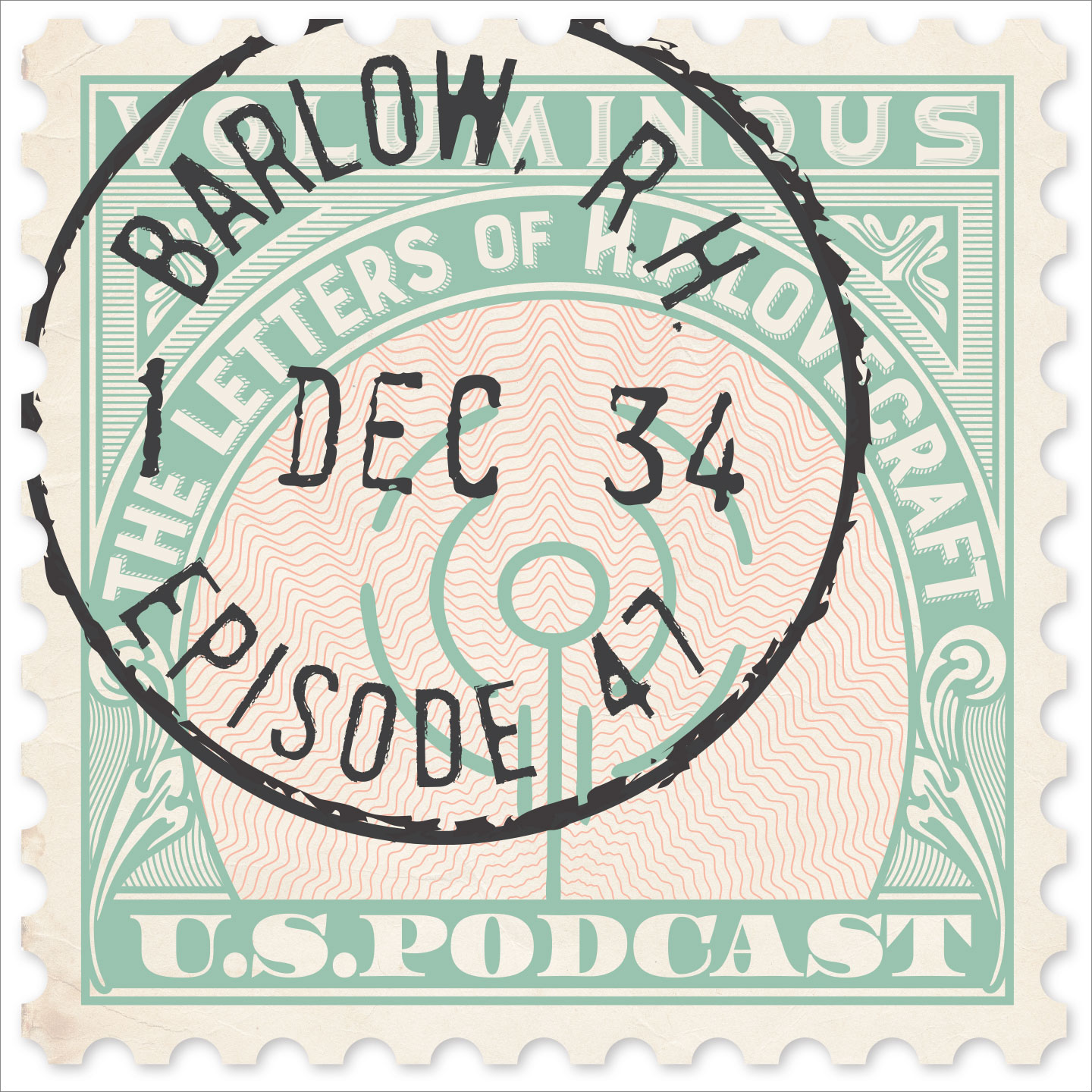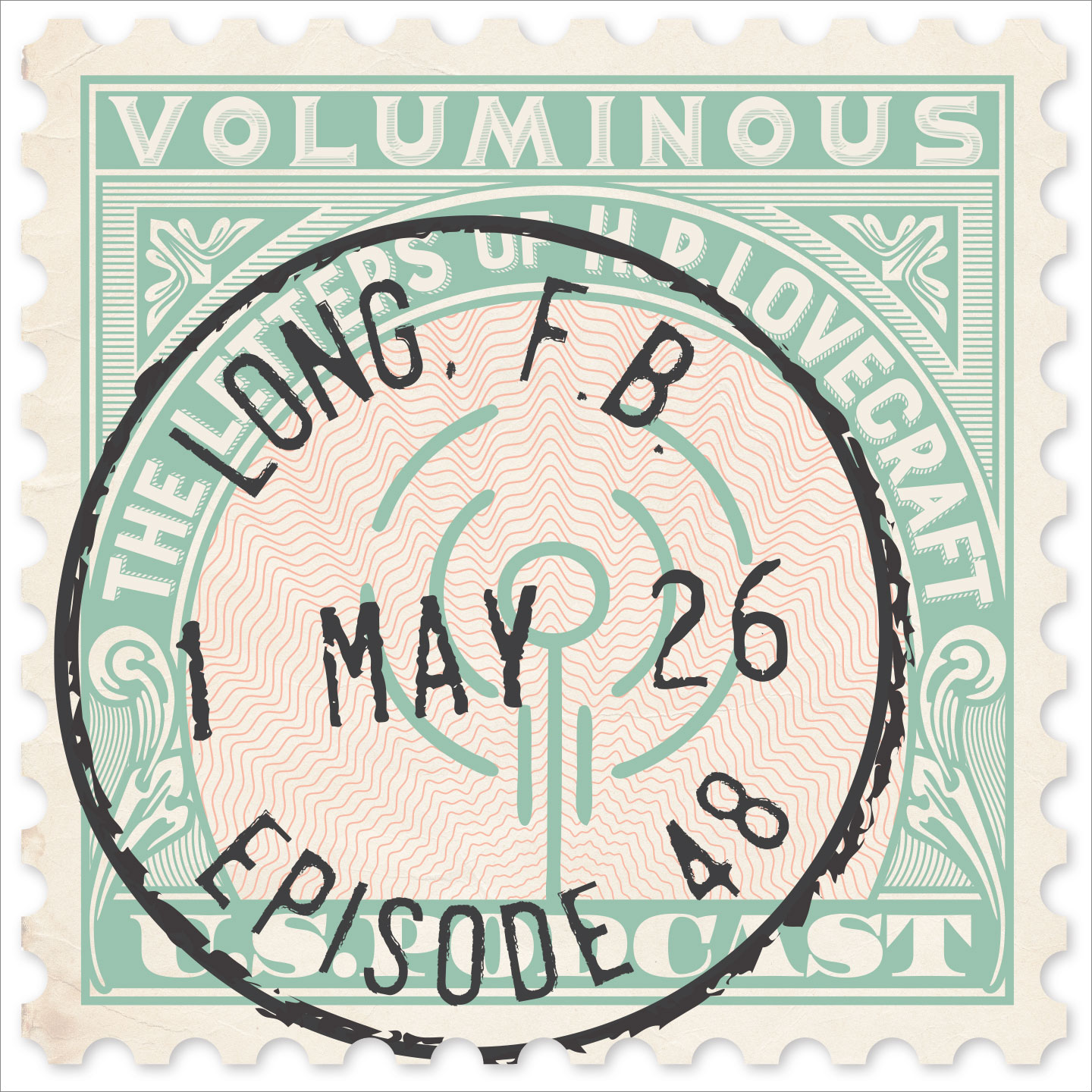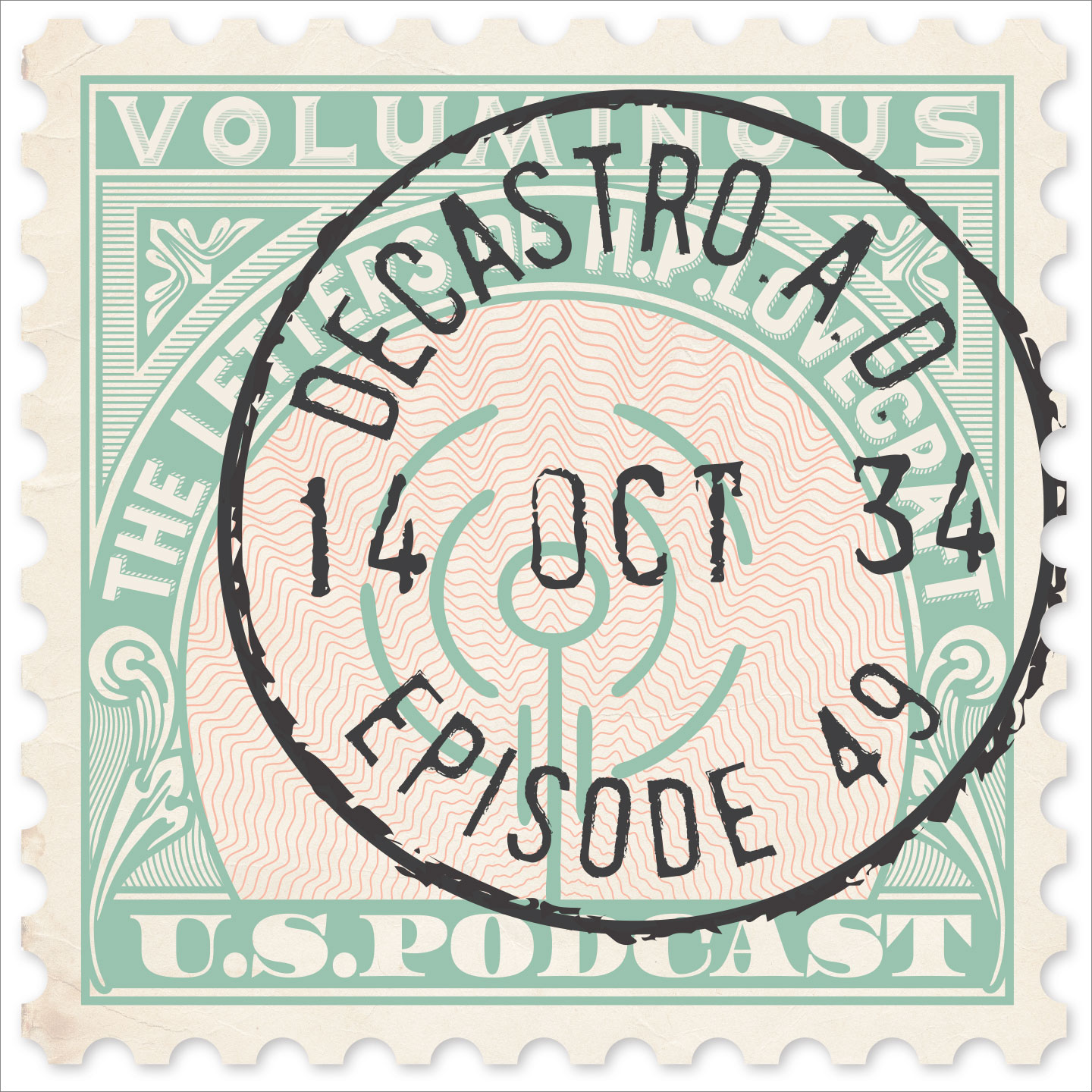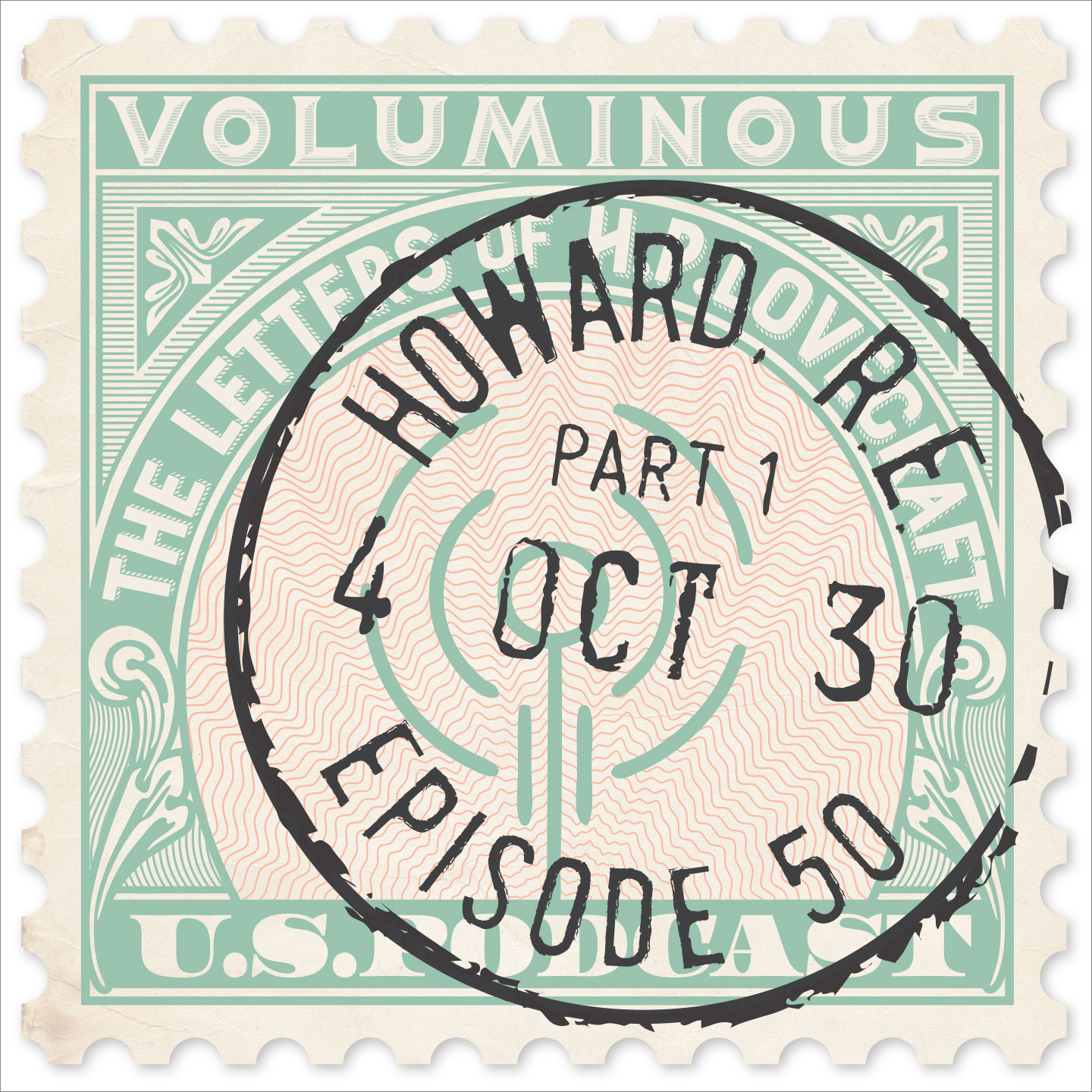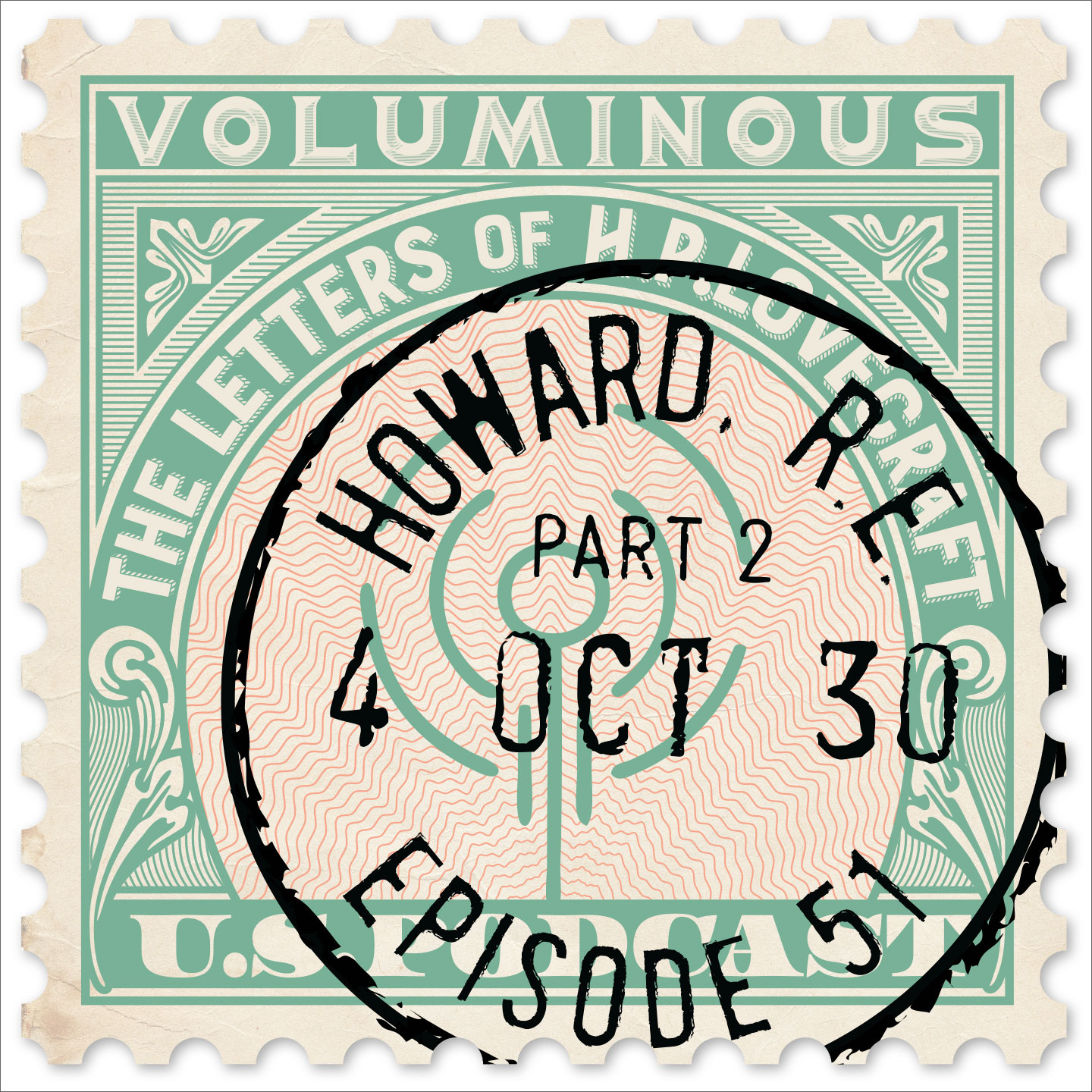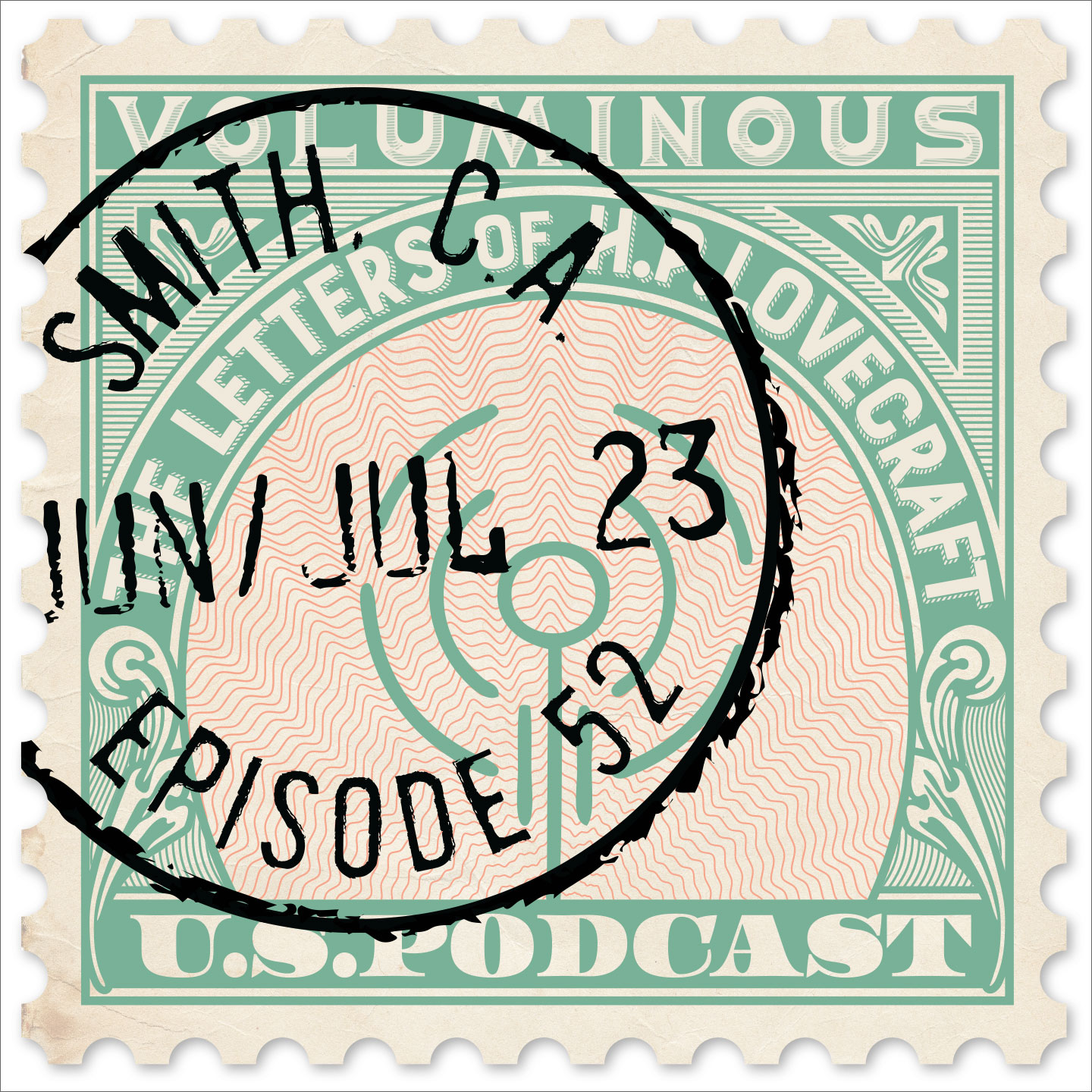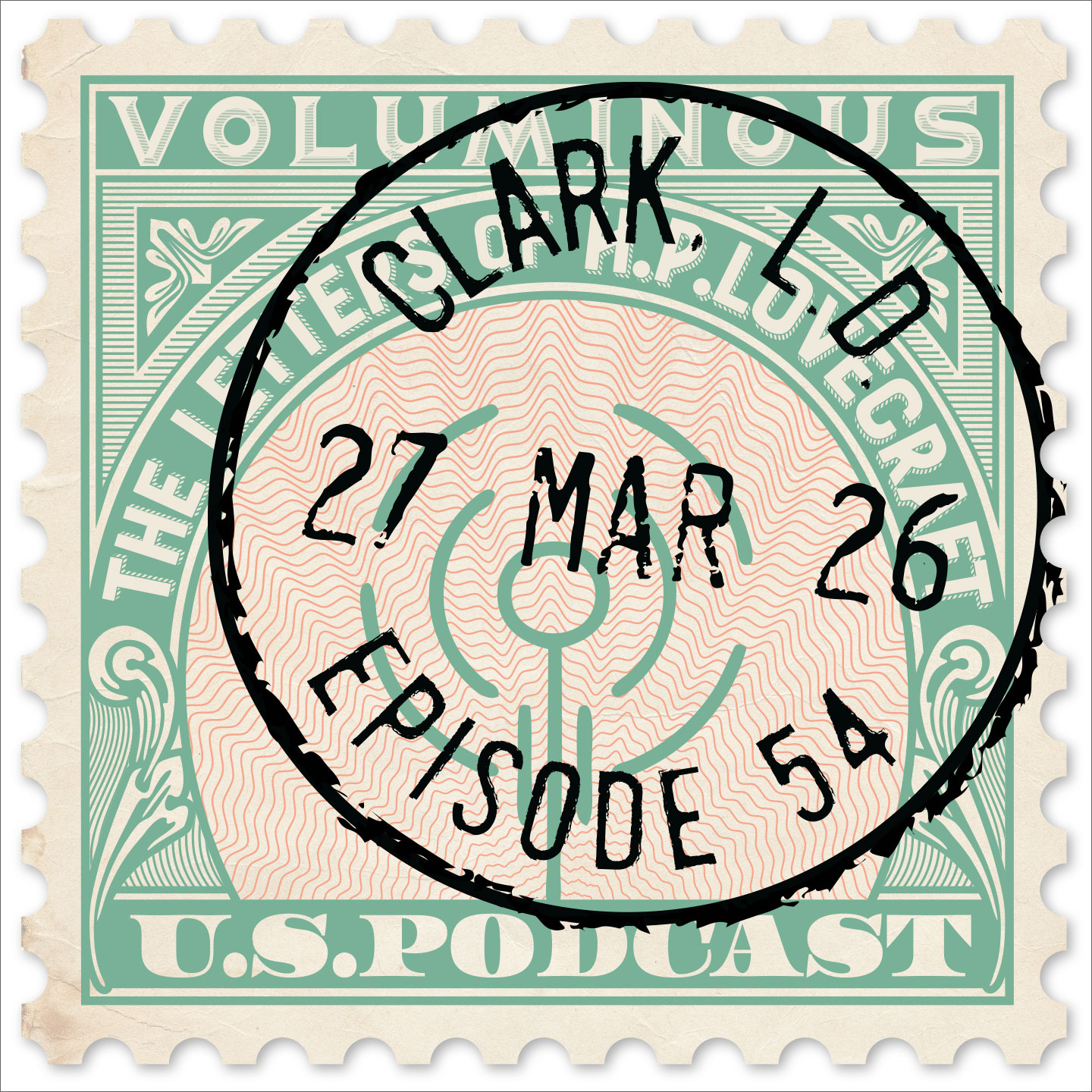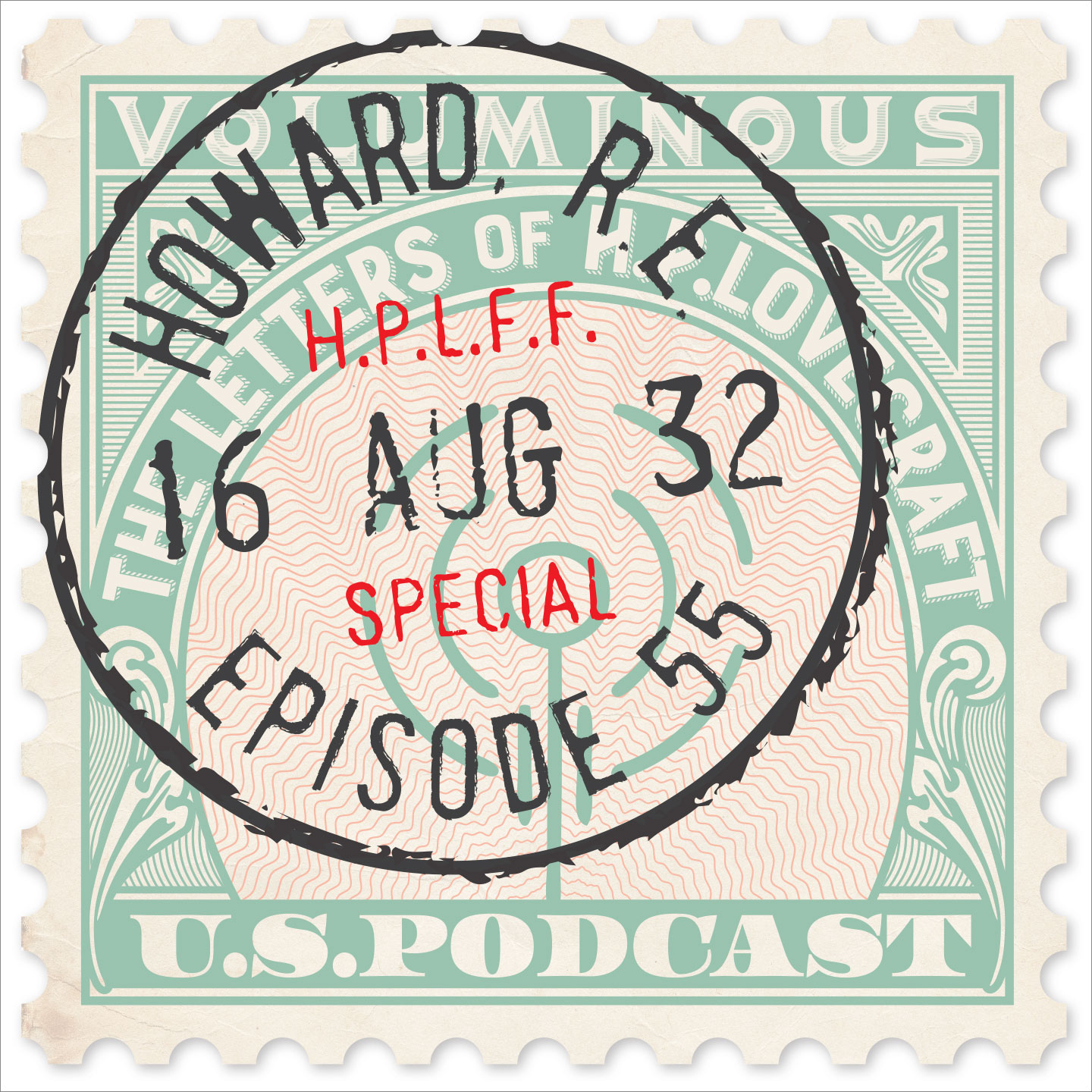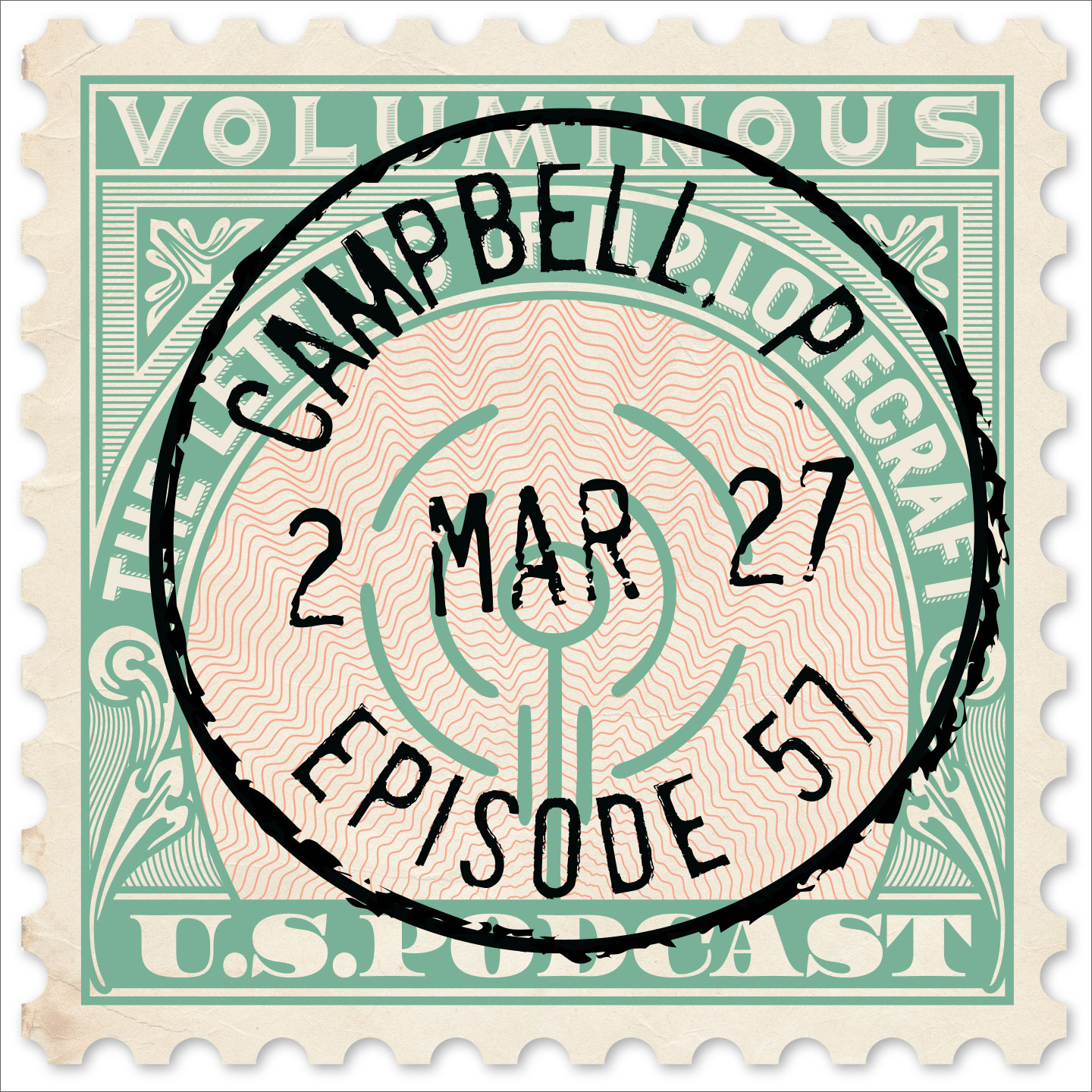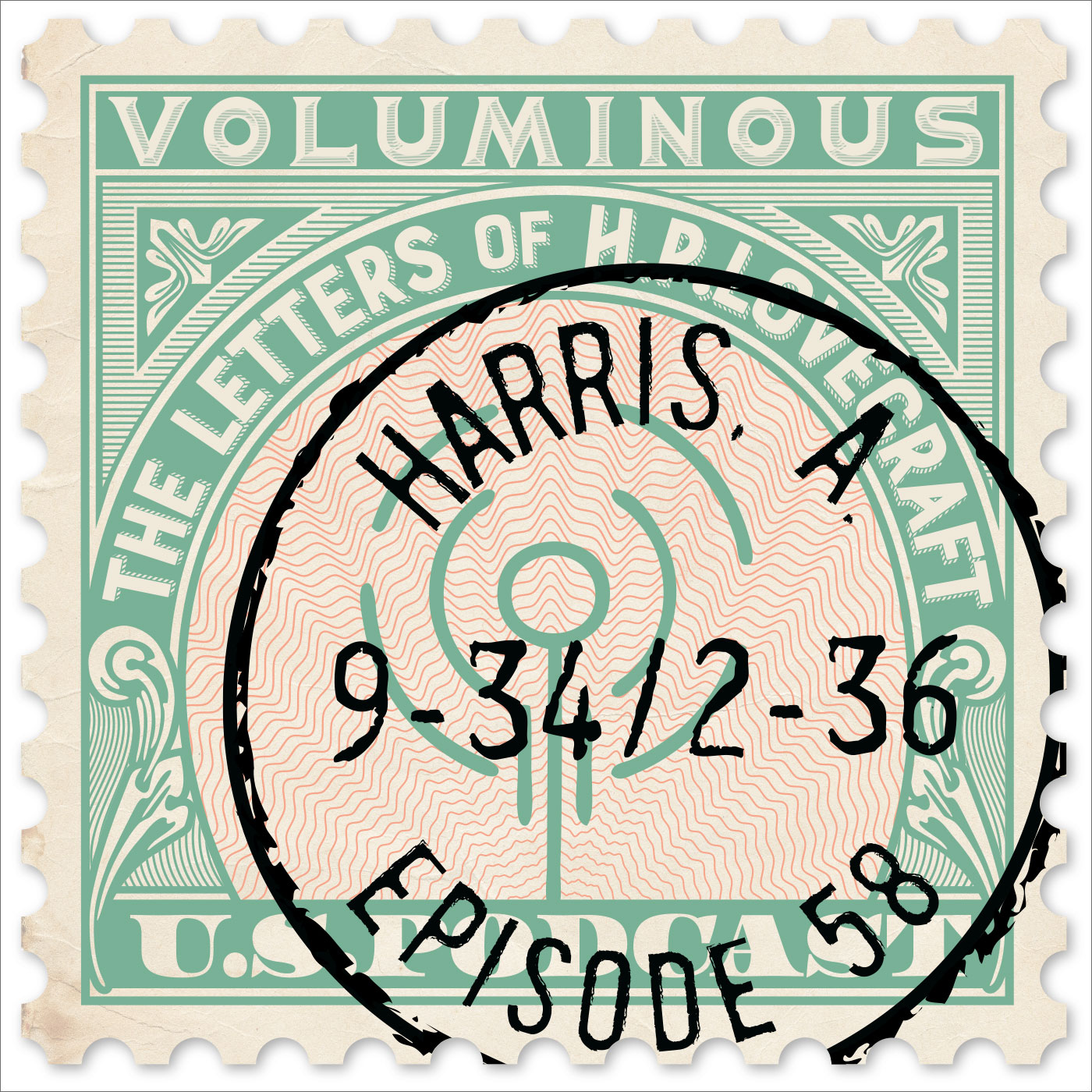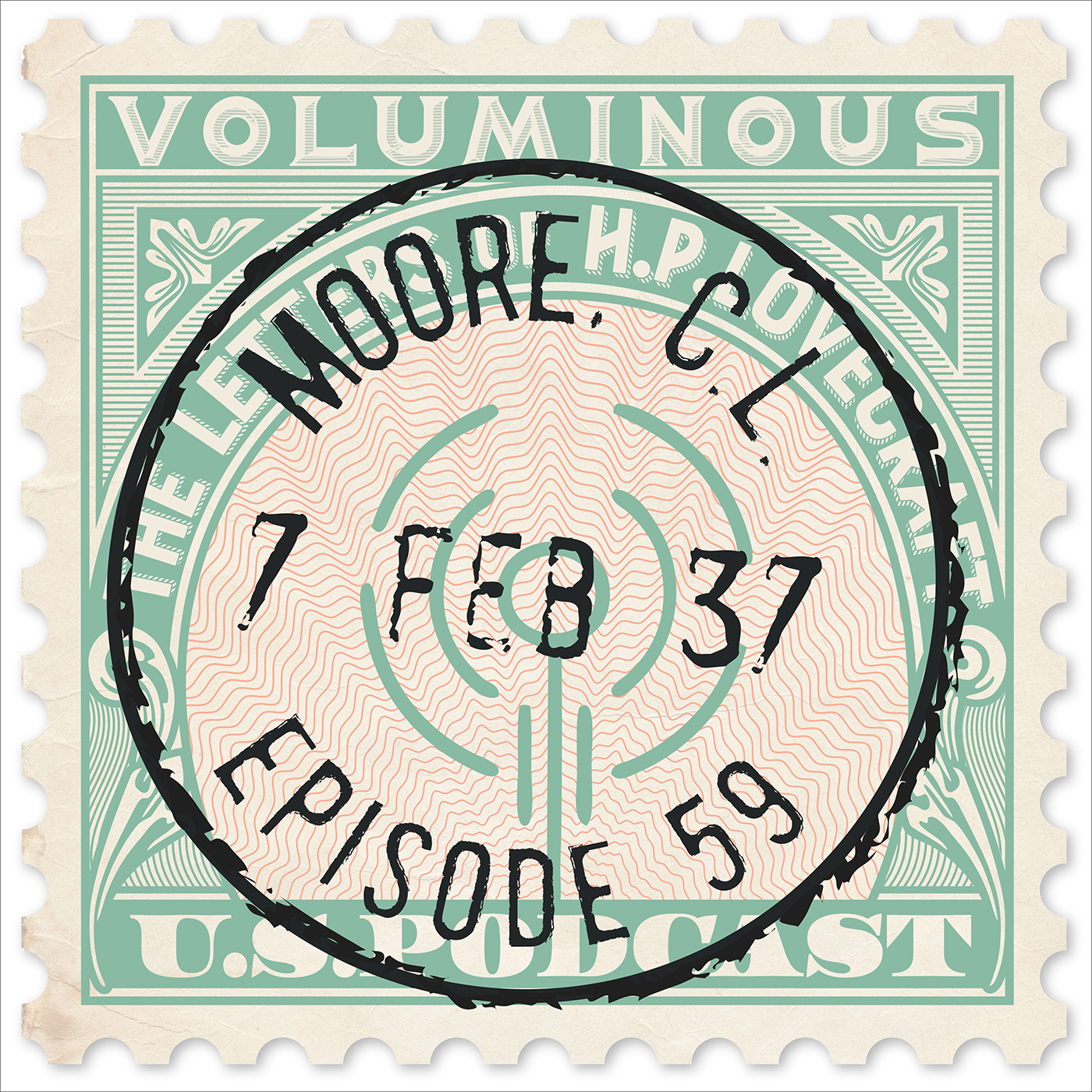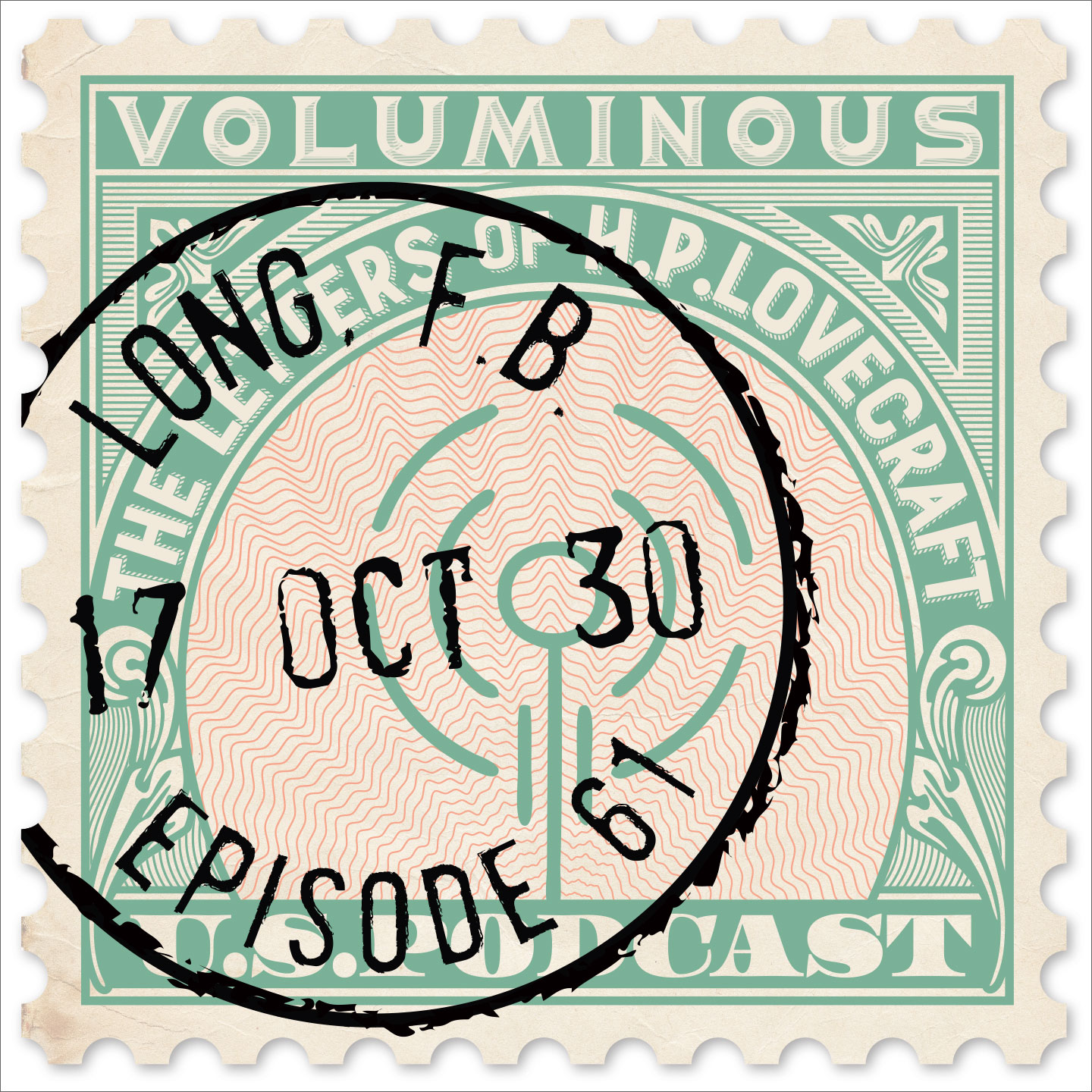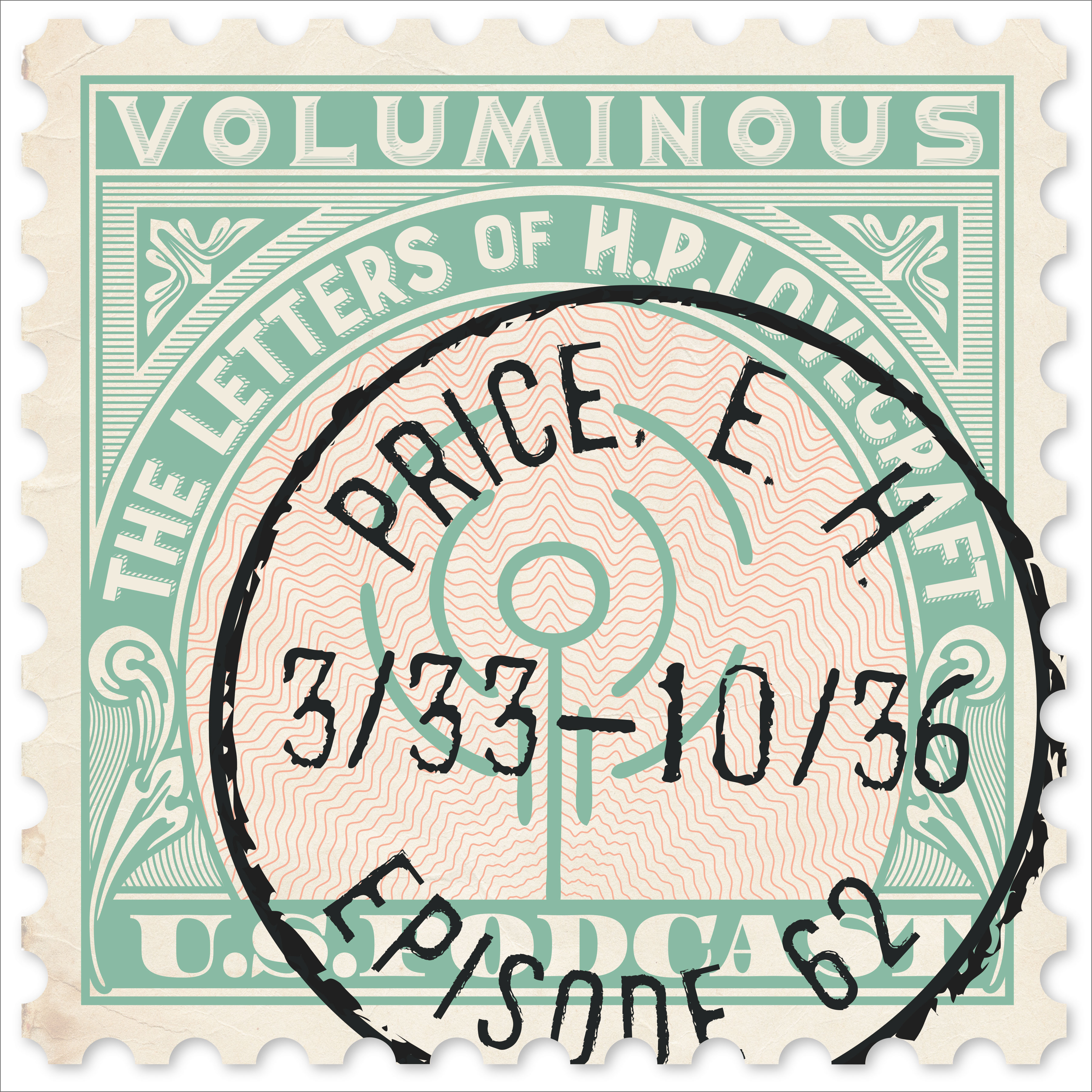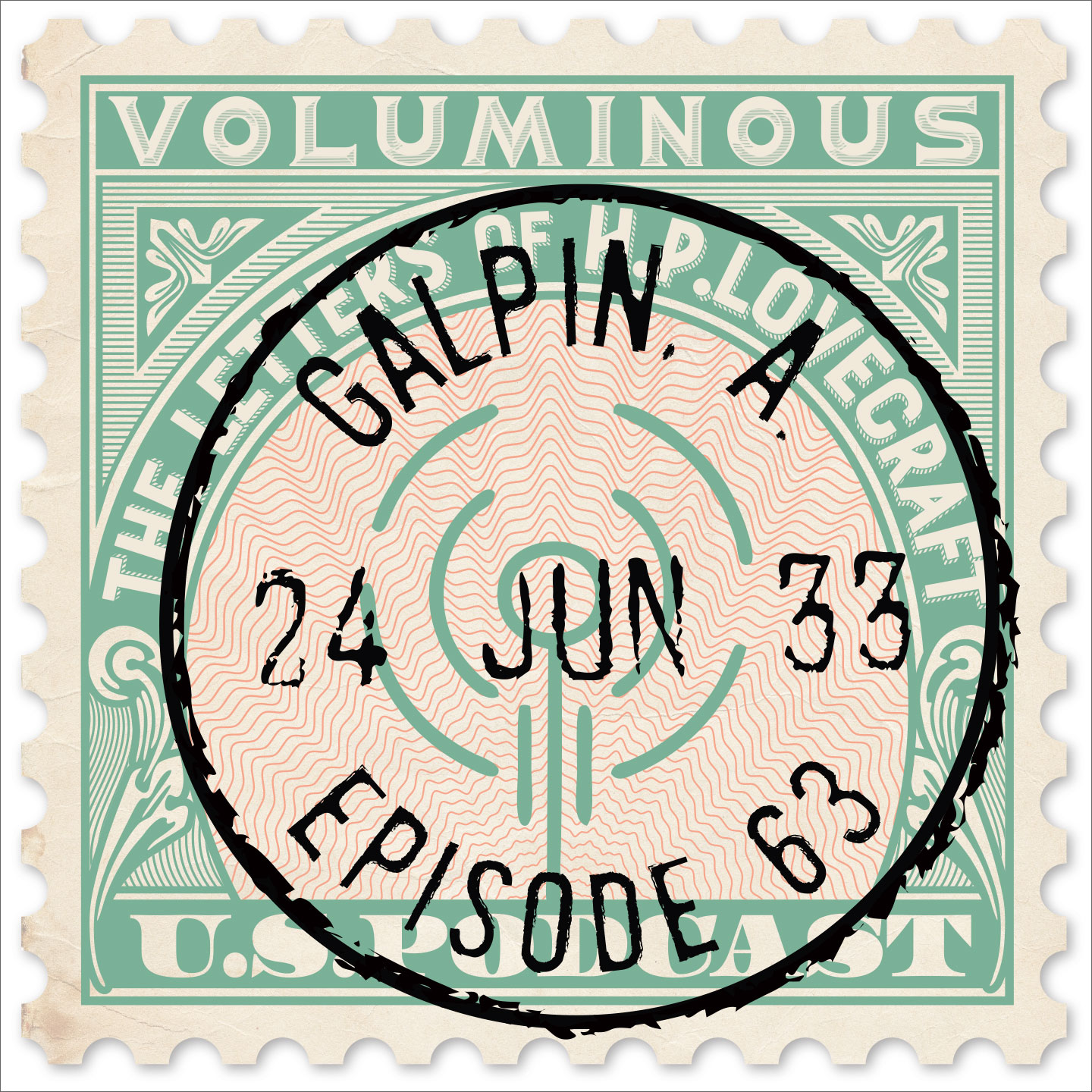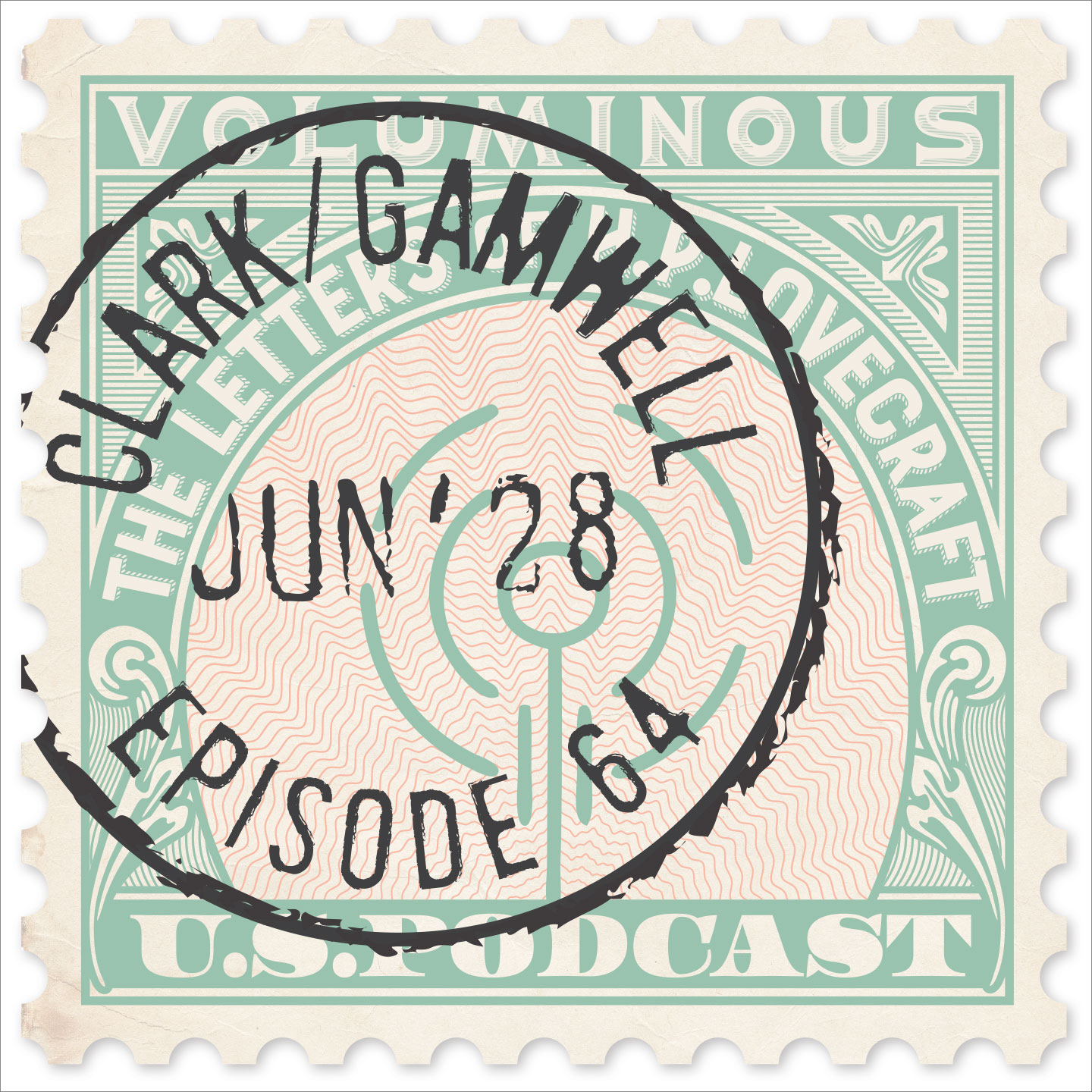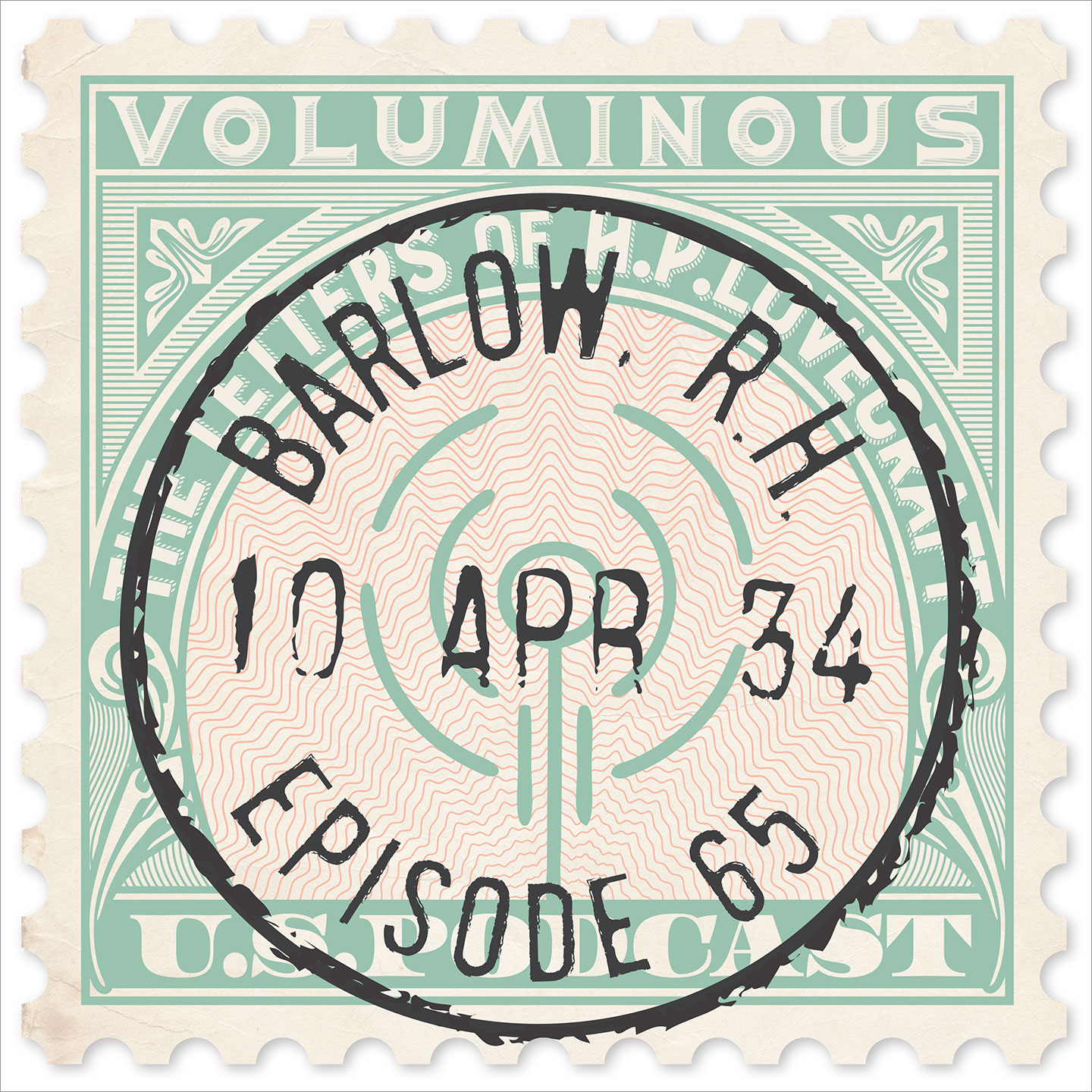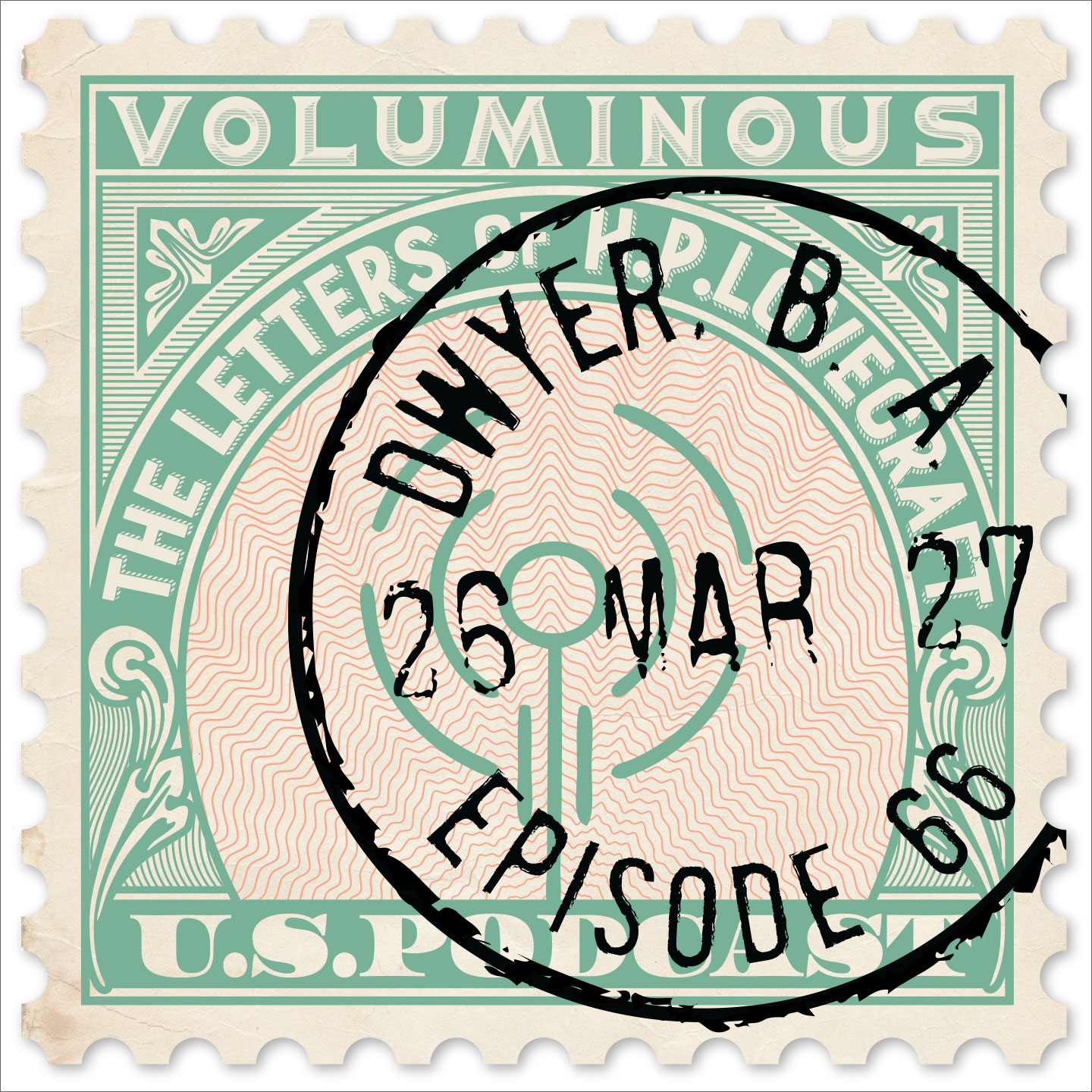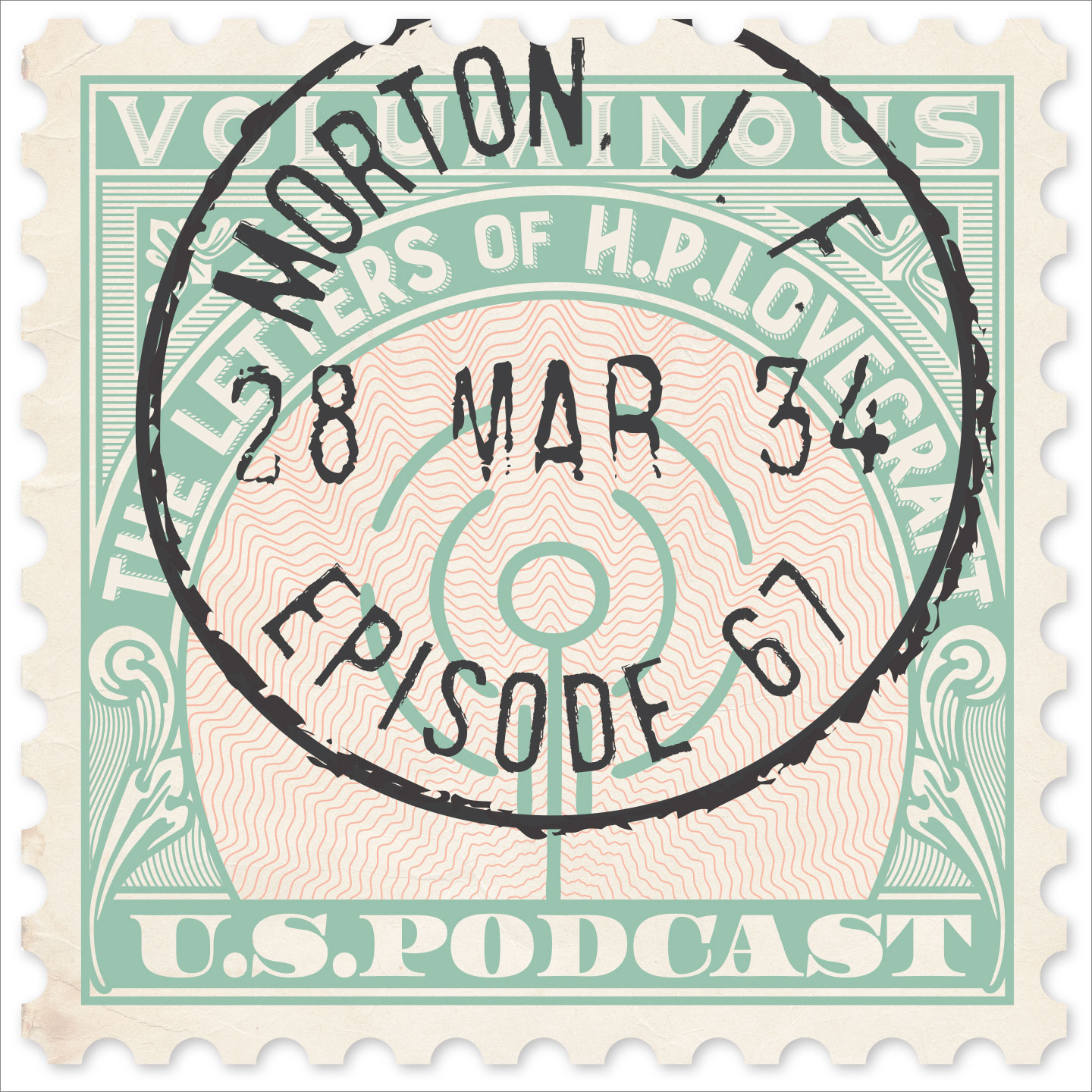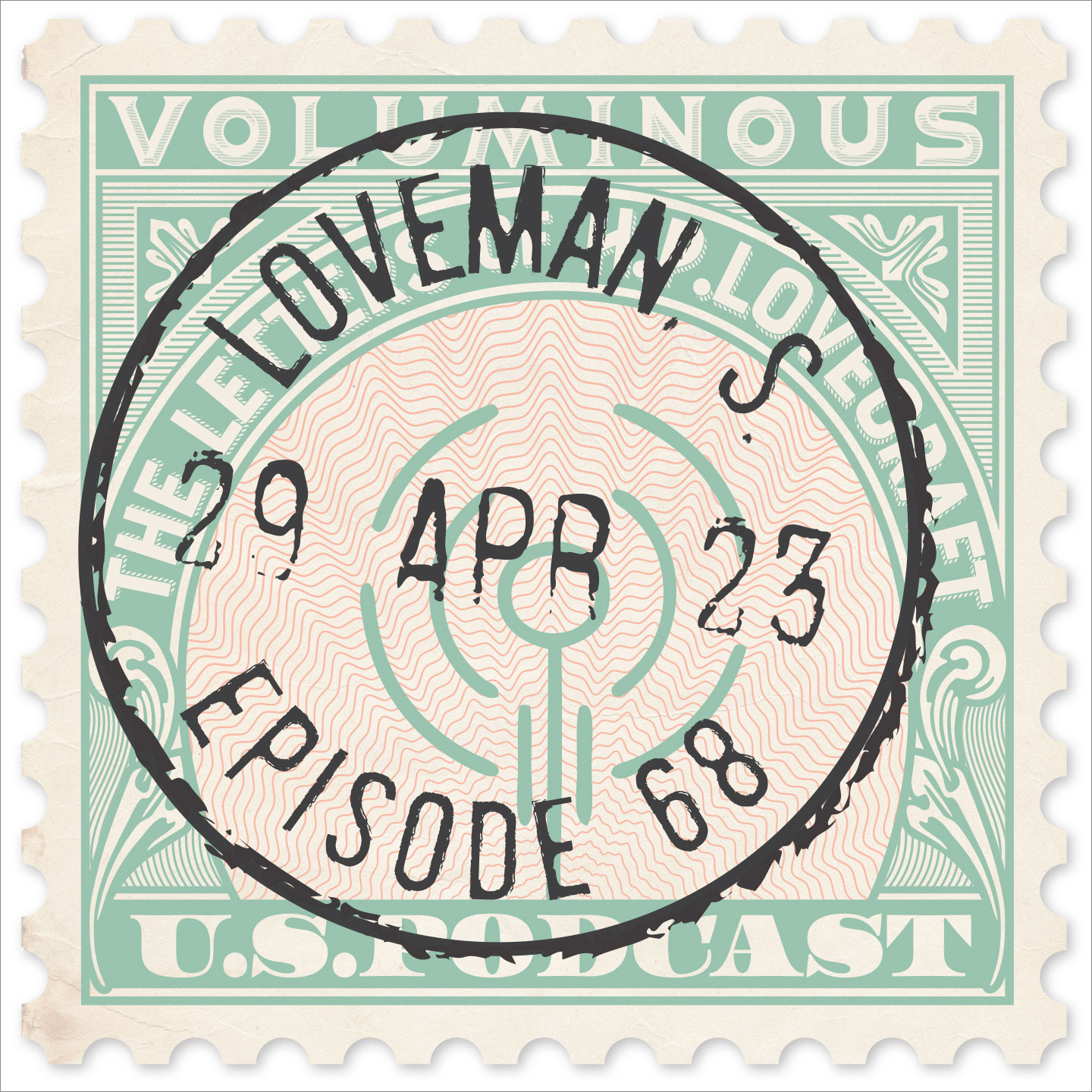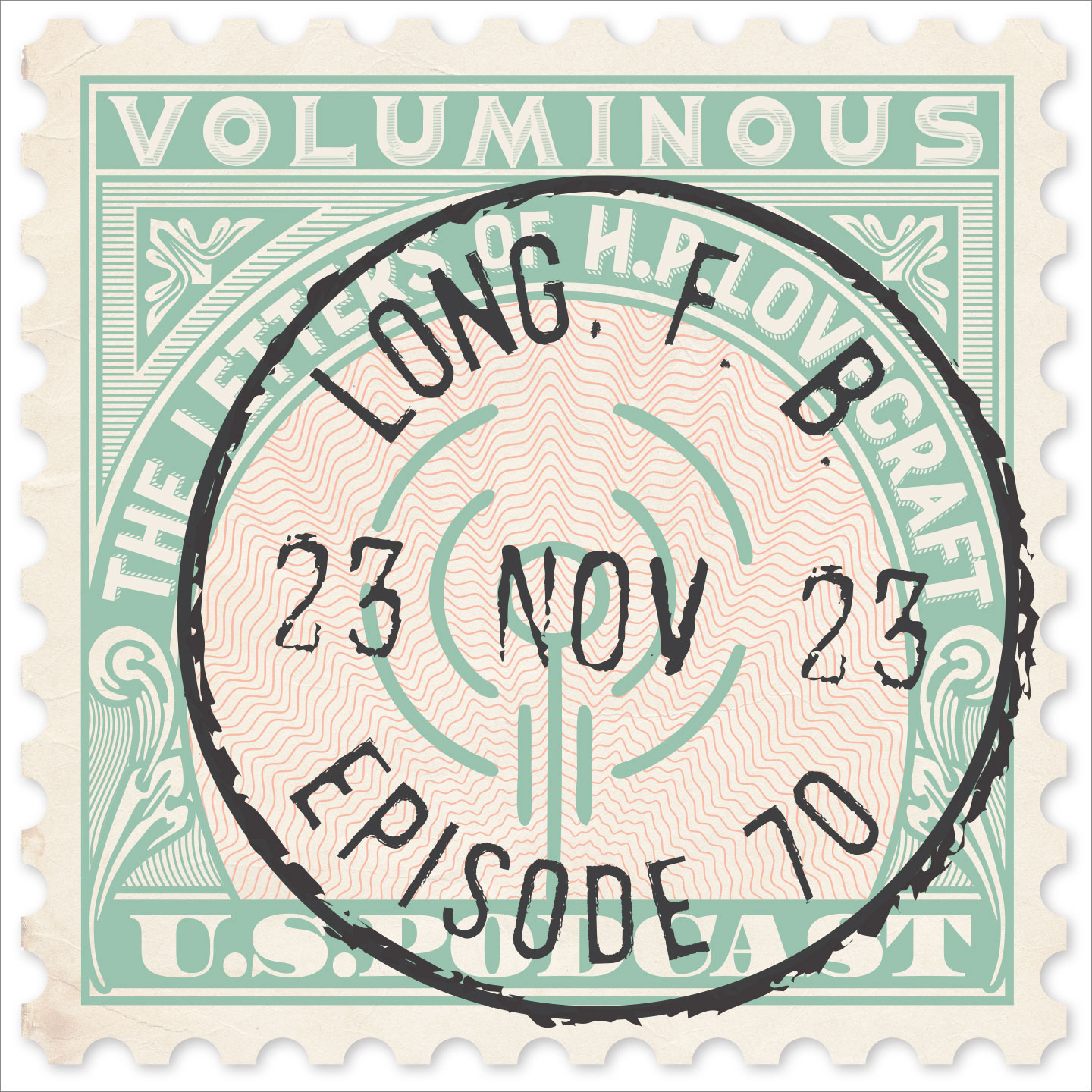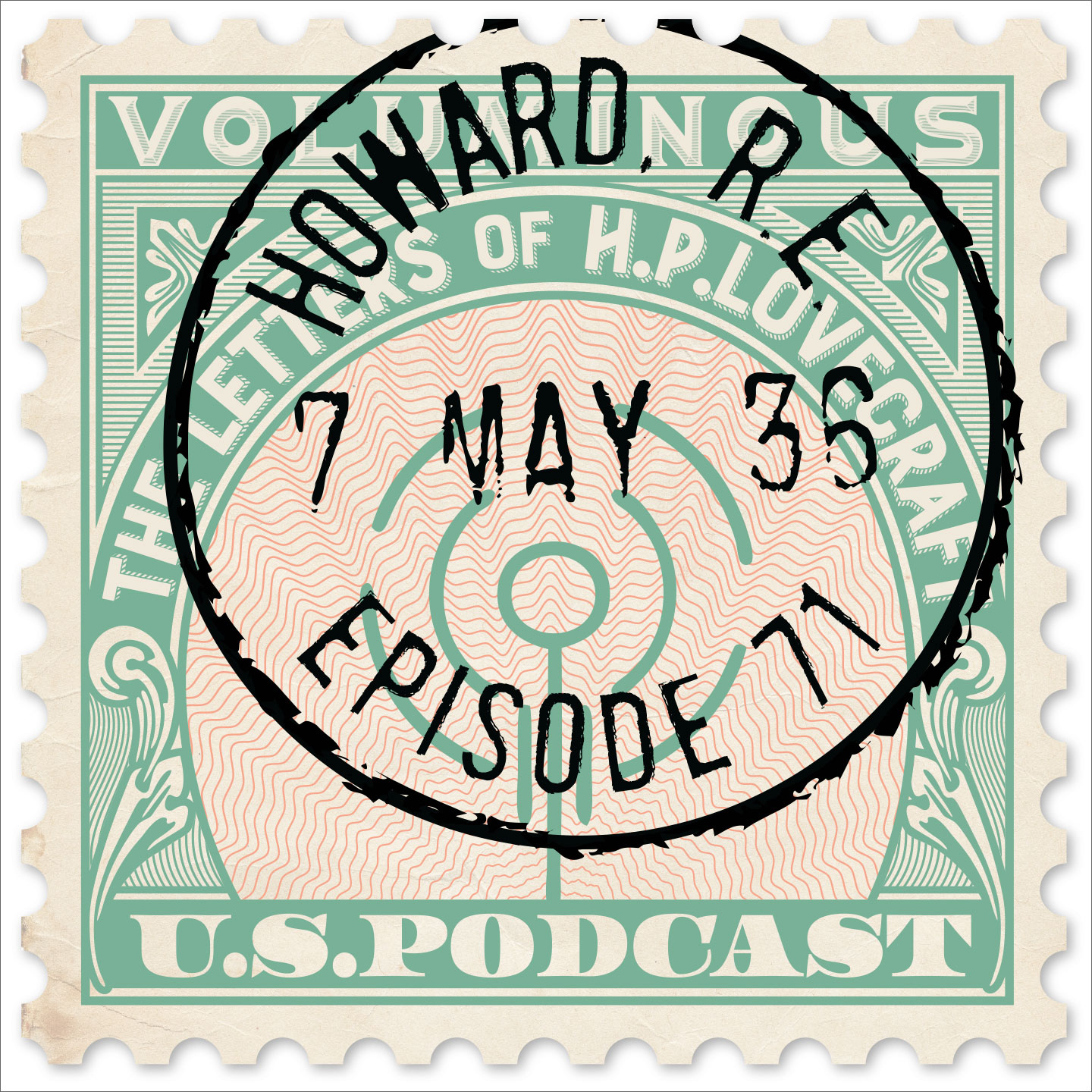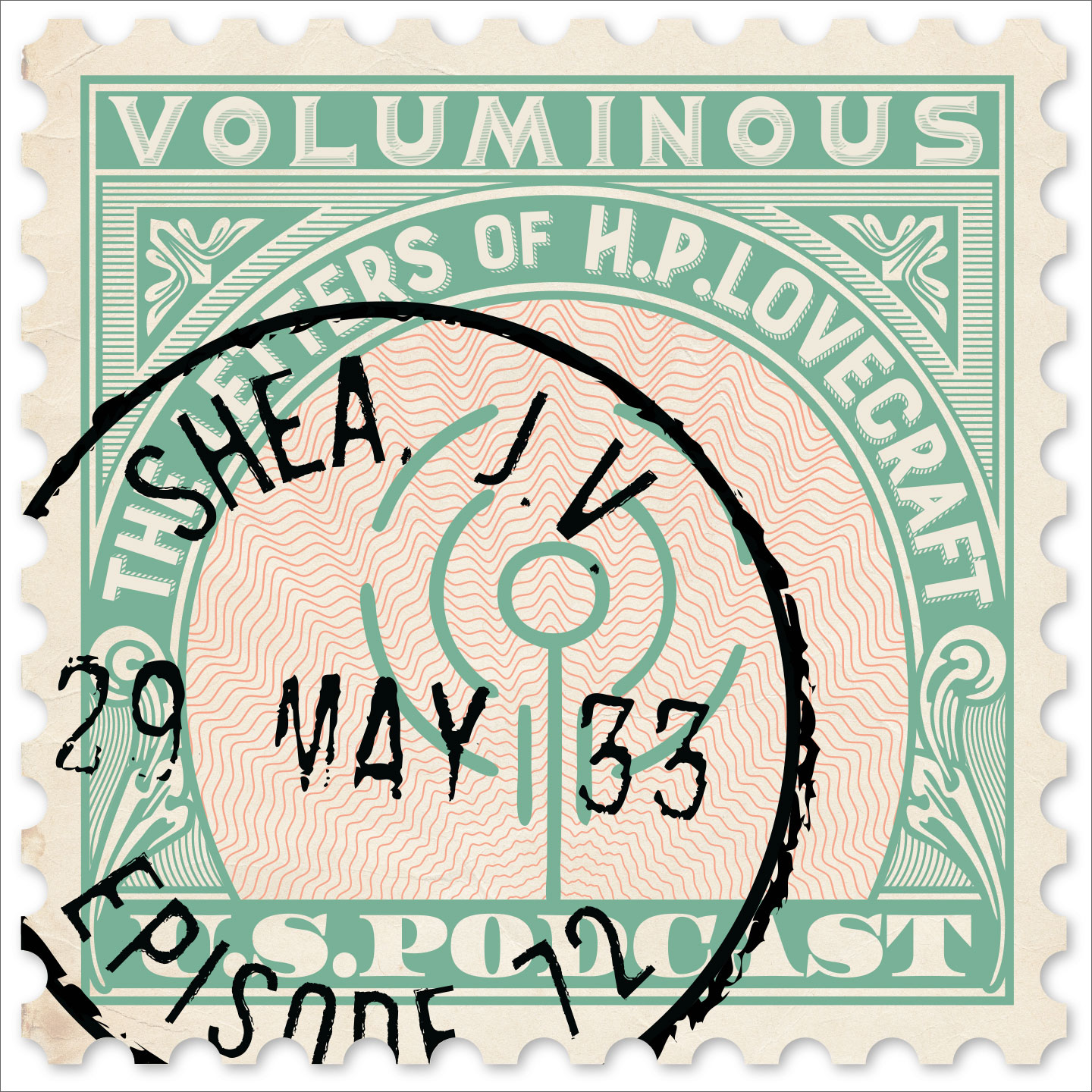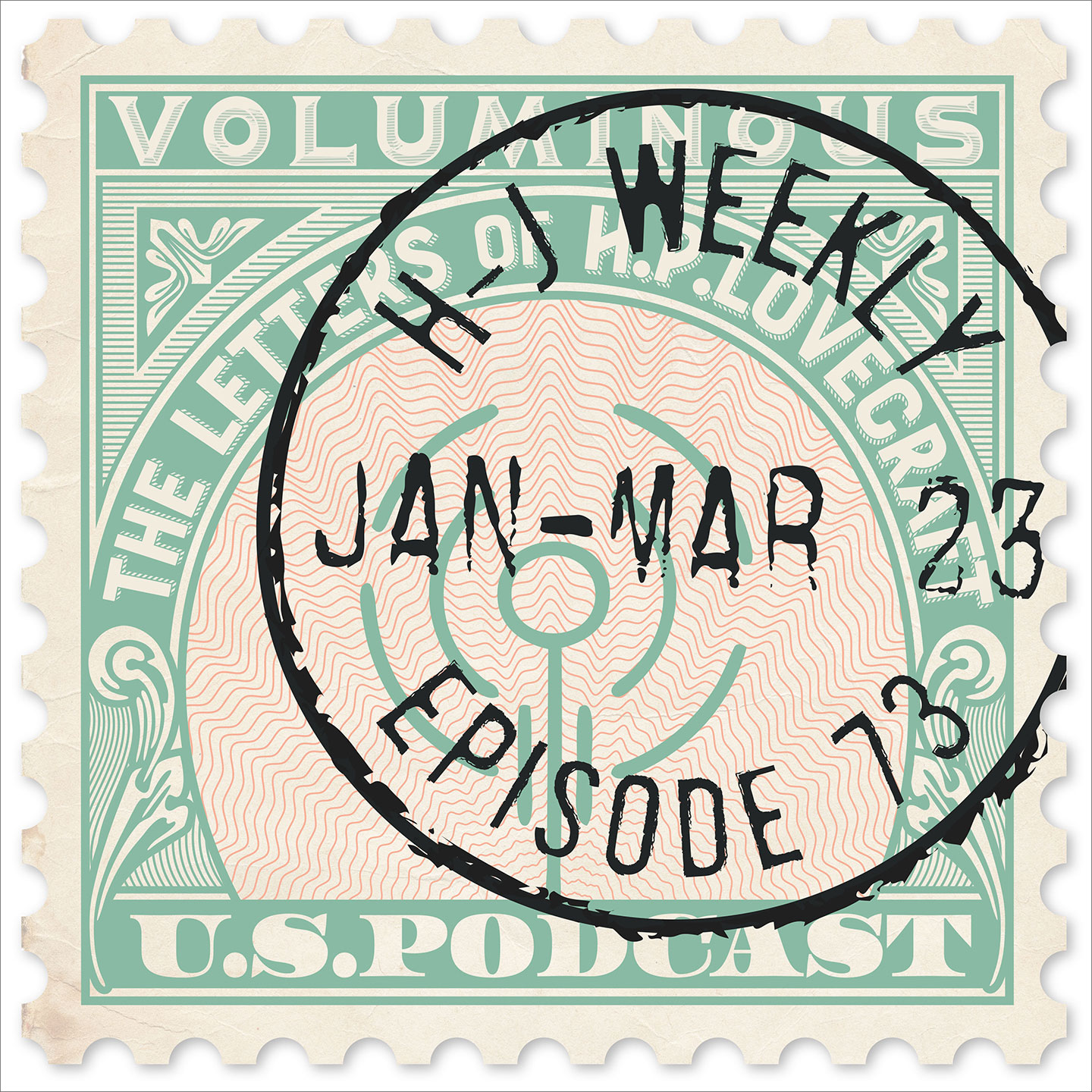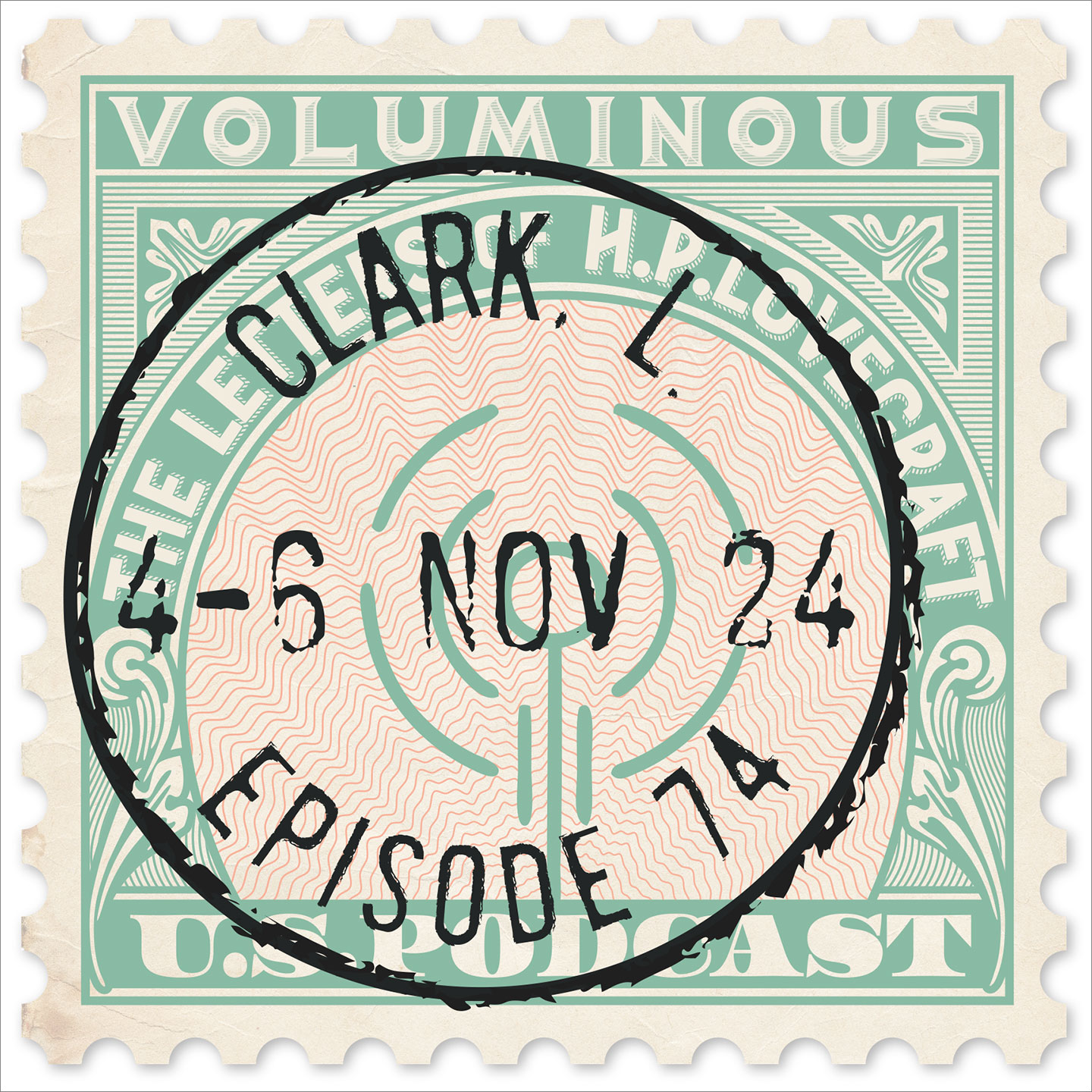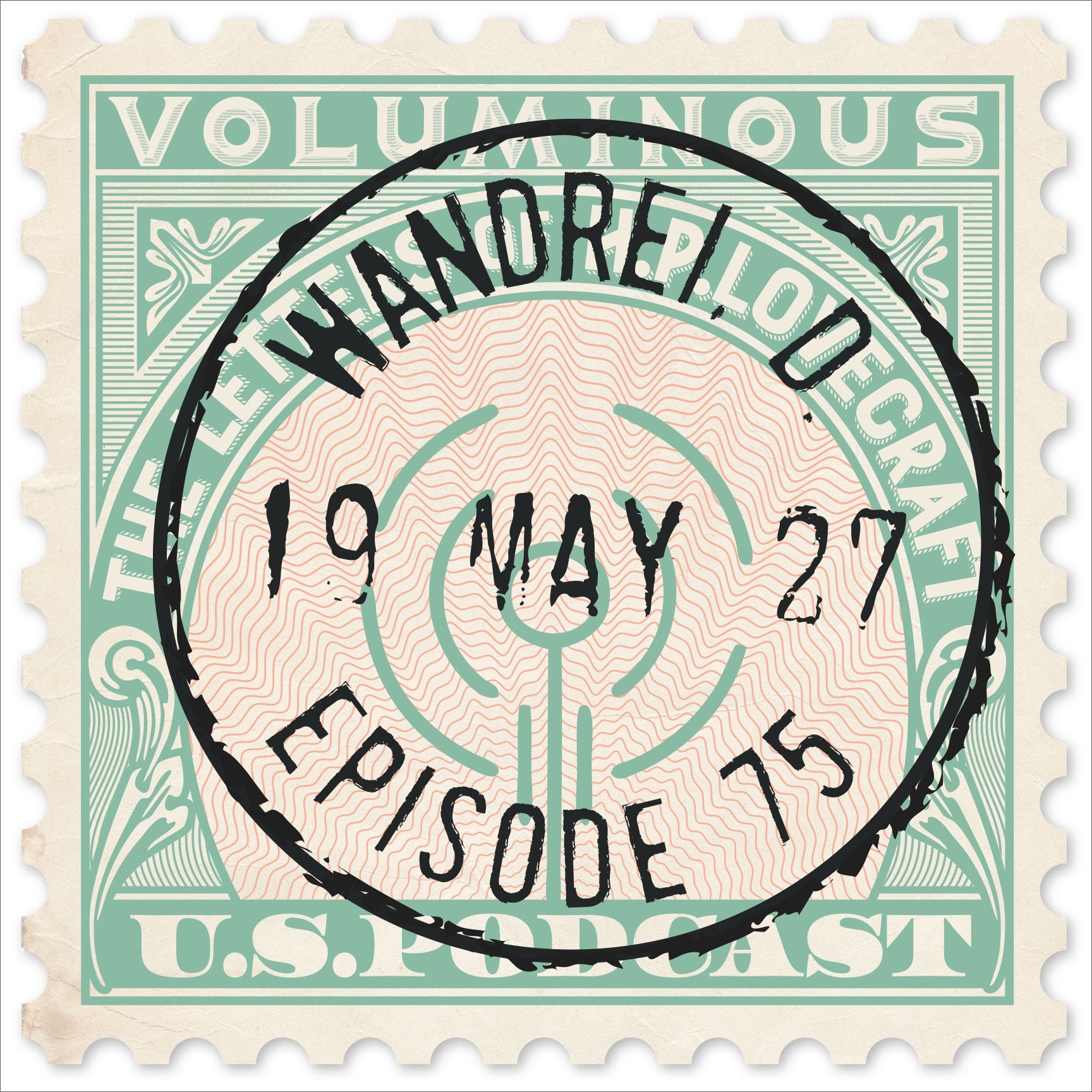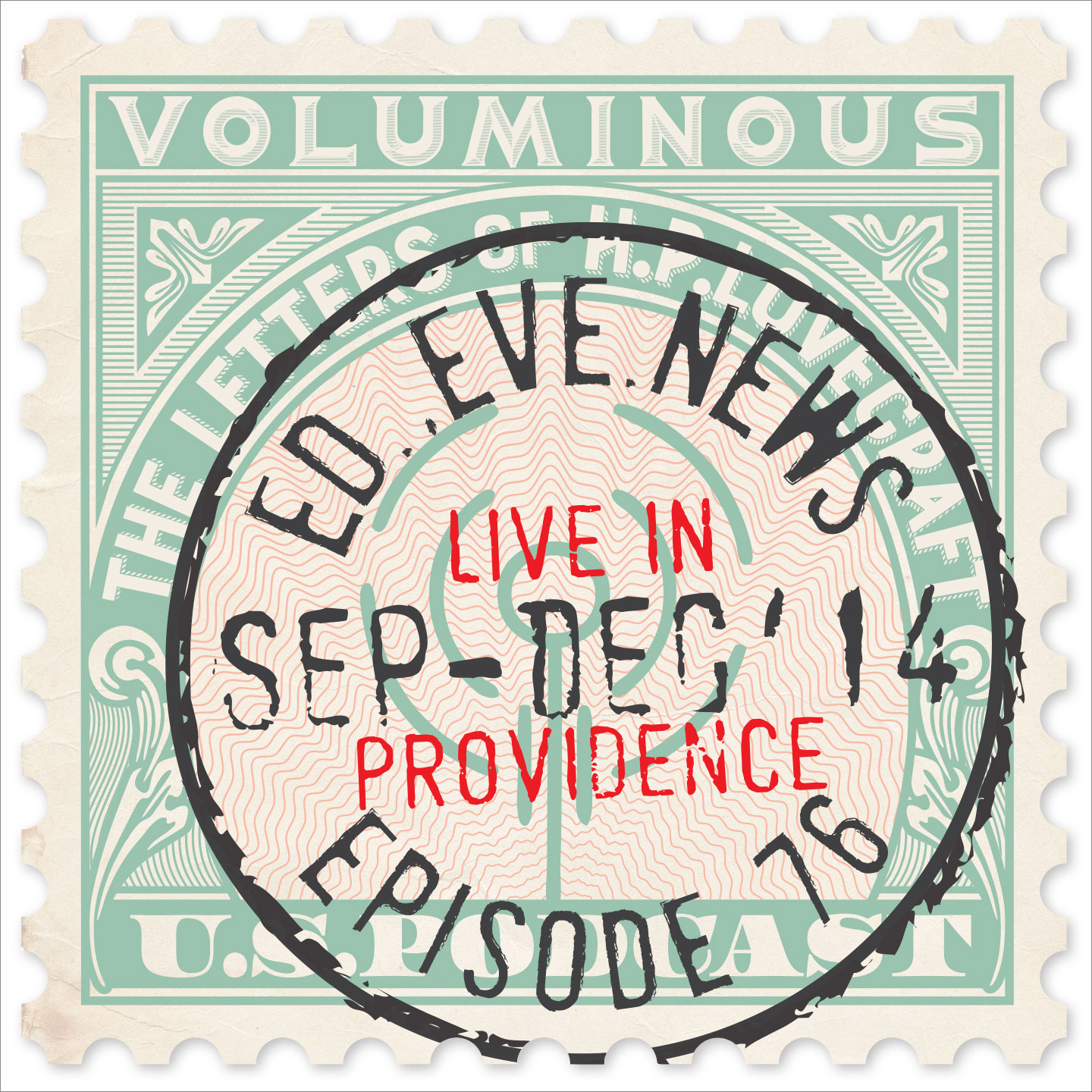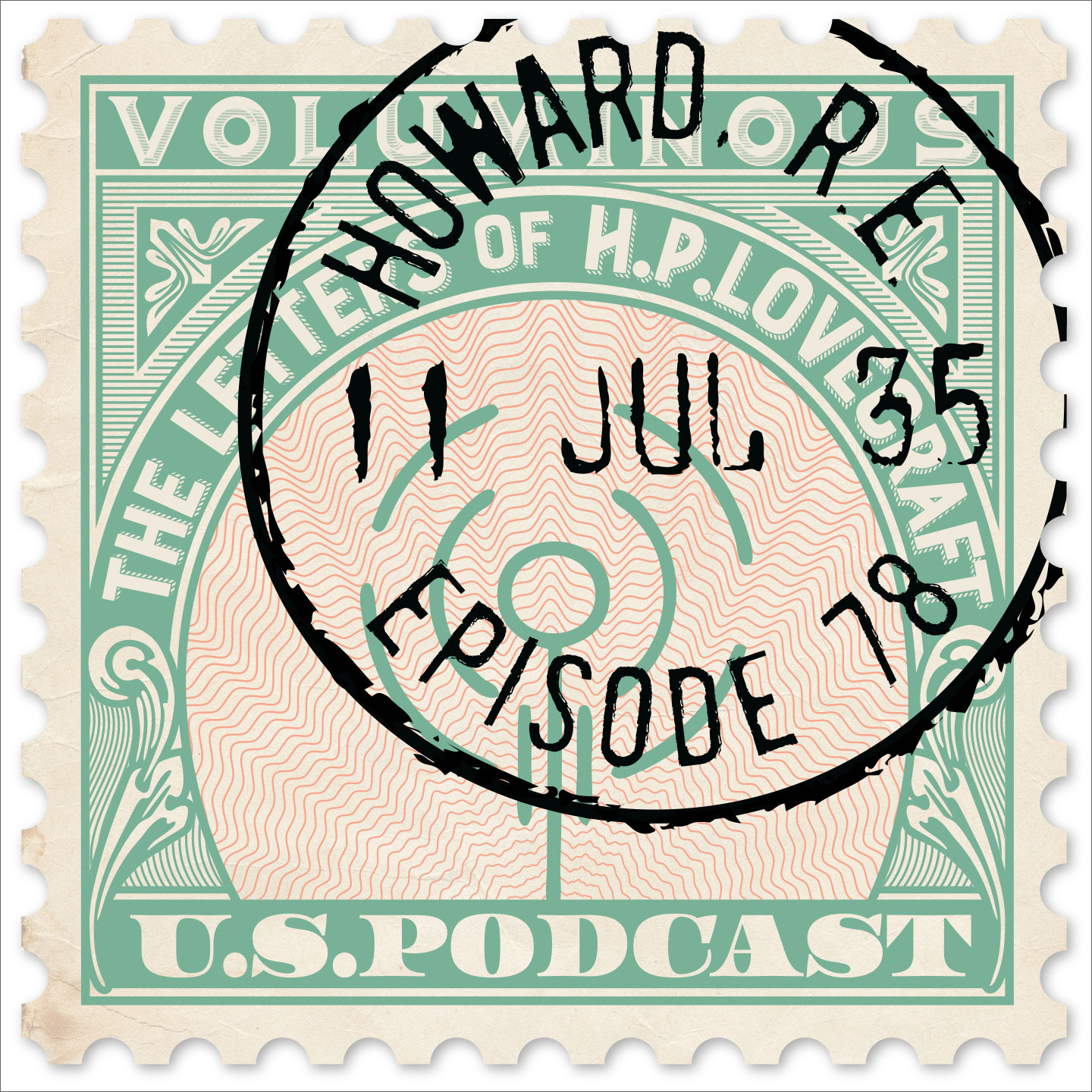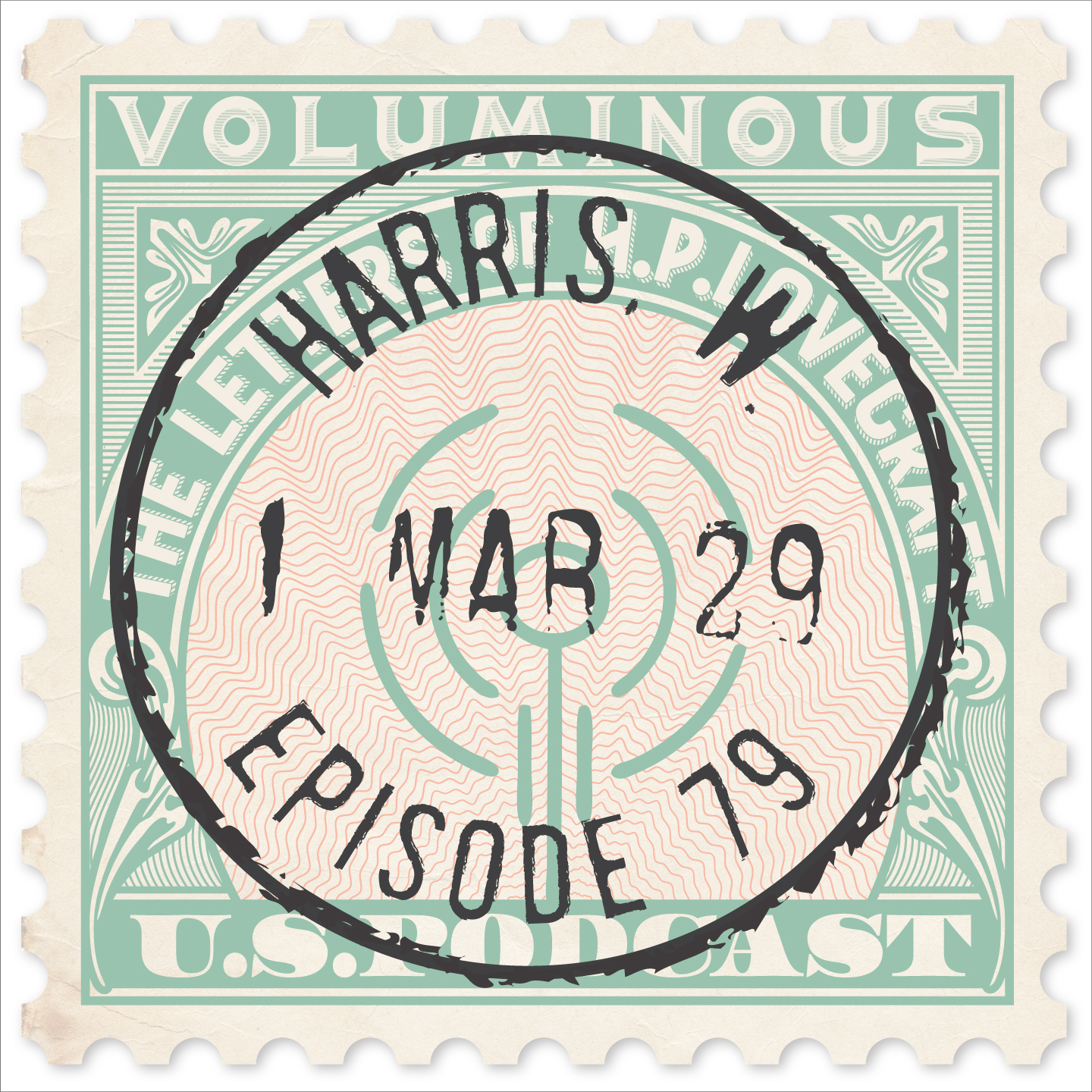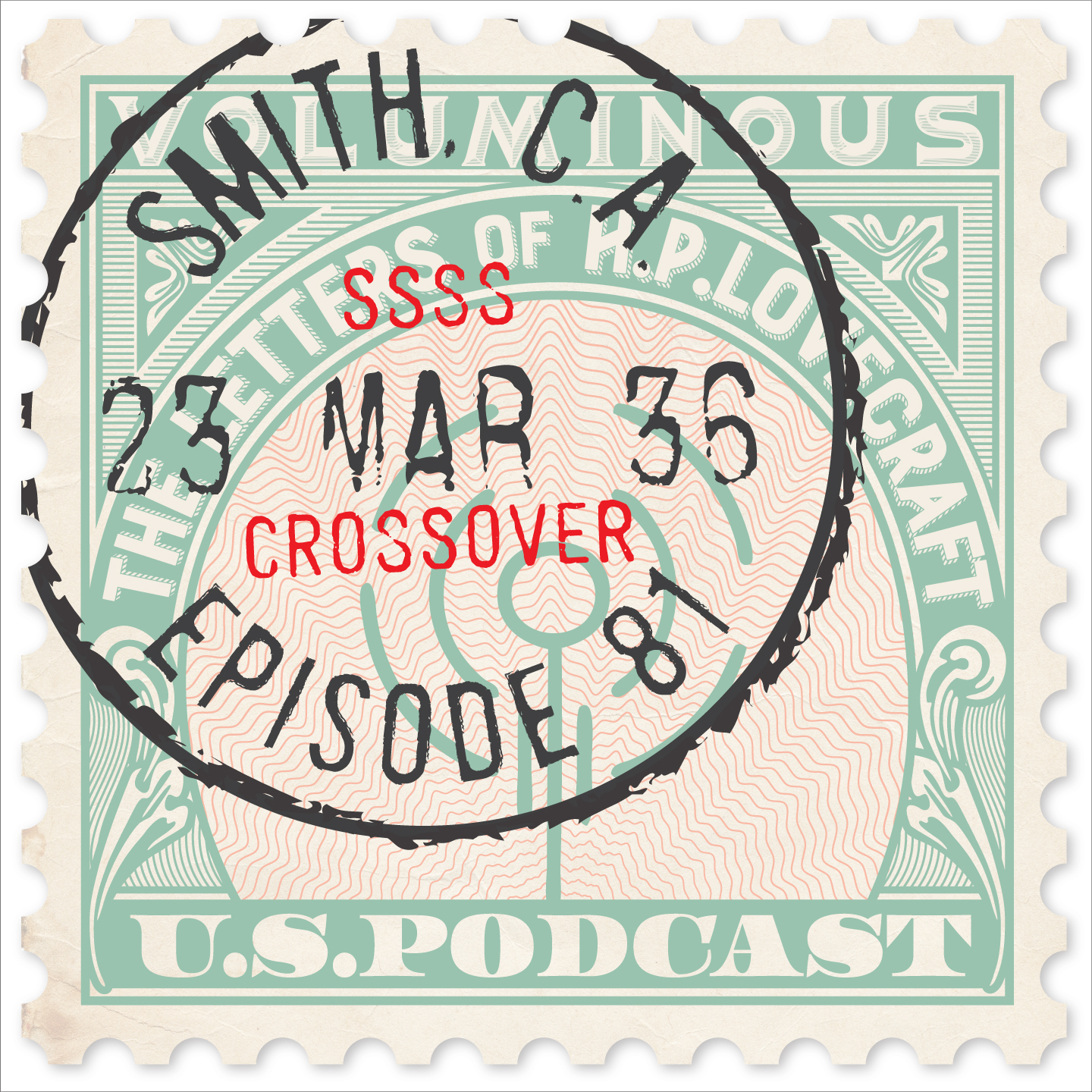
In addition to his classics of horror fiction, it is estimated that Lovecraft wrote 100,000 letters — or roughly 15 every day of his adult life — ranging from one-page diaries to seventy-page diatribes. Perhaps 20,000 of those letters have survived, in the hands of private collectors and at the John Hay Library in Providence.
In each episode of this podcast, we'll read one of these letters (or part of it) and then discuss it. In his letters HPL reveals an amazing breadth of knowledge of philosophy, science, history, literature, art and many other subjects, and forcefully asserts some highly considered opinions (some of which can be upsetting).
And of course his letters offer a fascinating window into his personal life and times. Although we've been working with Lovecraftian material for over 30 years, we still find interesting new things in his letters, and while we don't claim to be experts we look forward to sharing them with a wider audience.
You can subscribe via iTunes, Stitcher, Overcast, Spotify, or wherever you get podcasts! Or listen right here!
RSS Feed- Episode 12
- Posted January 12, 2020
Bimbos, Bozos and James F. Morton
At the suggestion of preëminent Lovecraft scholar S.T. Joshi, we read a letter to James Ferdinand Morton, Junior. Brimming with snappy 1920s slang, HPL's letter grapples with his ideas on writing, creativity and the best ways to get your kicks. Lamp it!
Music by Troy Sterling Nies. Transcript by Olivier Decker.
Special thanks to S.T. Joshi and to Hippocampus Press for their book Letters to James F. Morton.
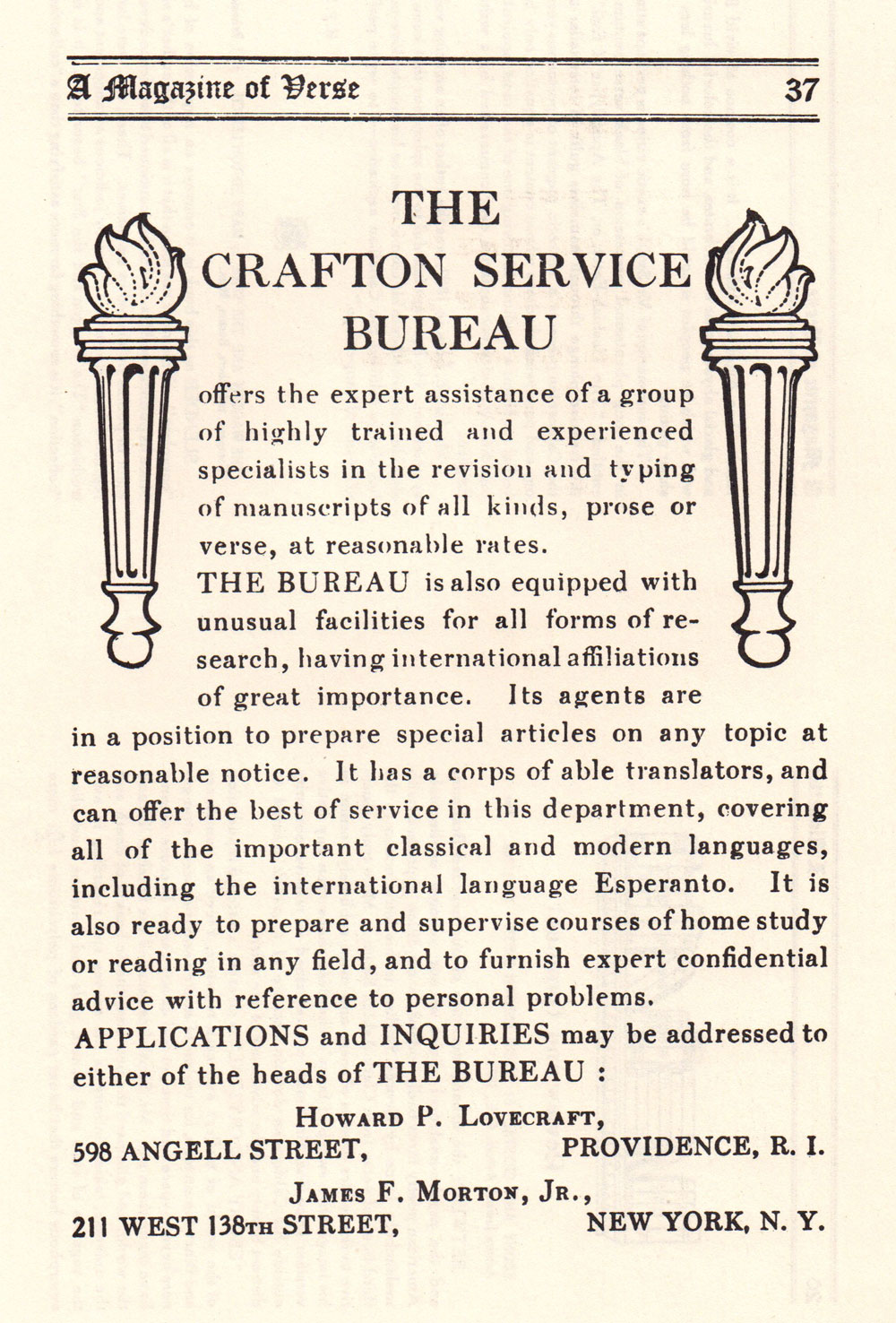
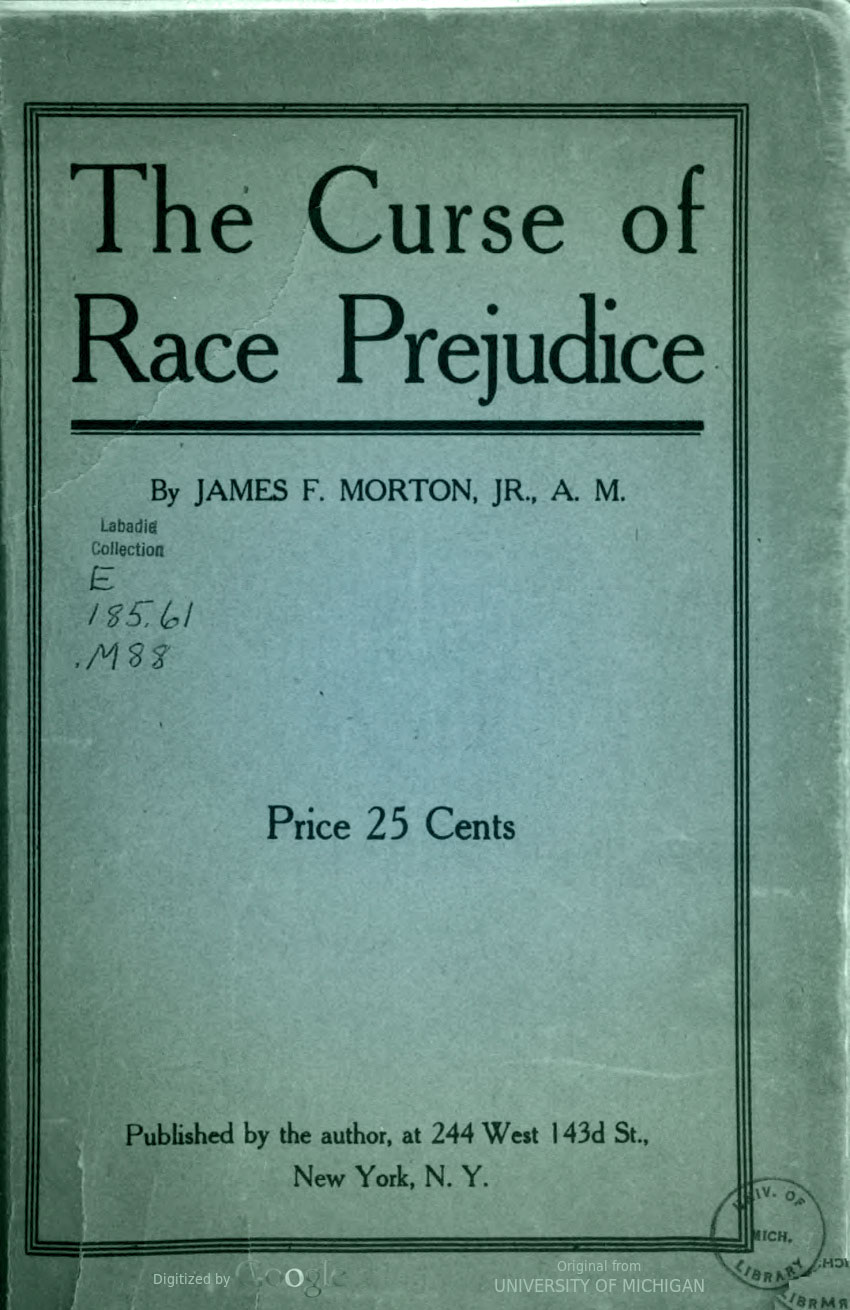 On the left is the ad for Lovecraft and Morton's ambitious joint venture, the Crafton Service Bureau, which appeared in an amateur journal called L'Alouette in September of 1924. On the right is the cover of Morton's book from 1906, "The Curse of Race Prejudice". You can read it online by clicking here.
On the left is the ad for Lovecraft and Morton's ambitious joint venture, the Crafton Service Bureau, which appeared in an amateur journal called L'Alouette in September of 1924. On the right is the cover of Morton's book from 1906, "The Curse of Race Prejudice". You can read it online by clicking here.
Lovecraft mentions "Harry Emerson Fosdickism" in this letter. Fosdick was a liberal Protestant minister at the center of the Fundamentalist/Modernist controversy in the 1920s.
He also mentions the "Chiltern Hundreds". Although we don't have the article from the Christian Science Monitor that HPL sent to Morton, it might have explained how British politicians used the Chiltern Hundreds as a backdoor way of resigning from Parliament.
